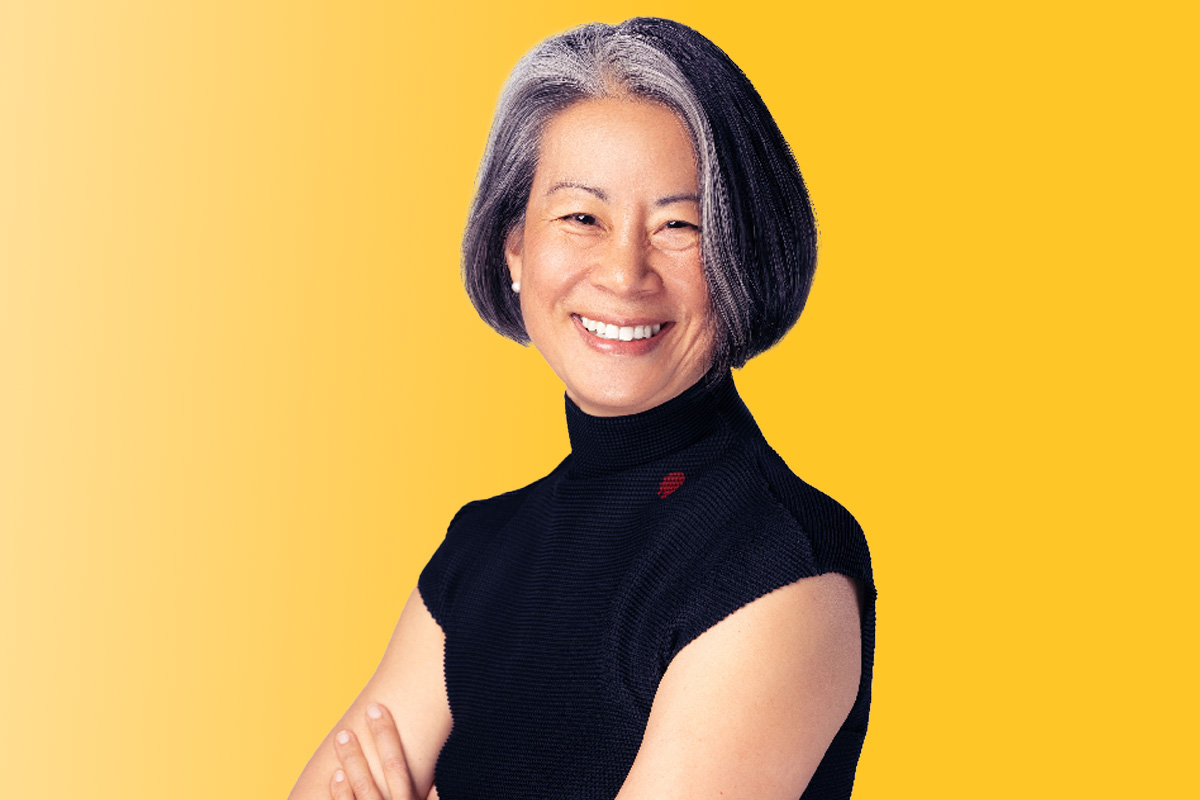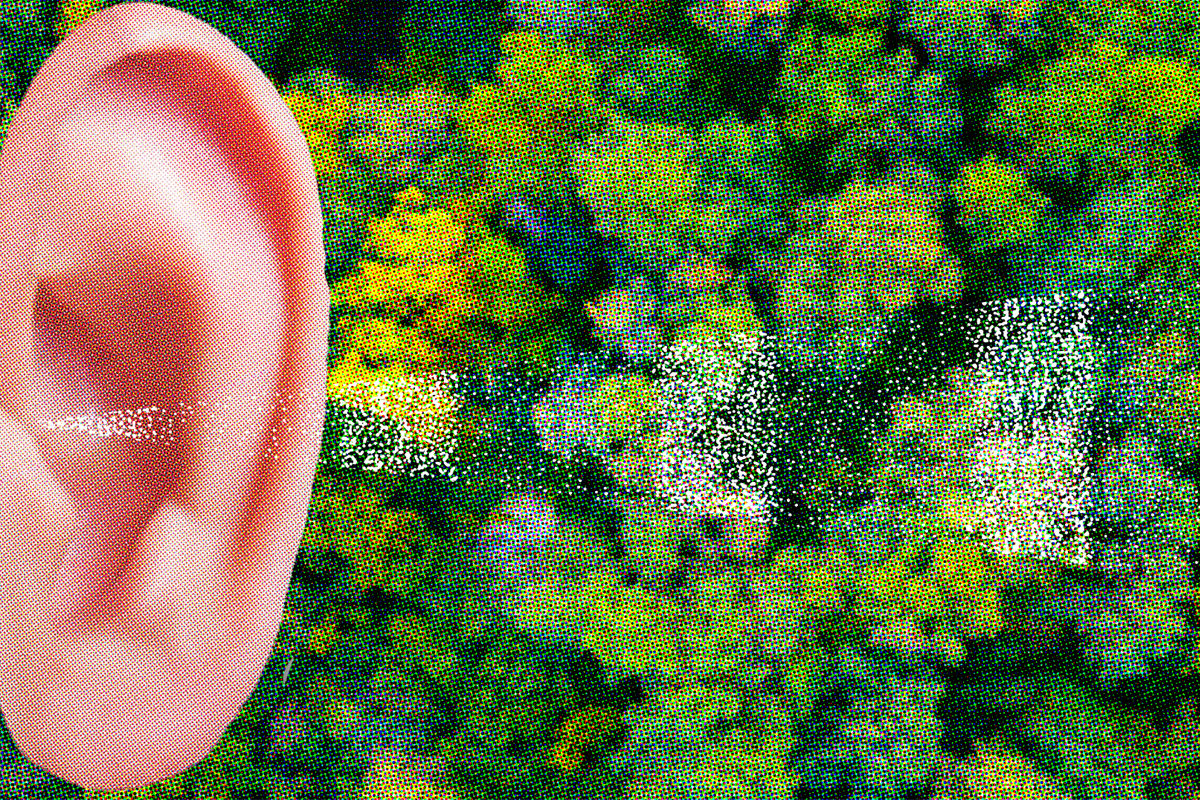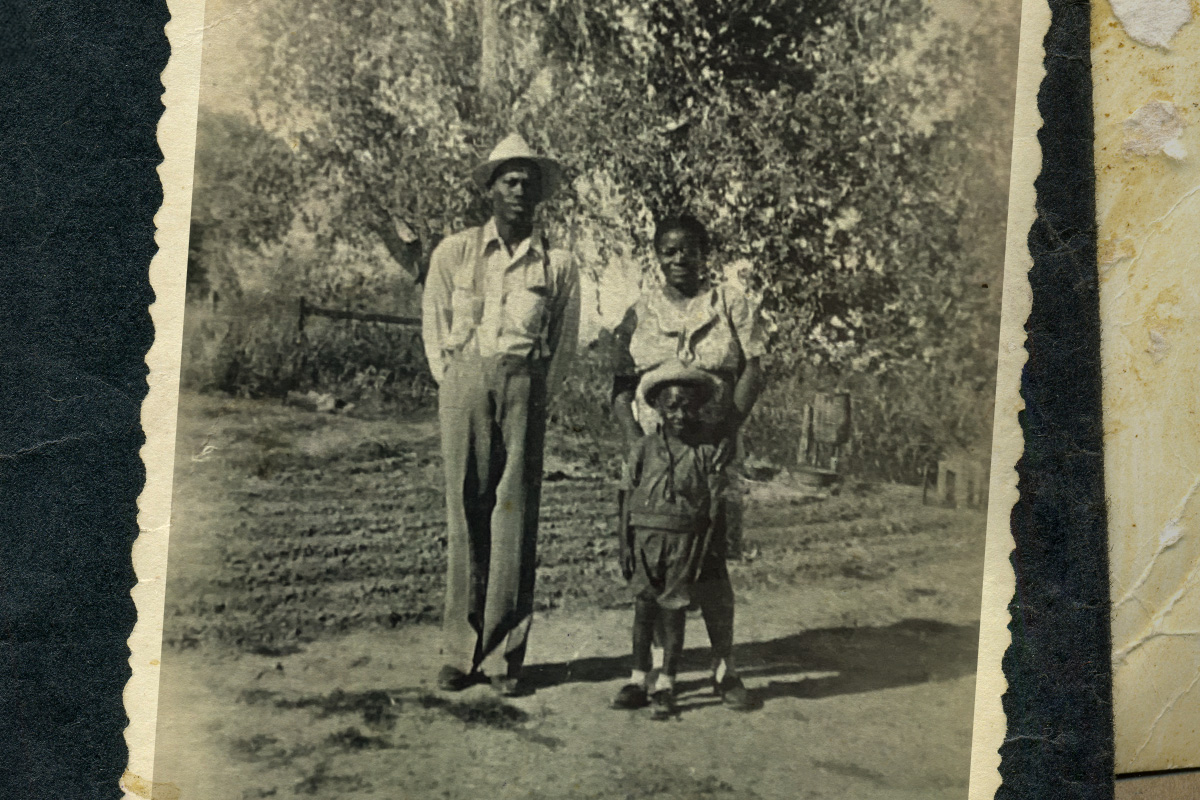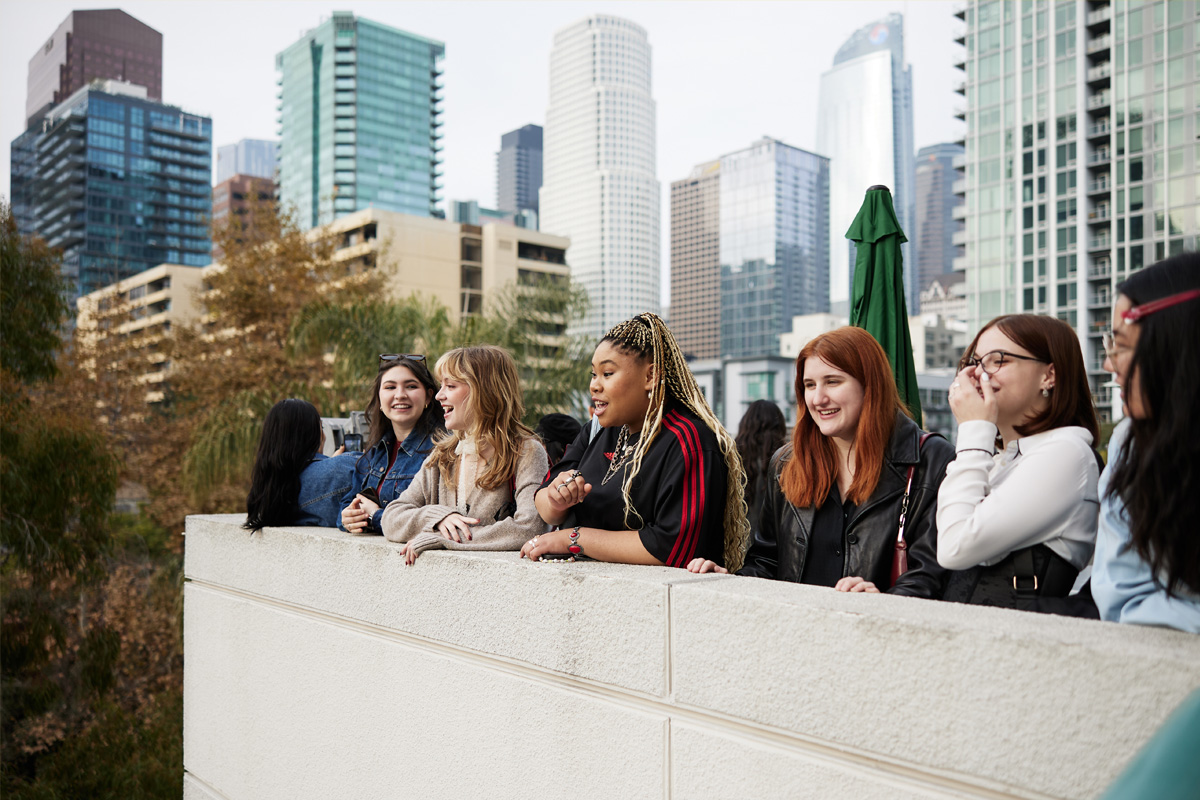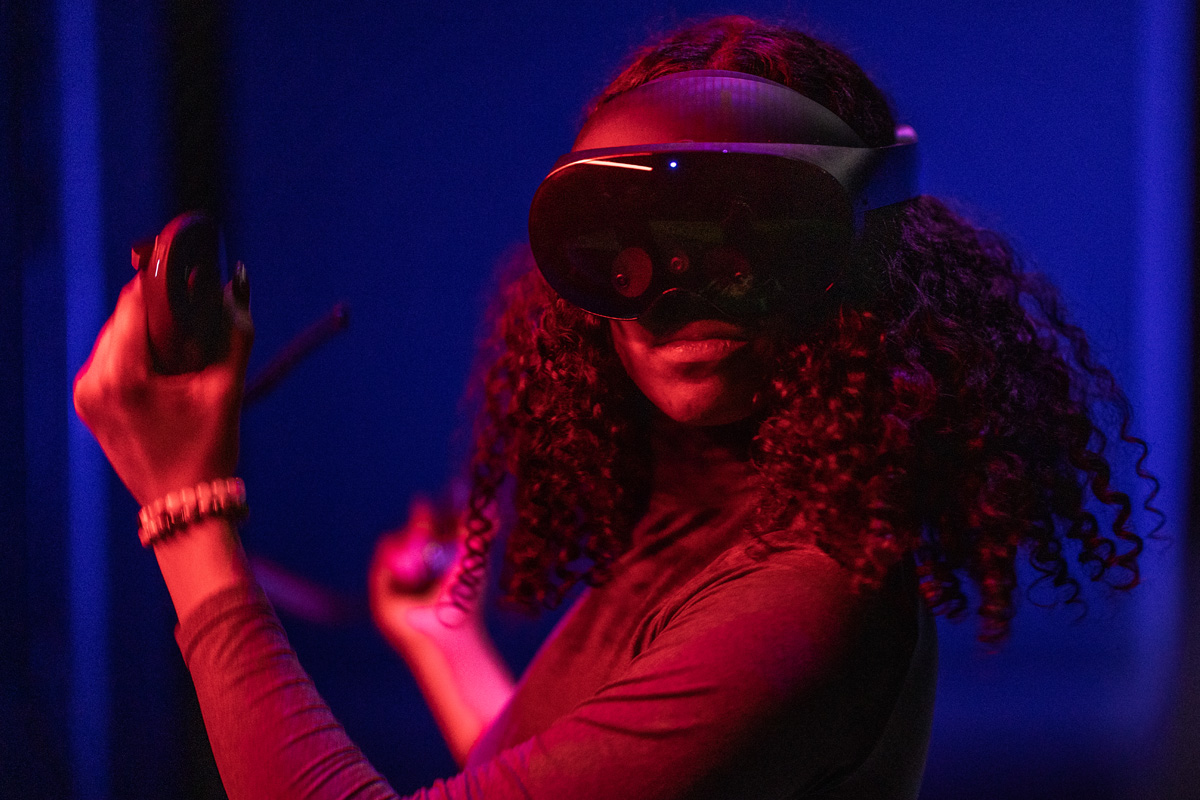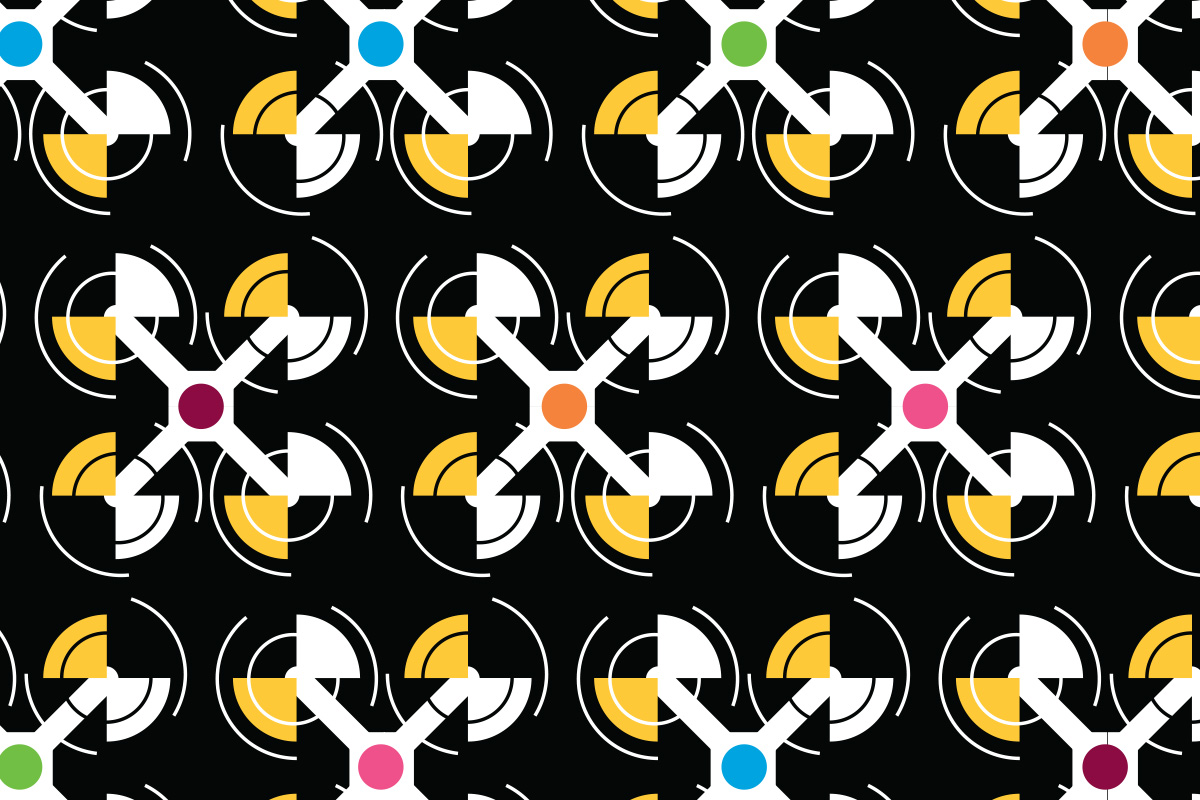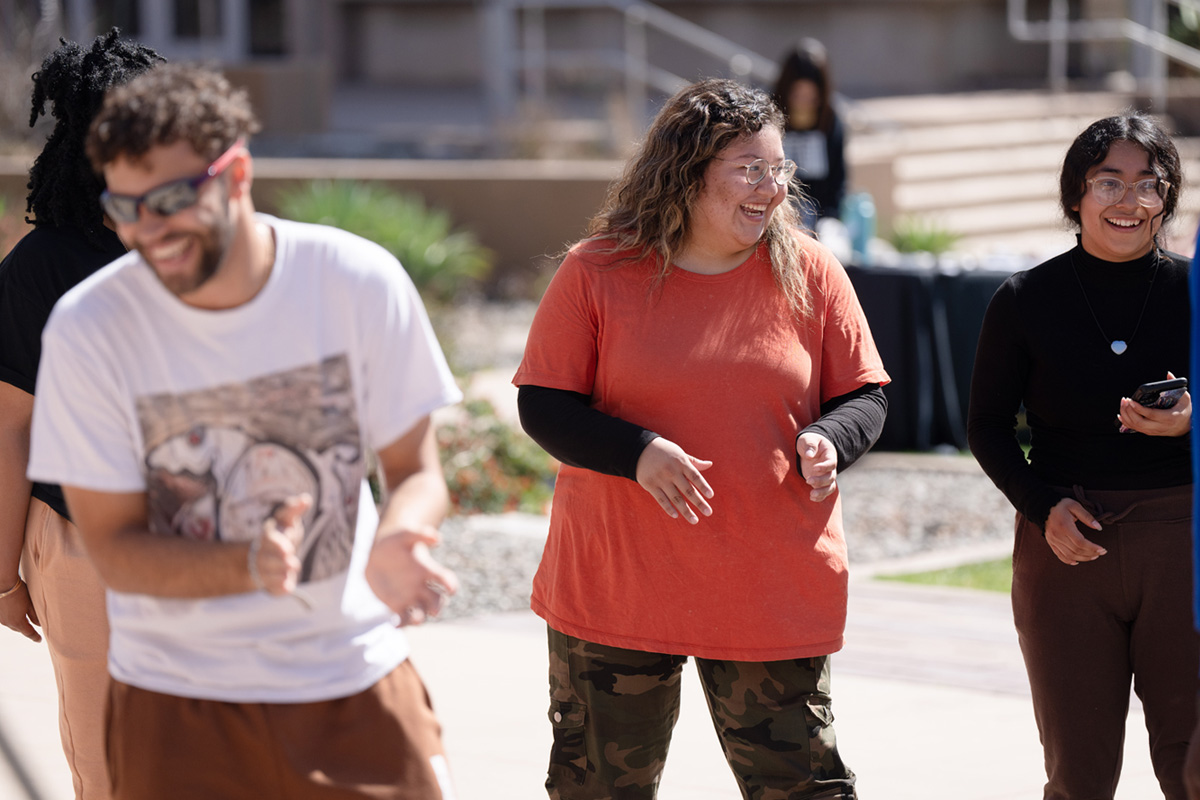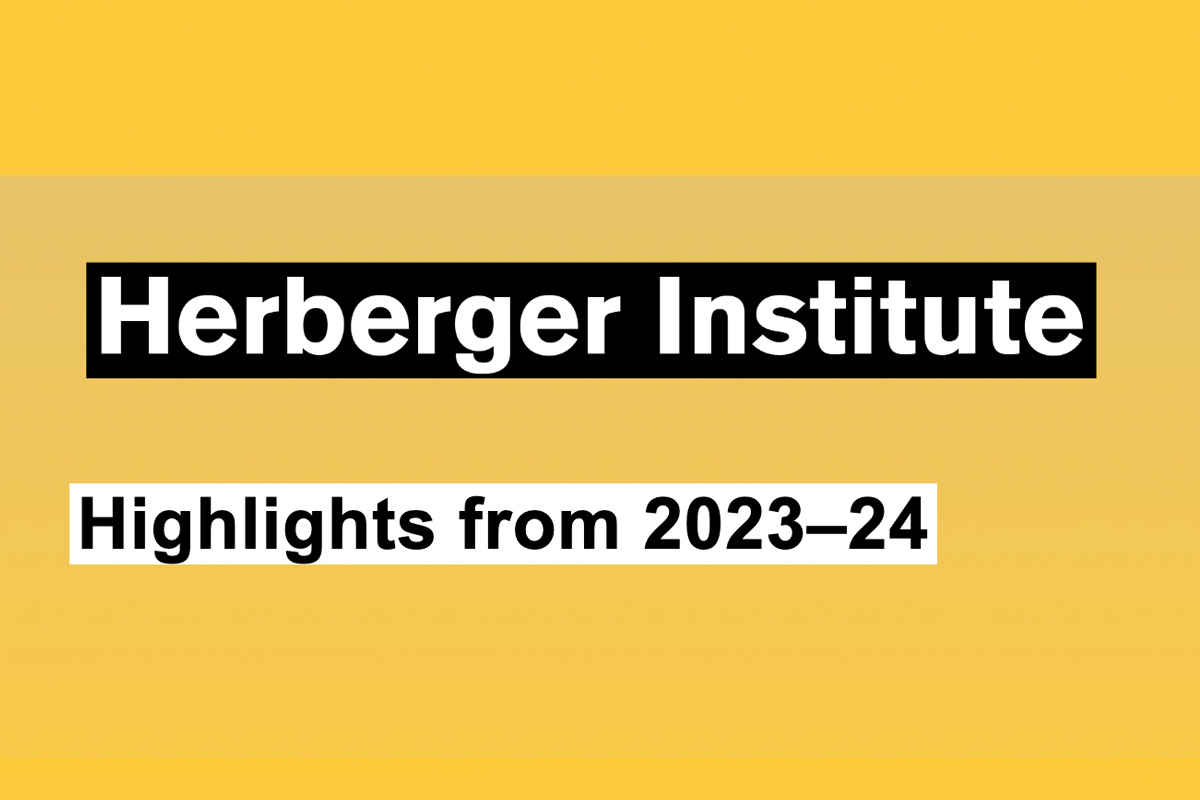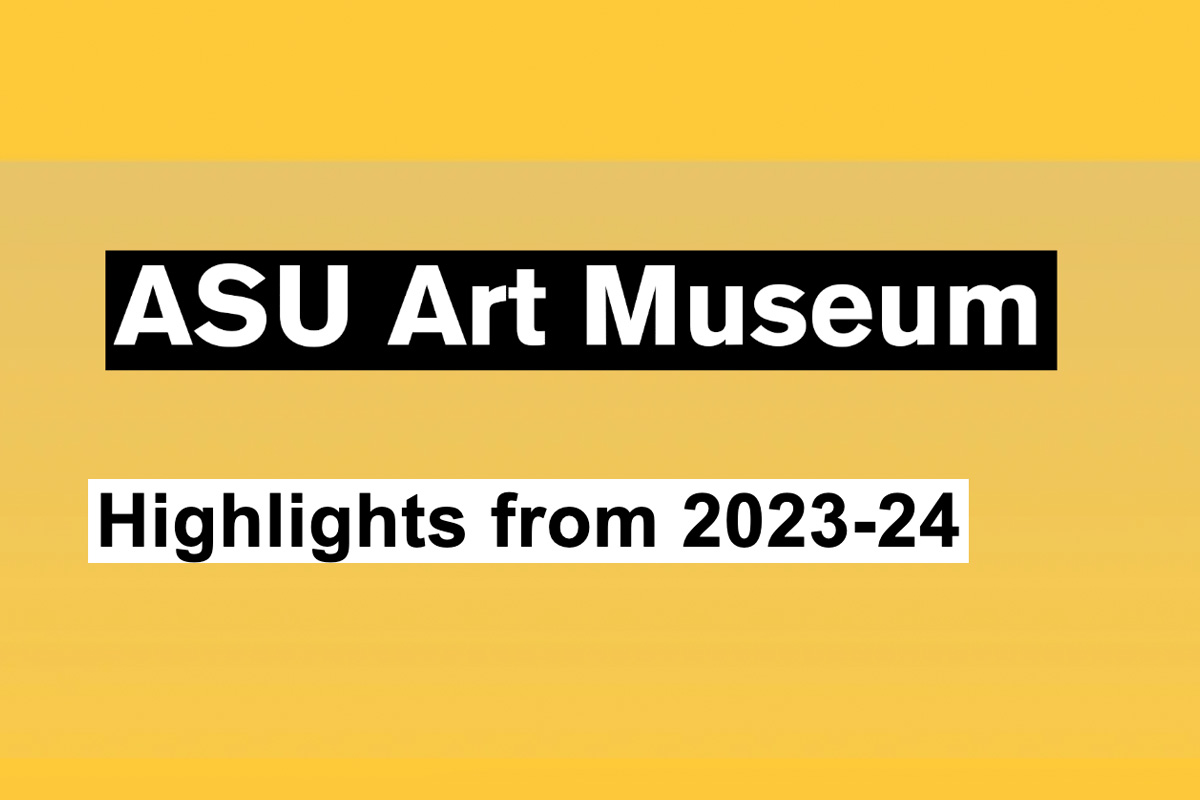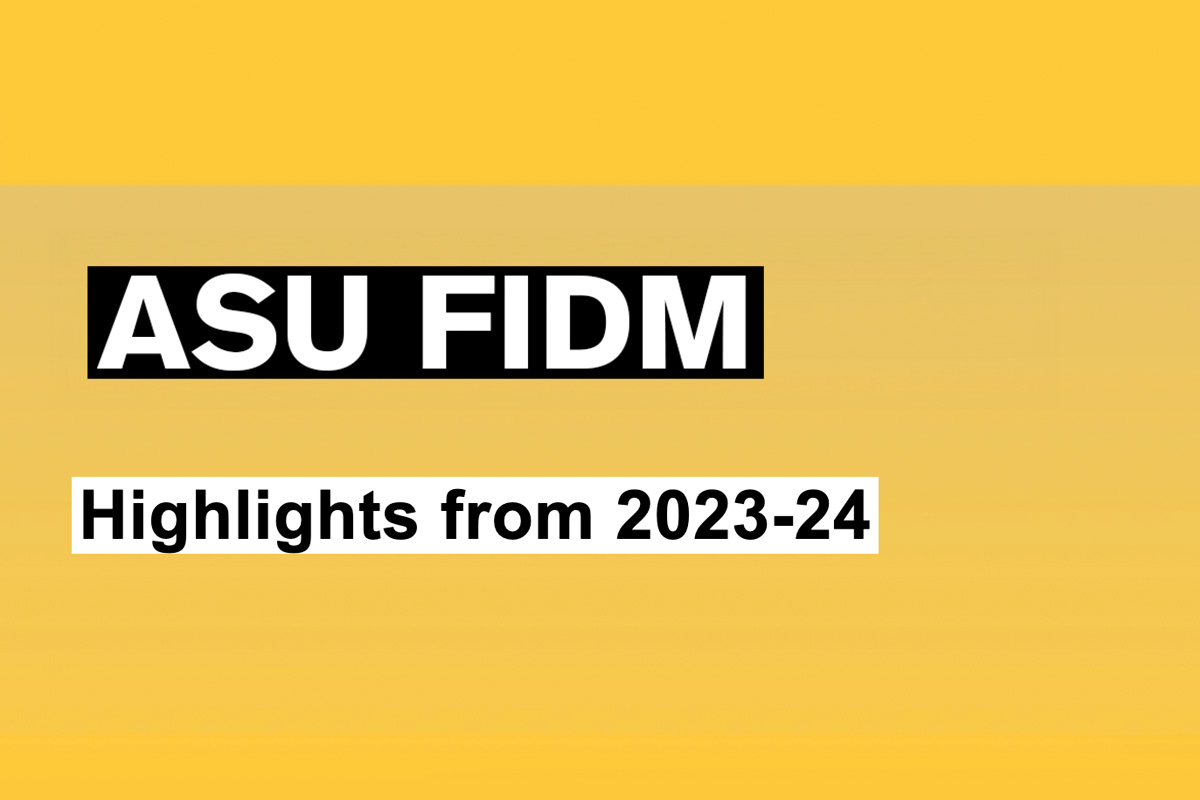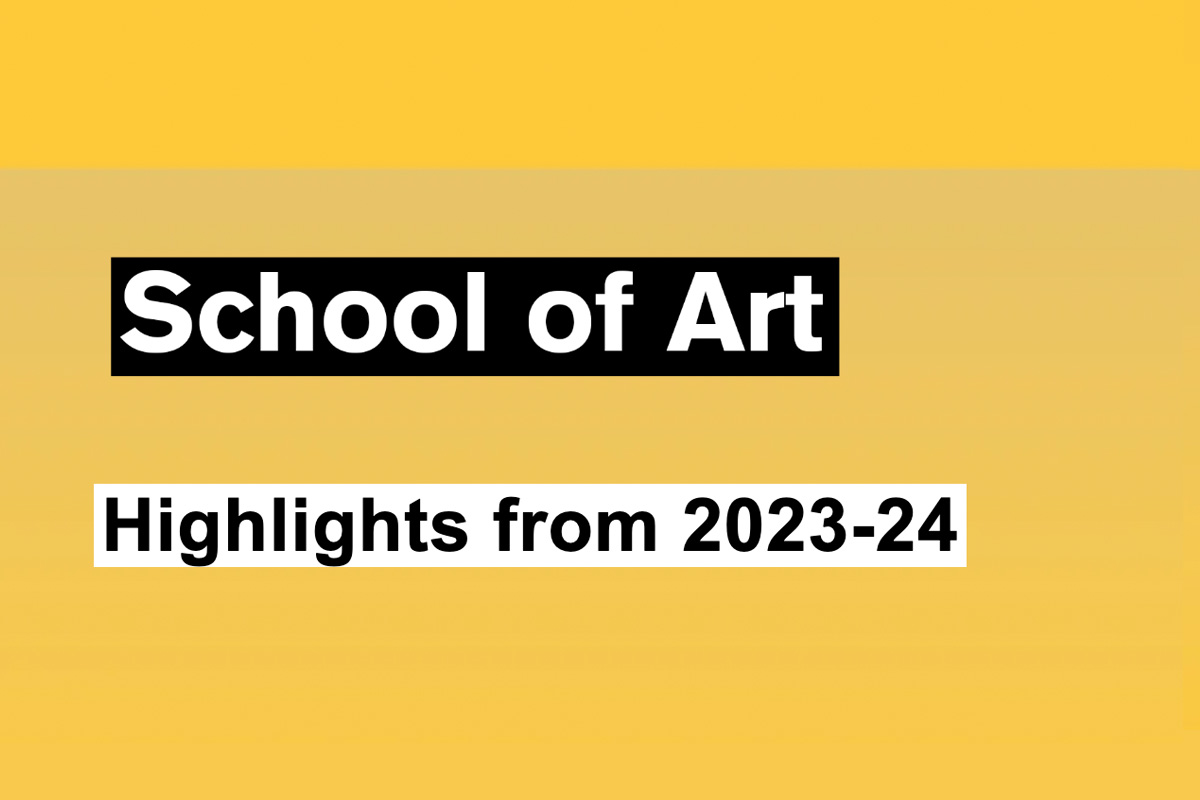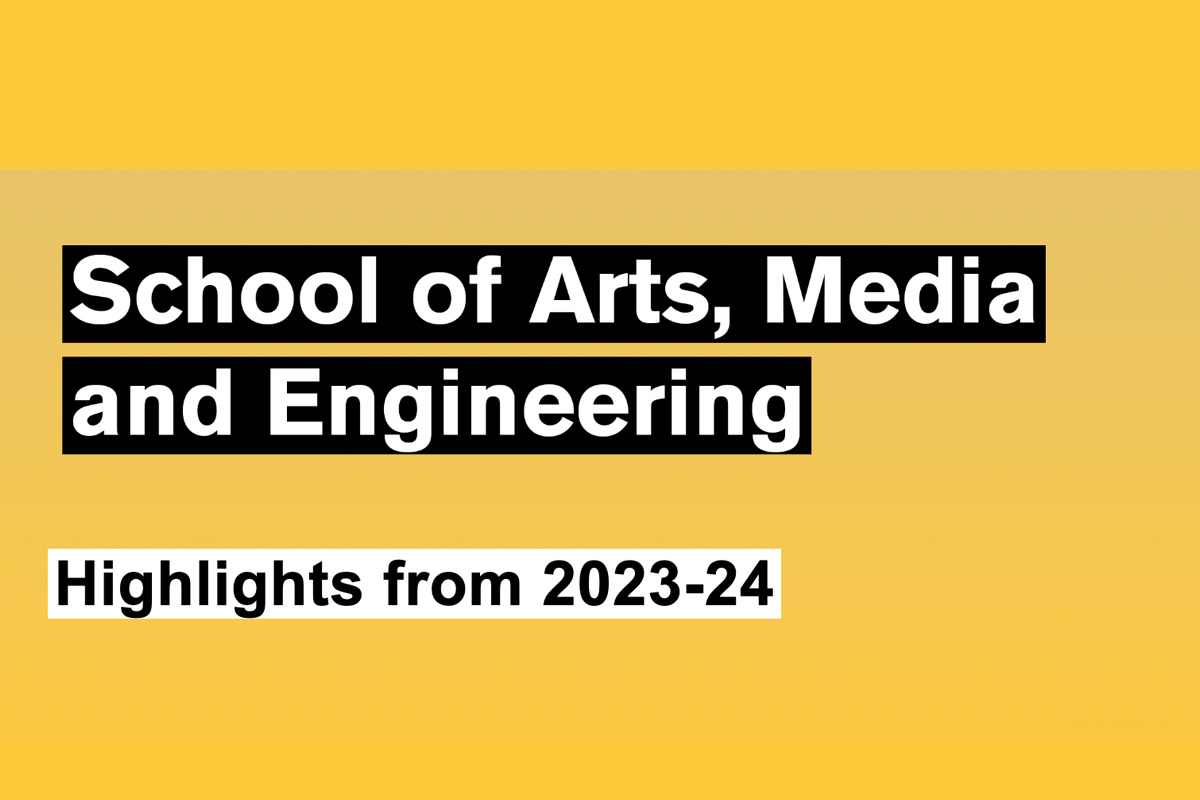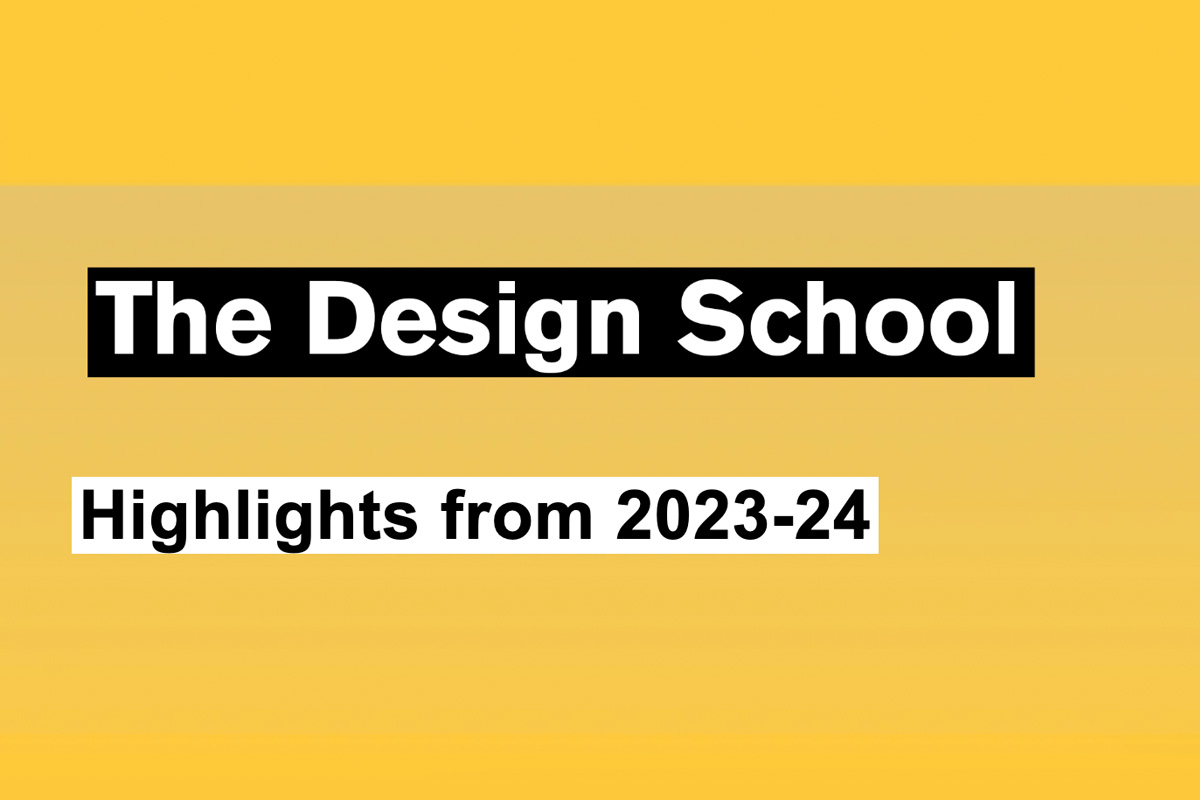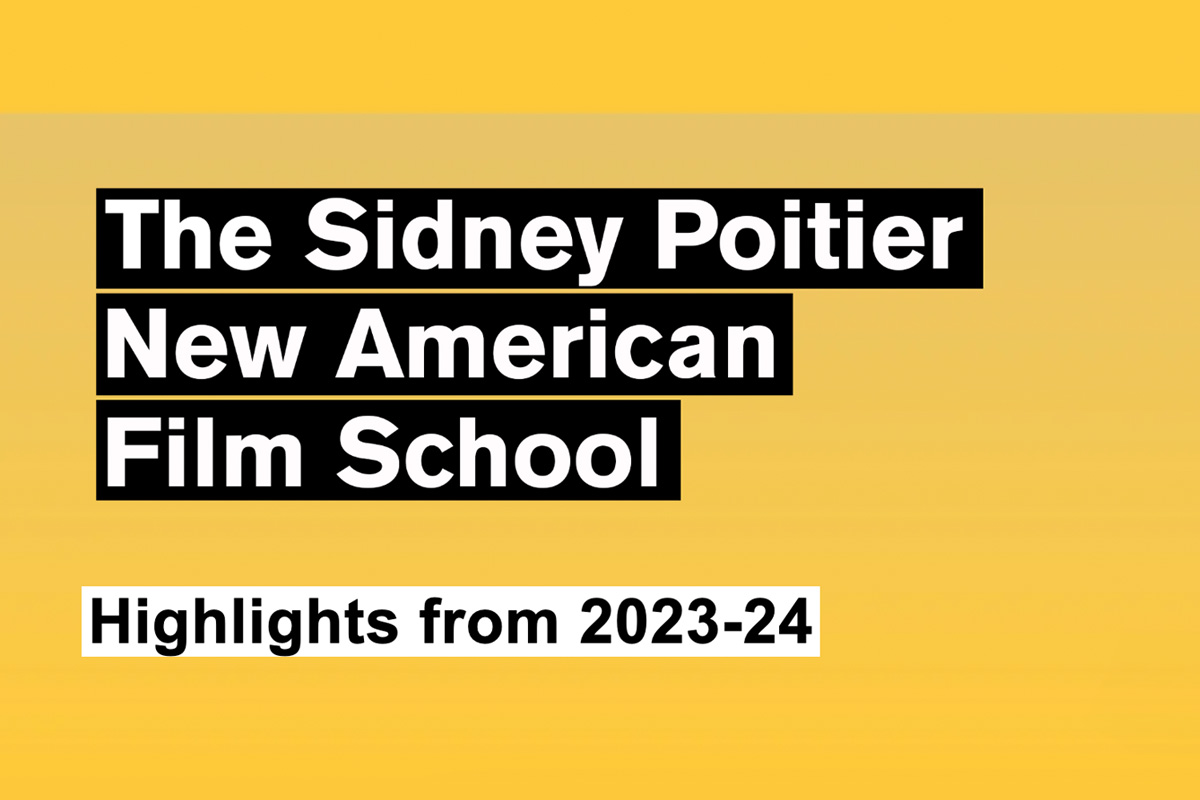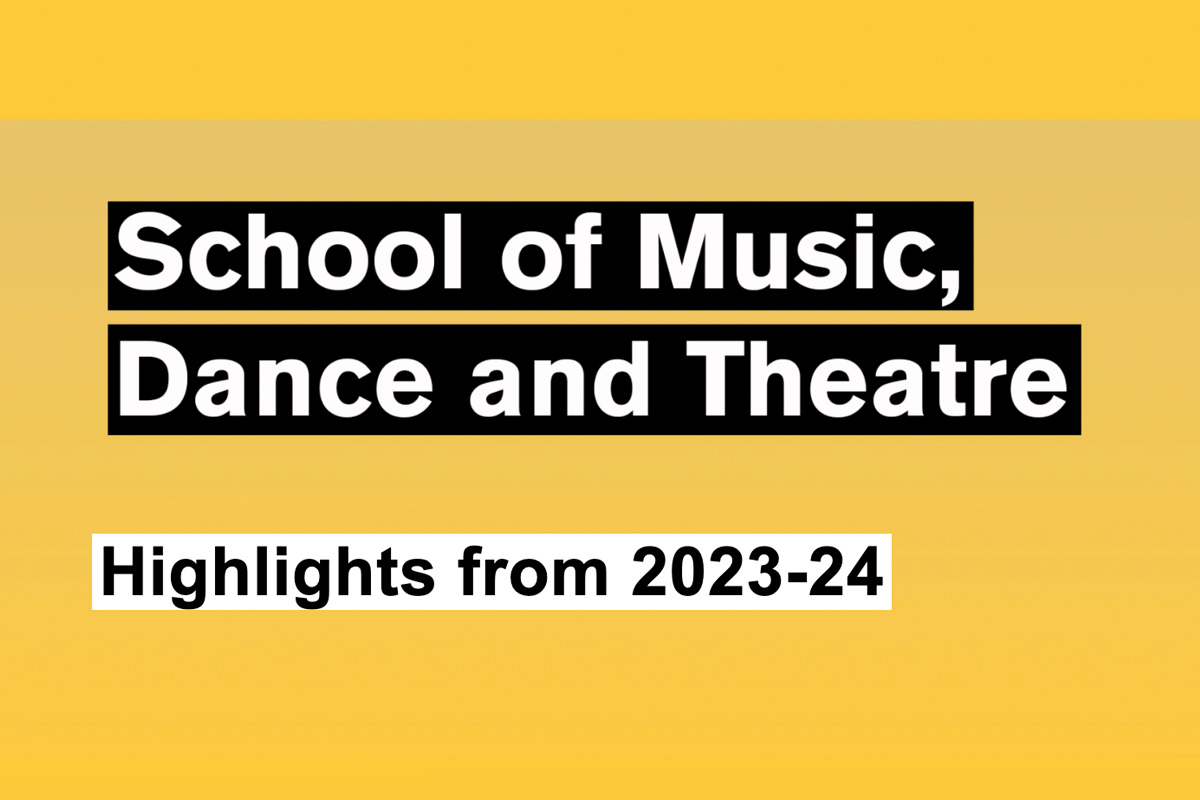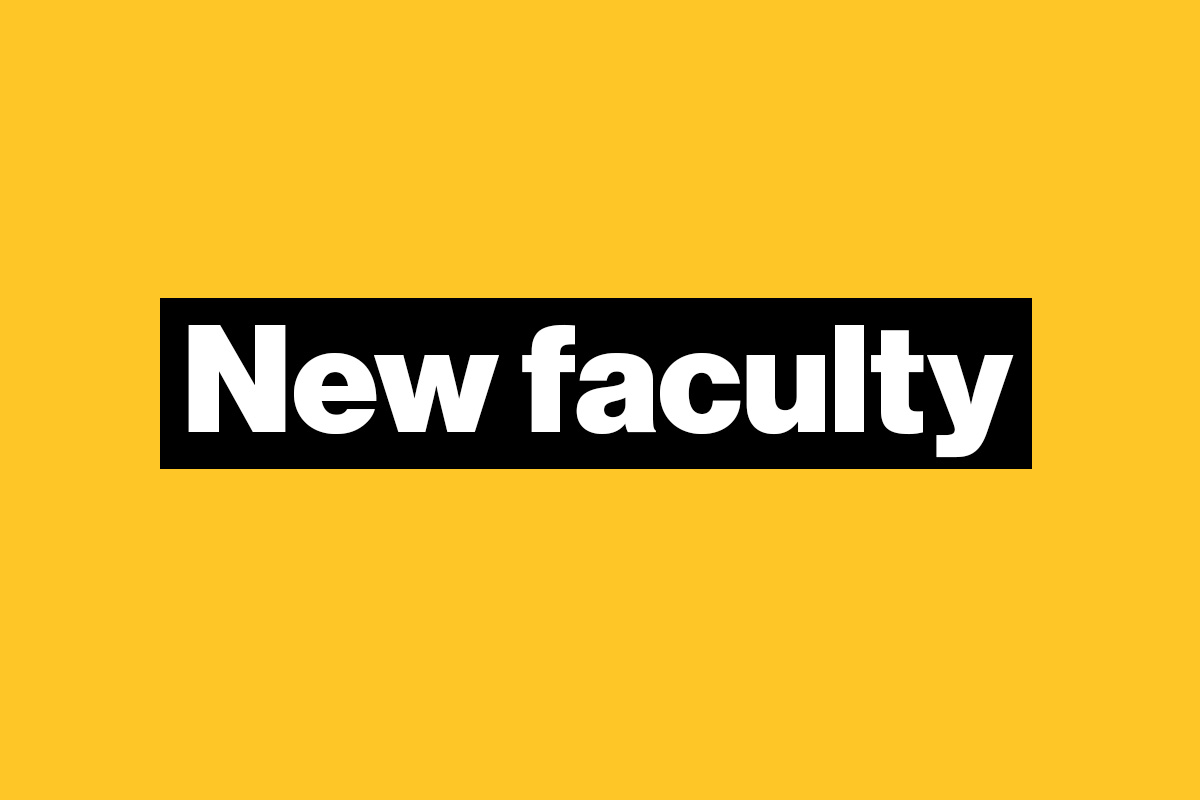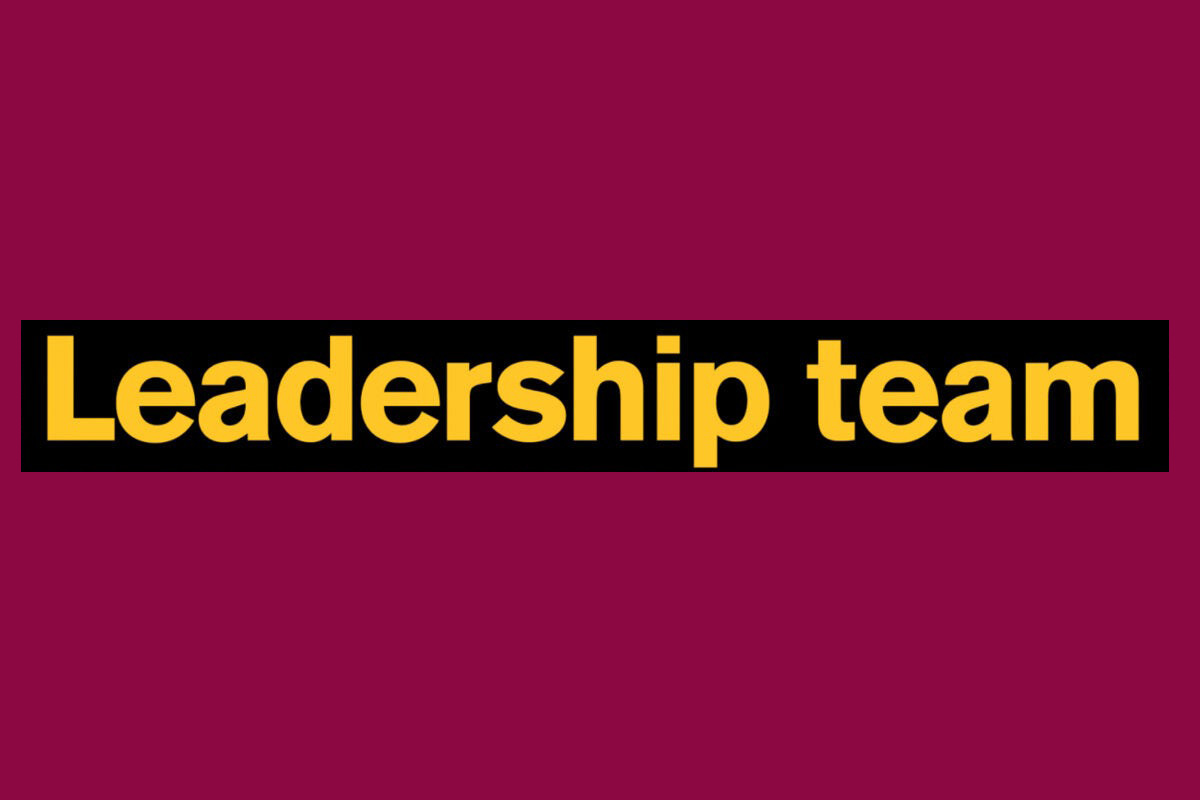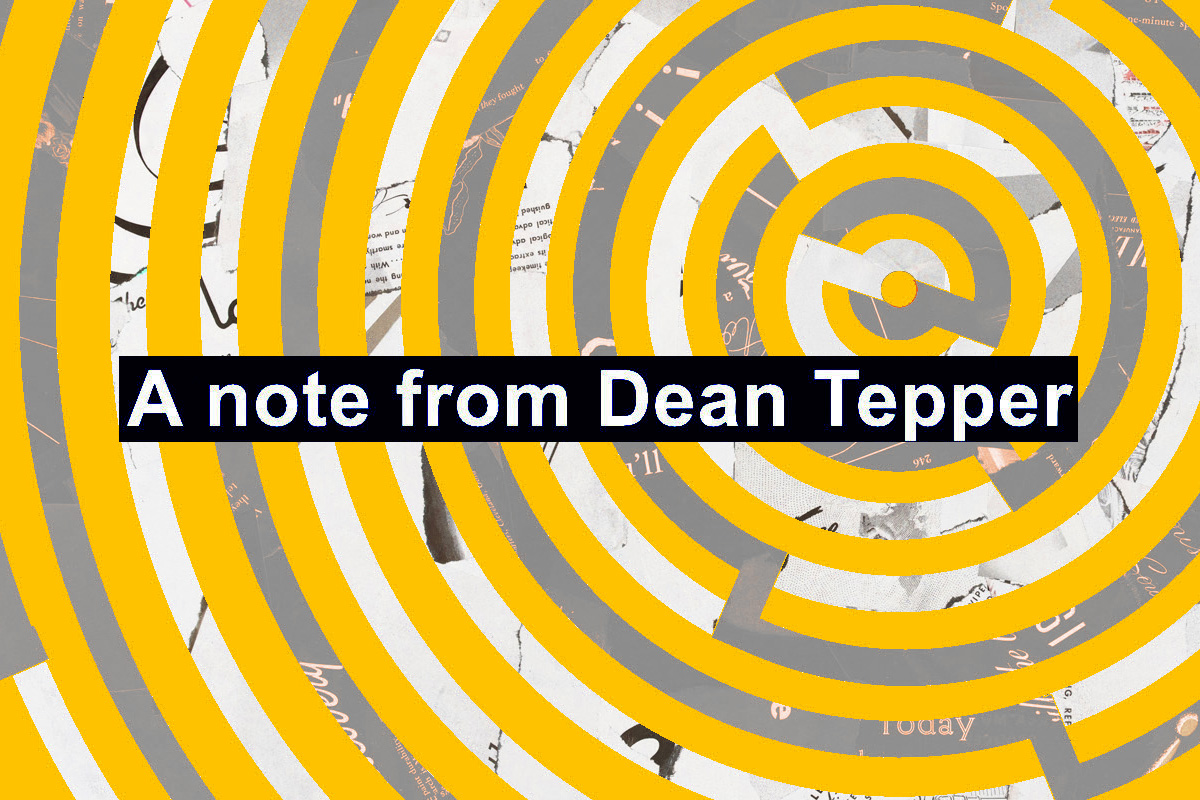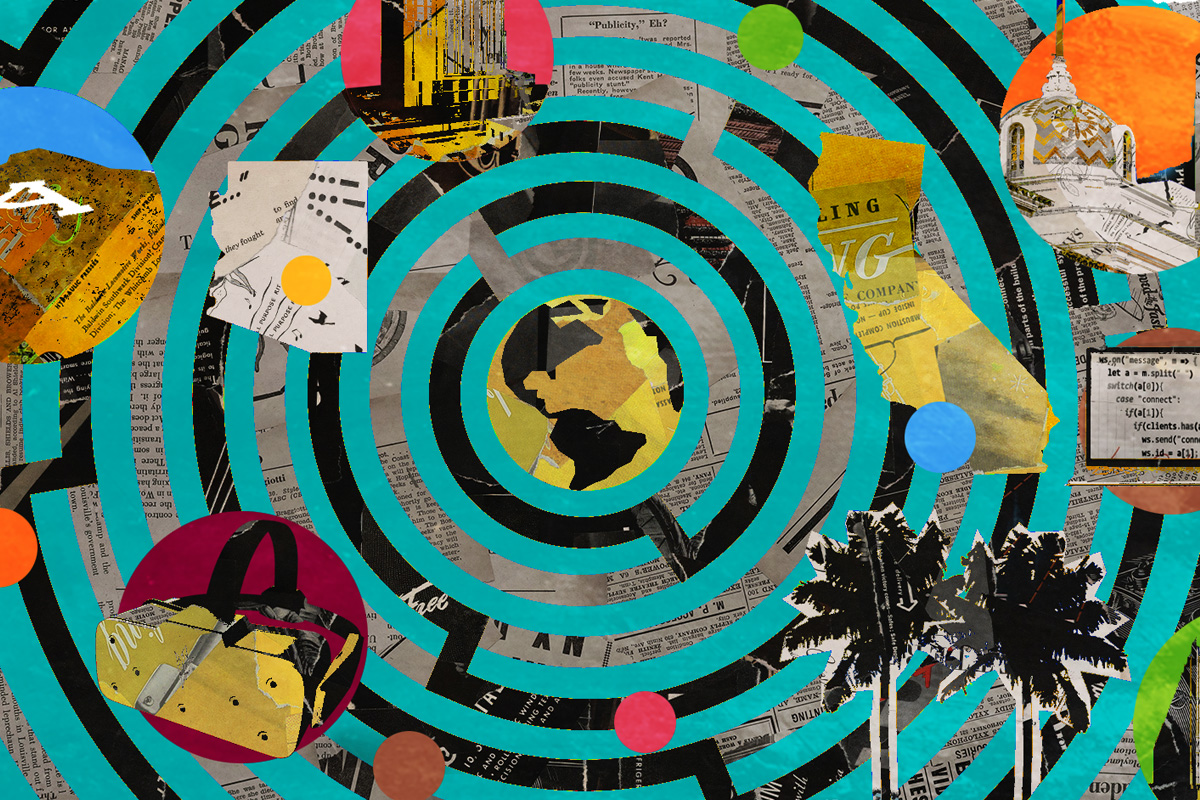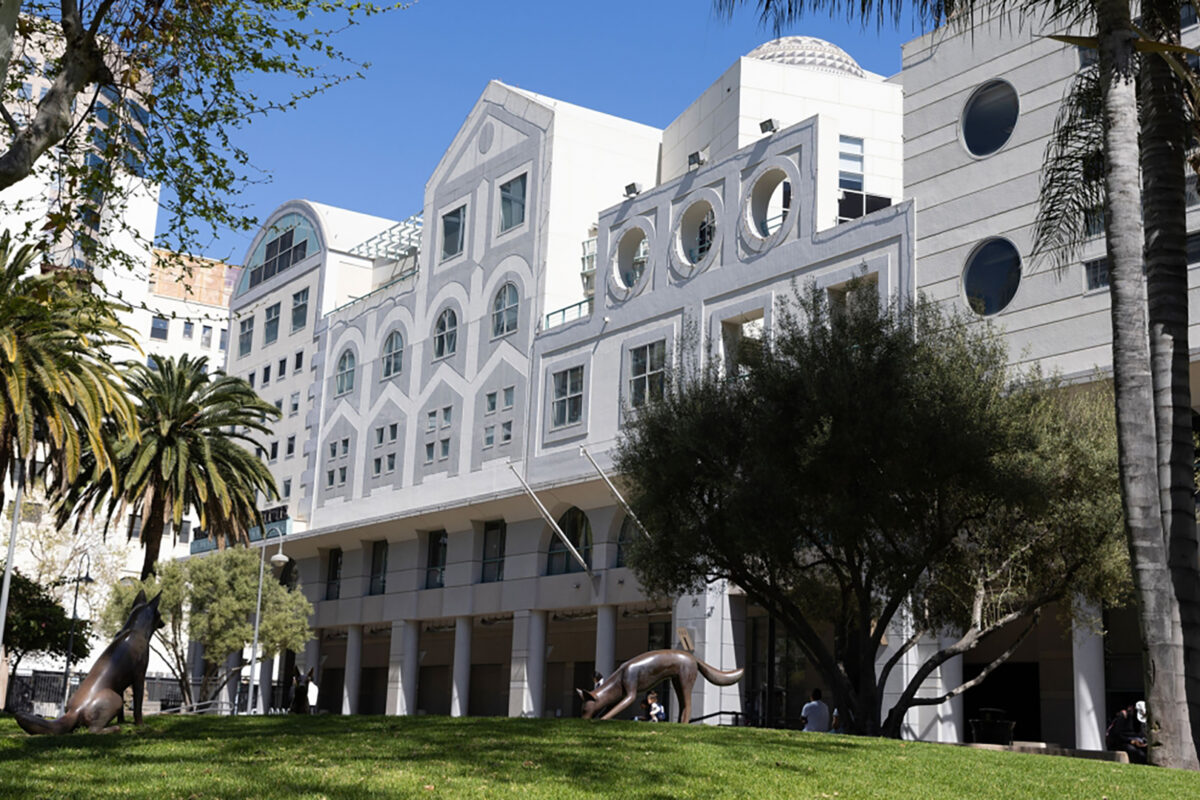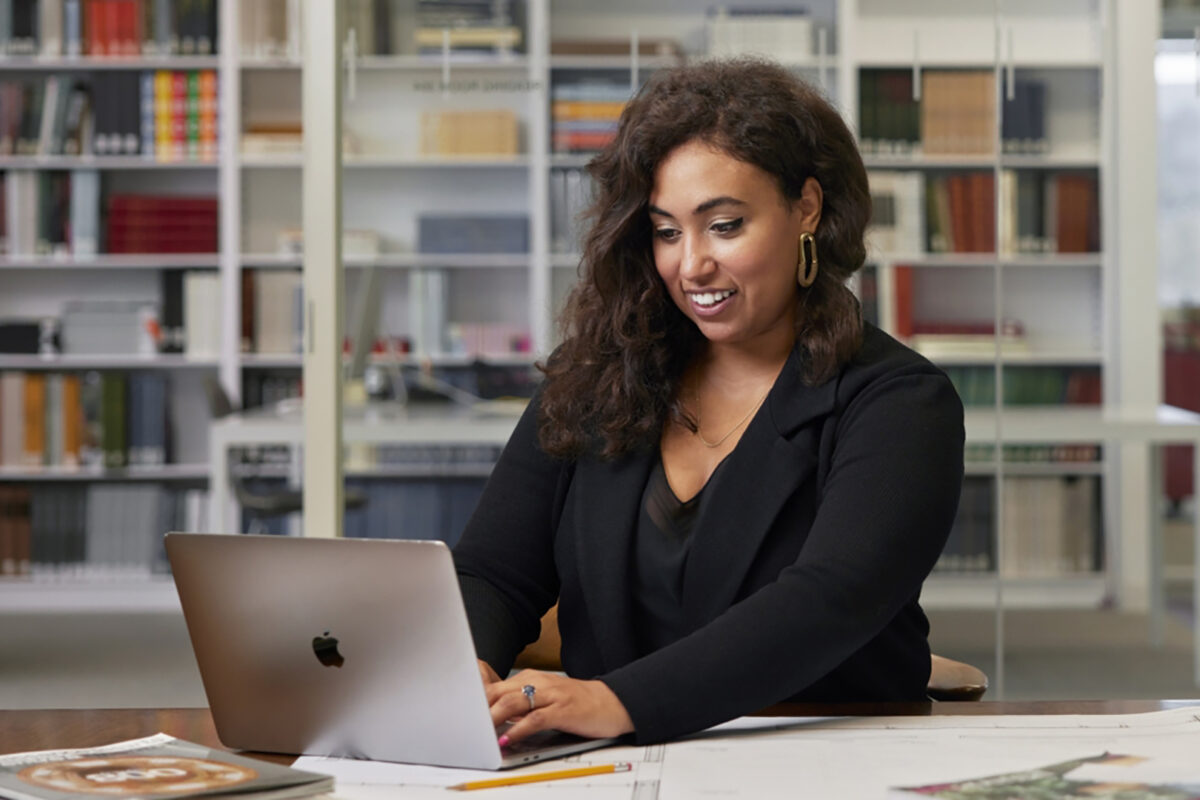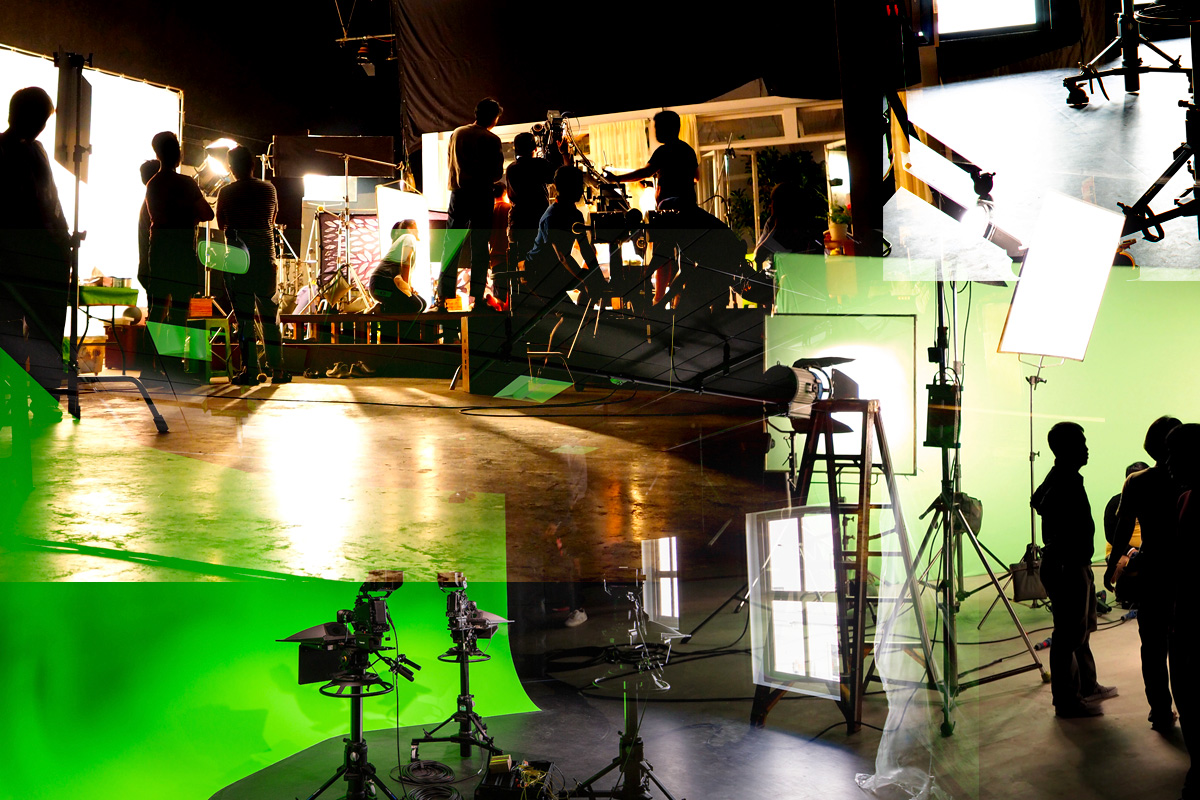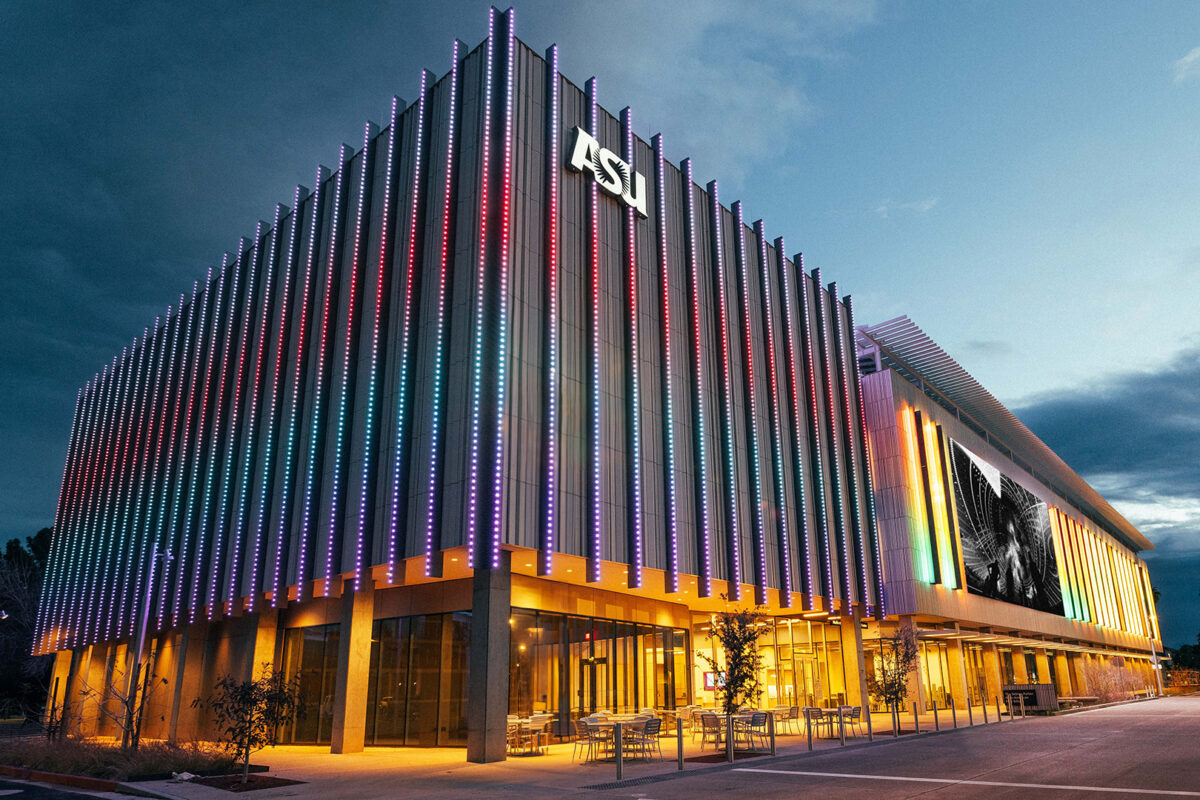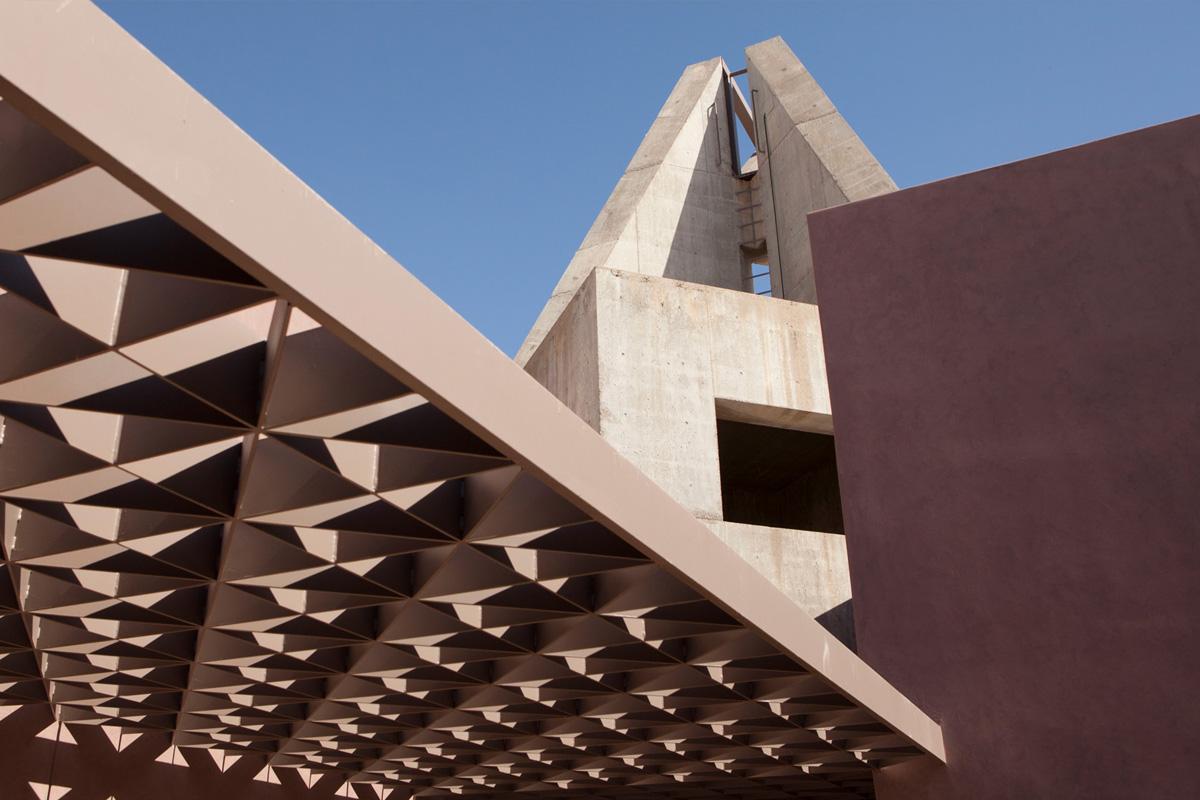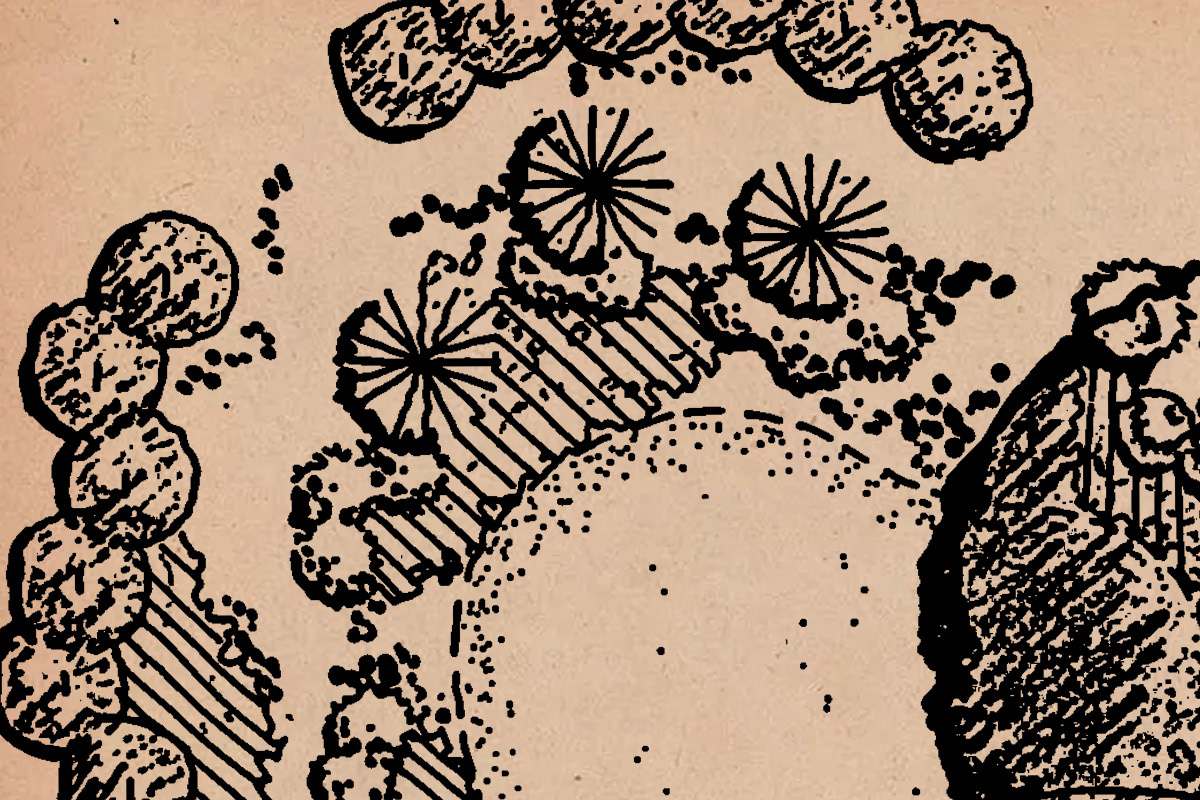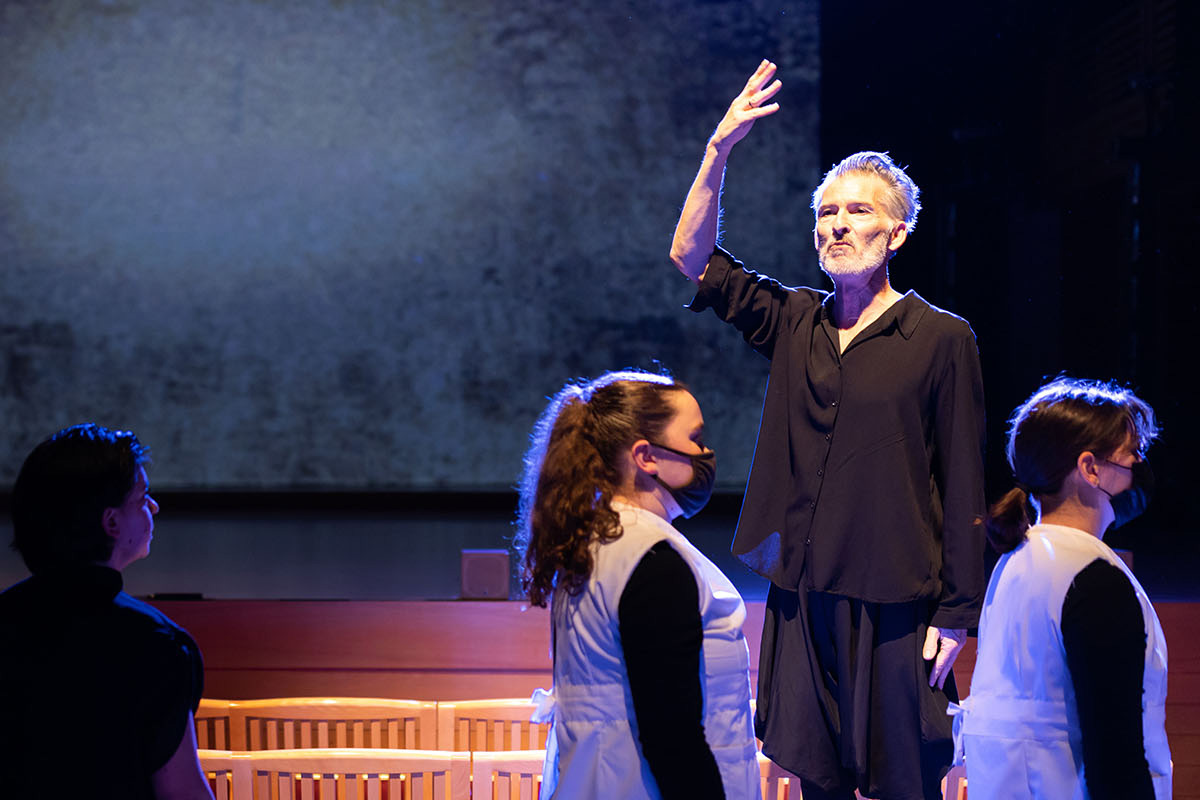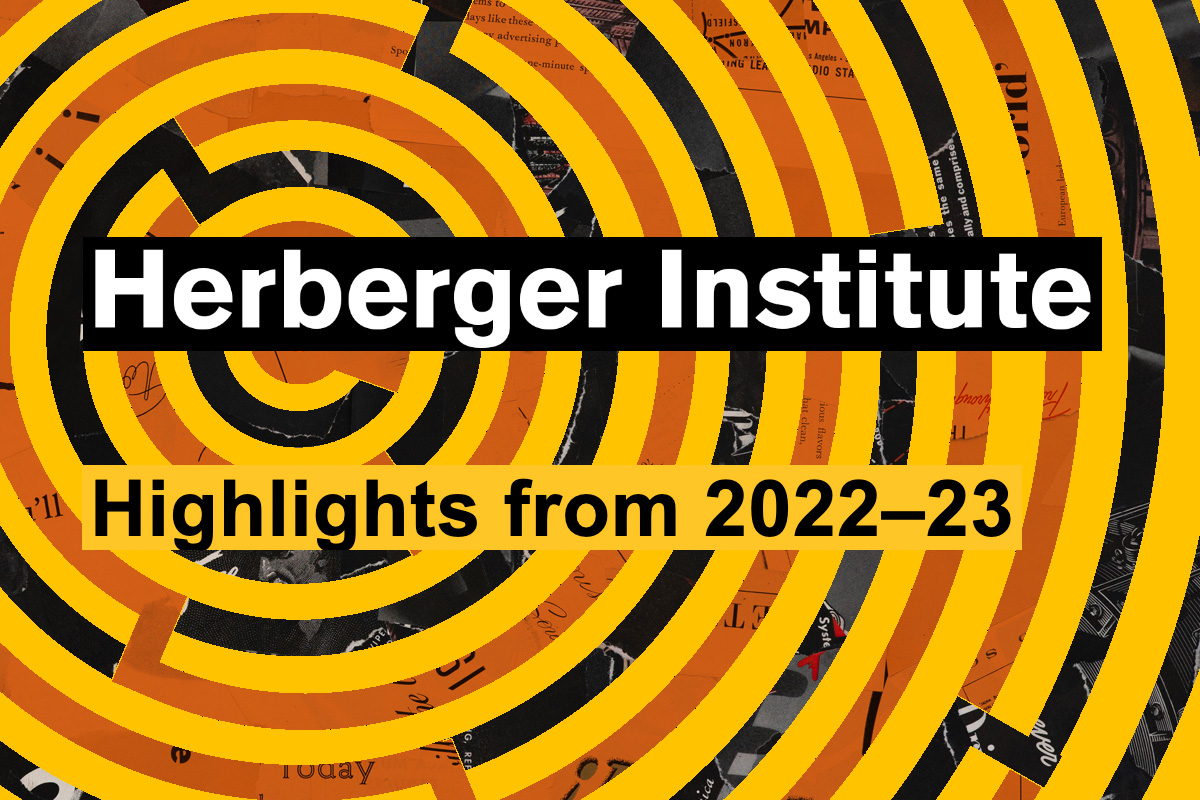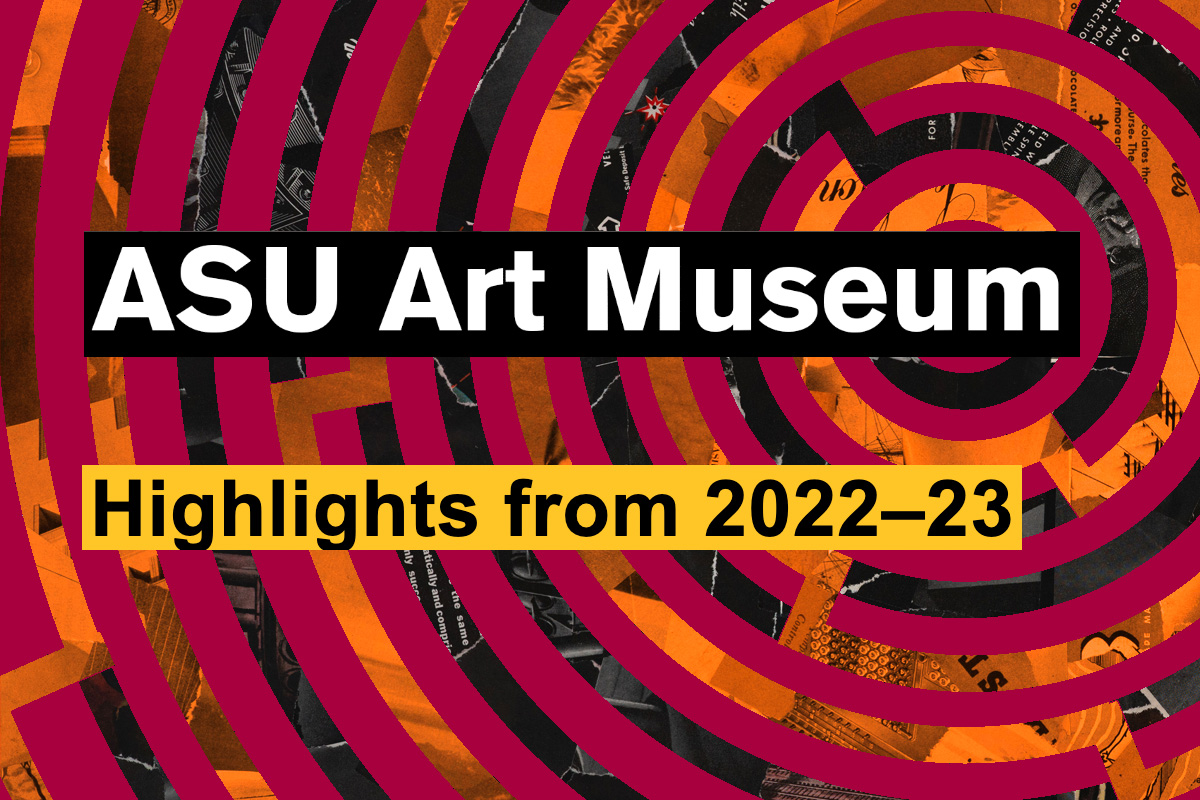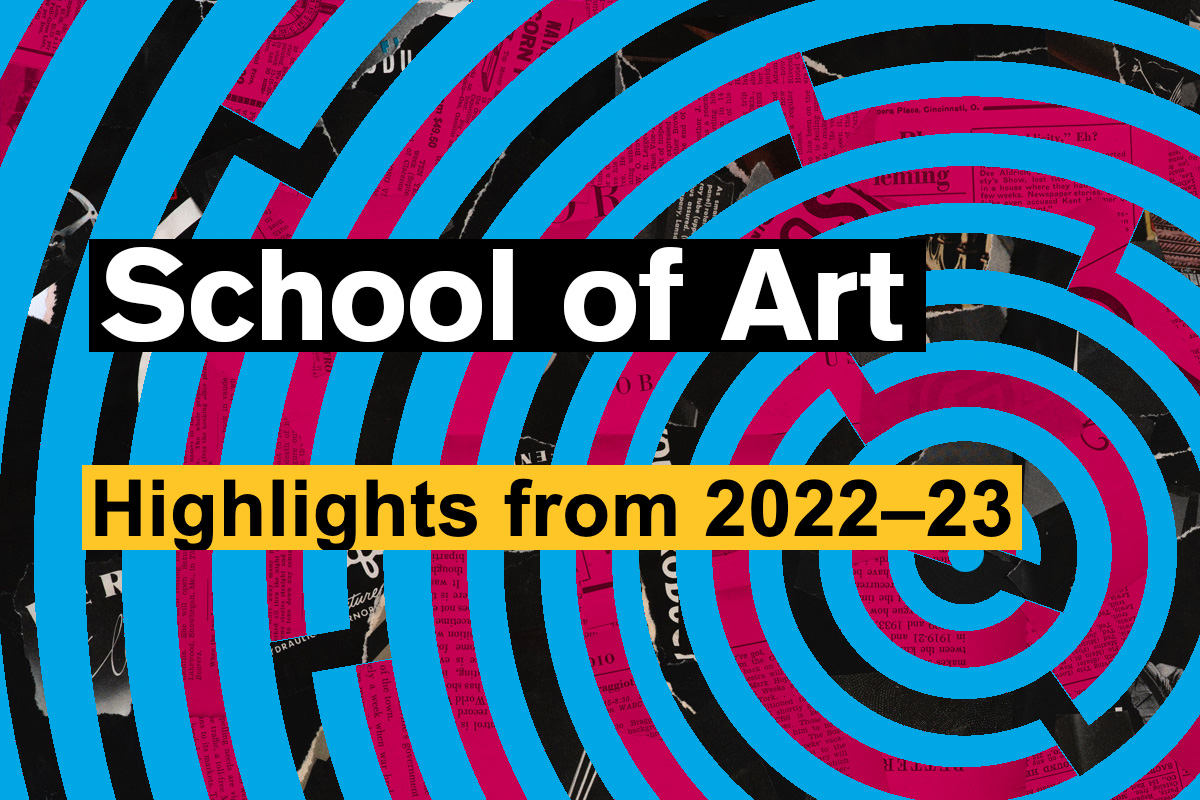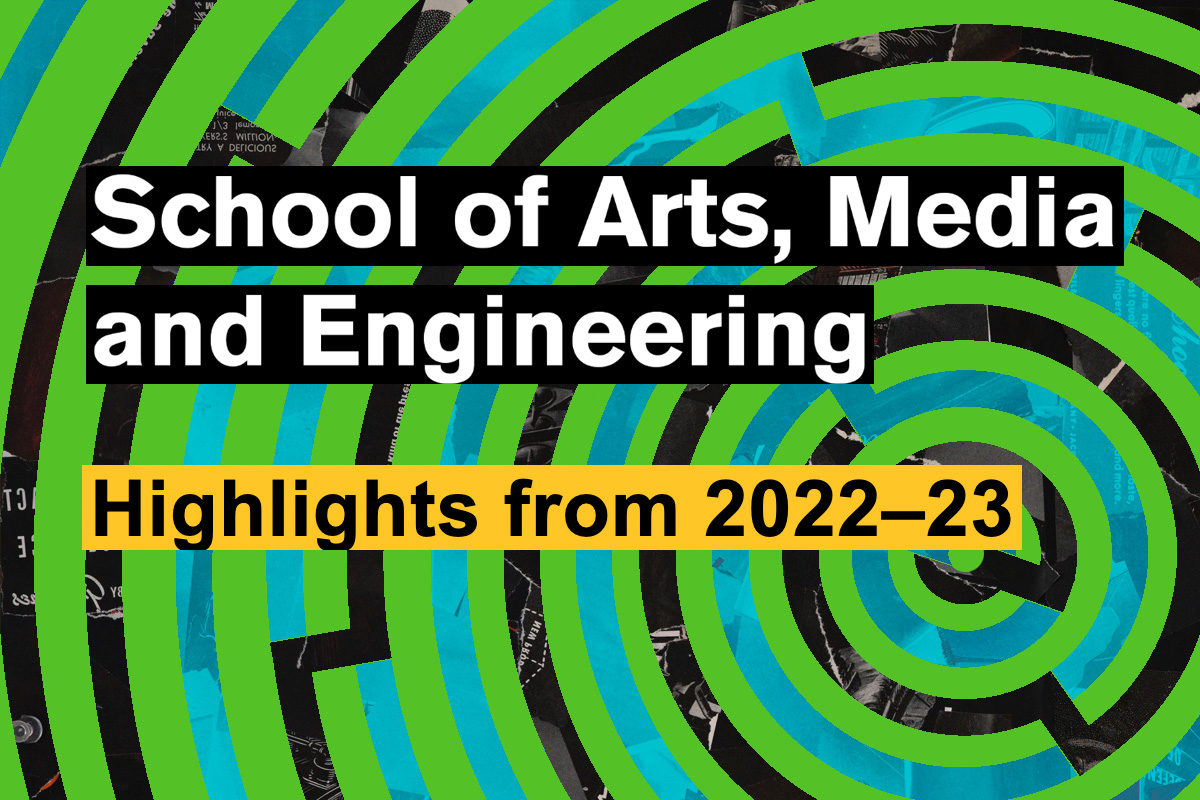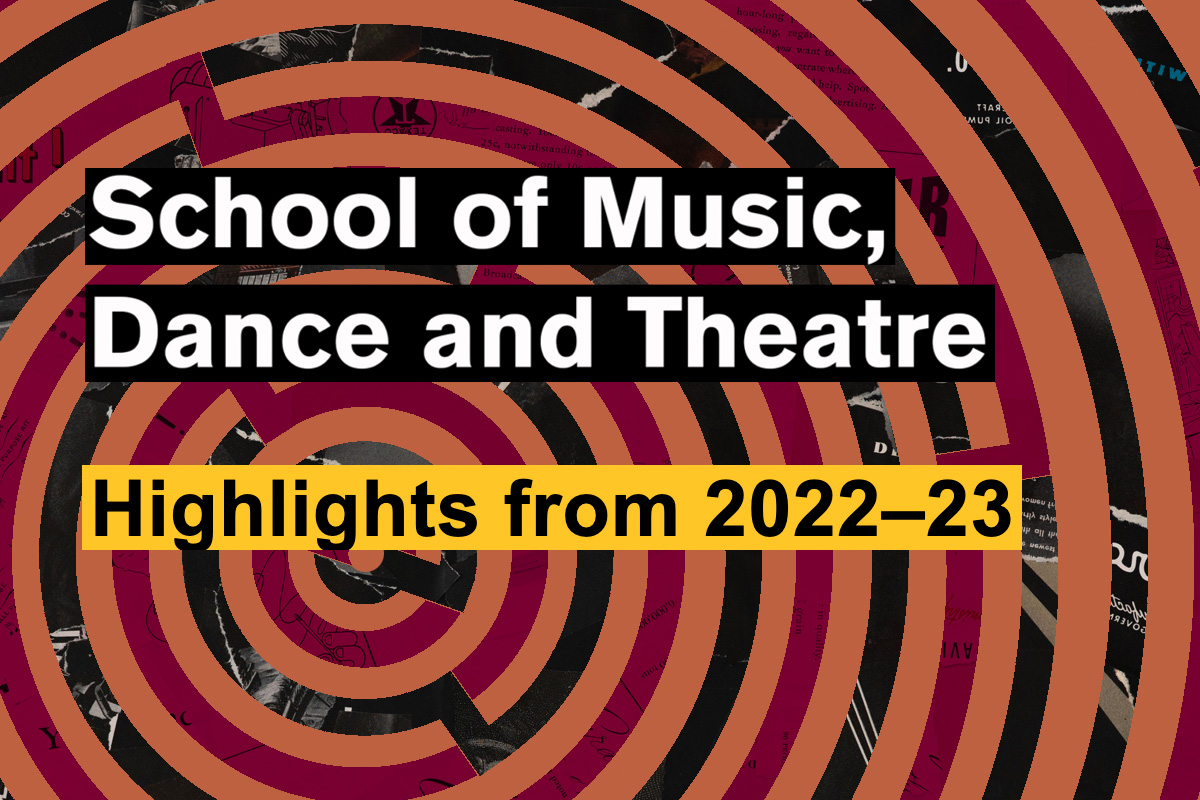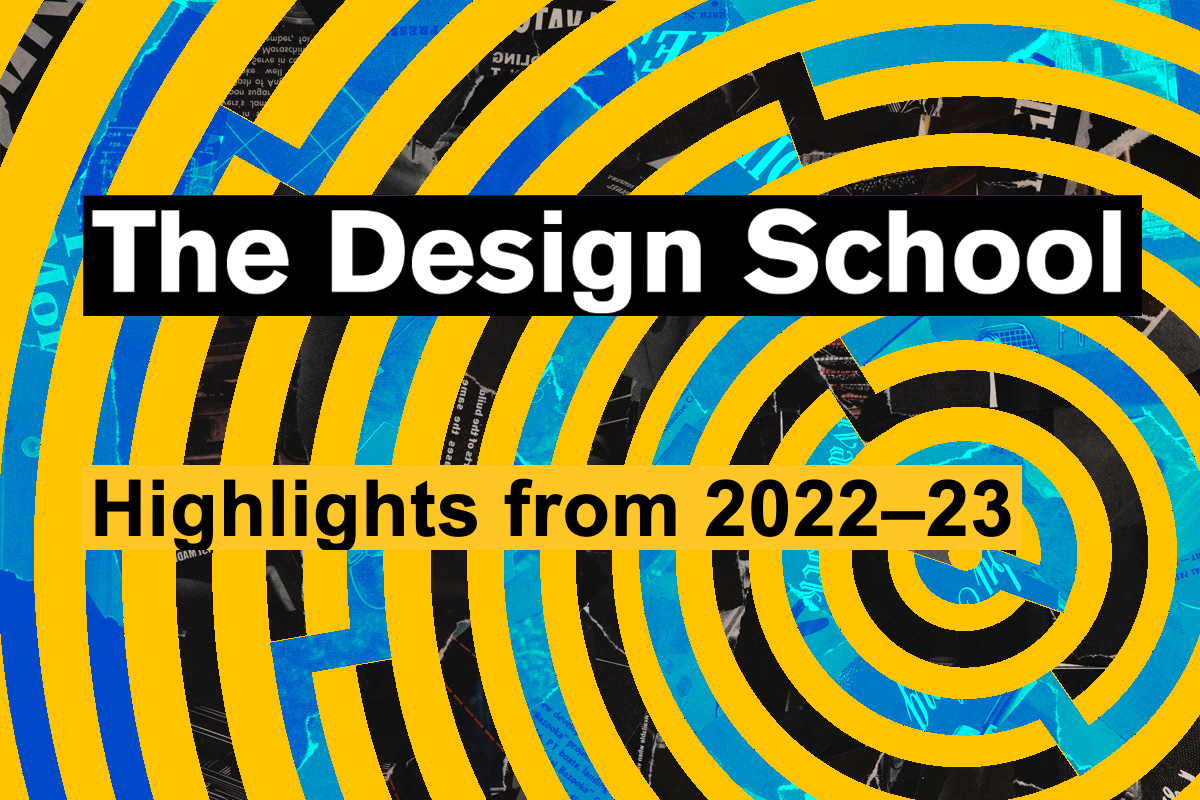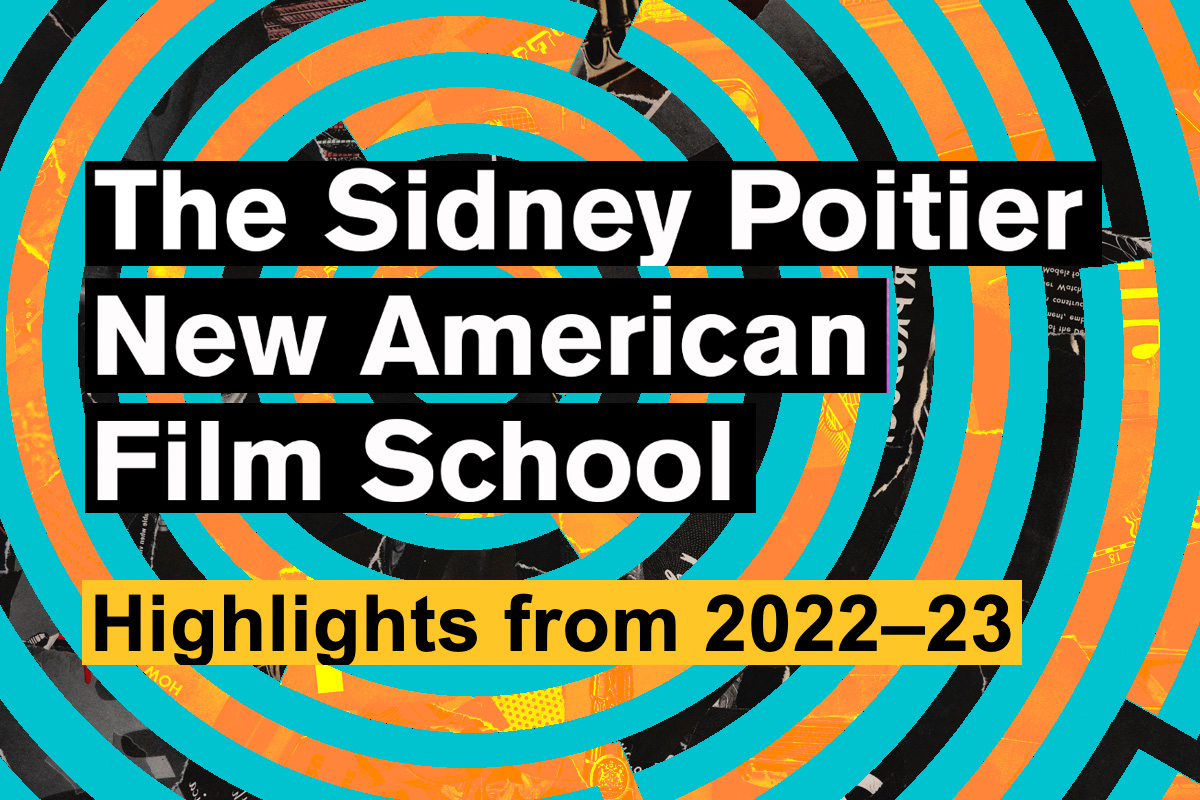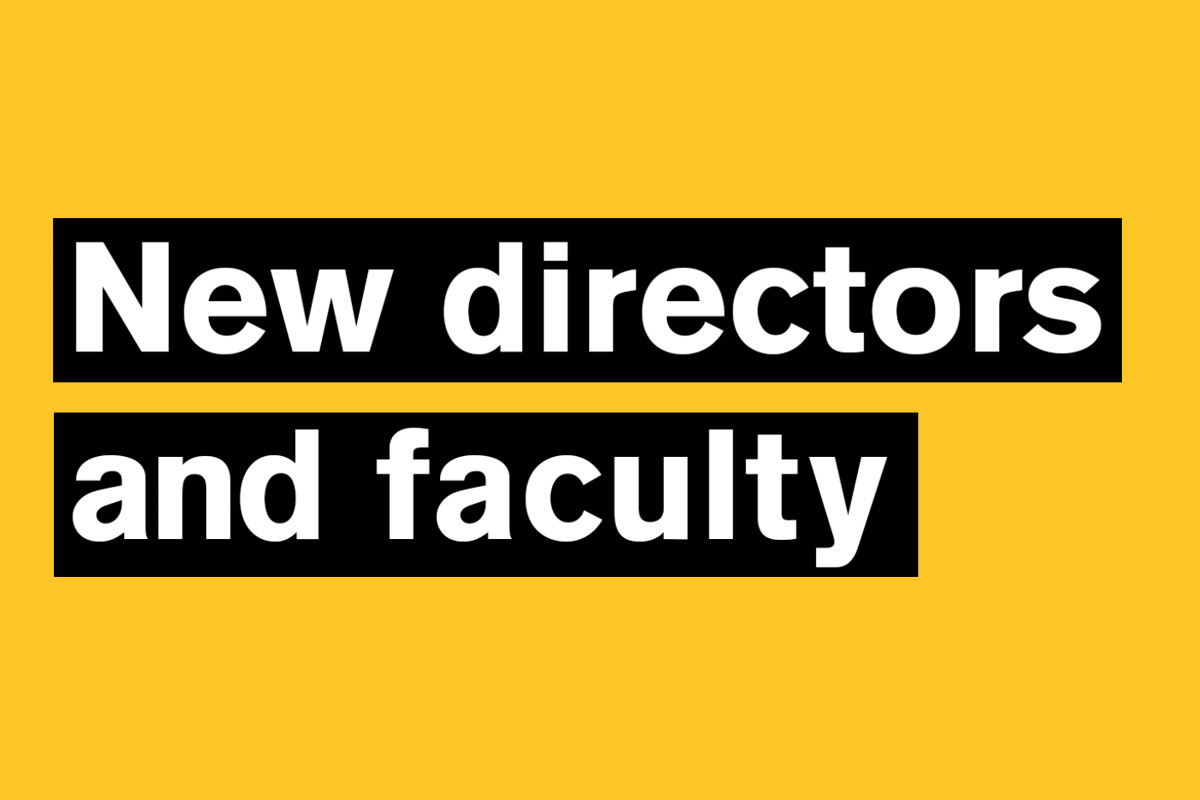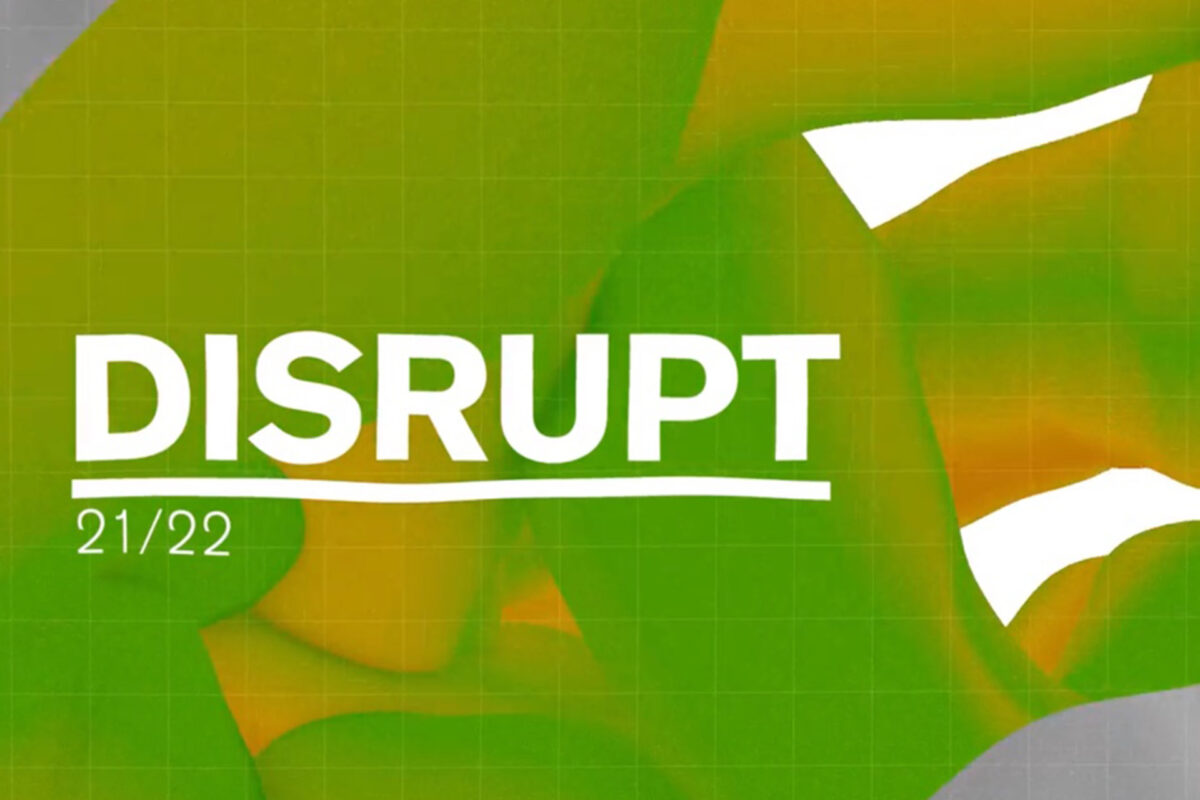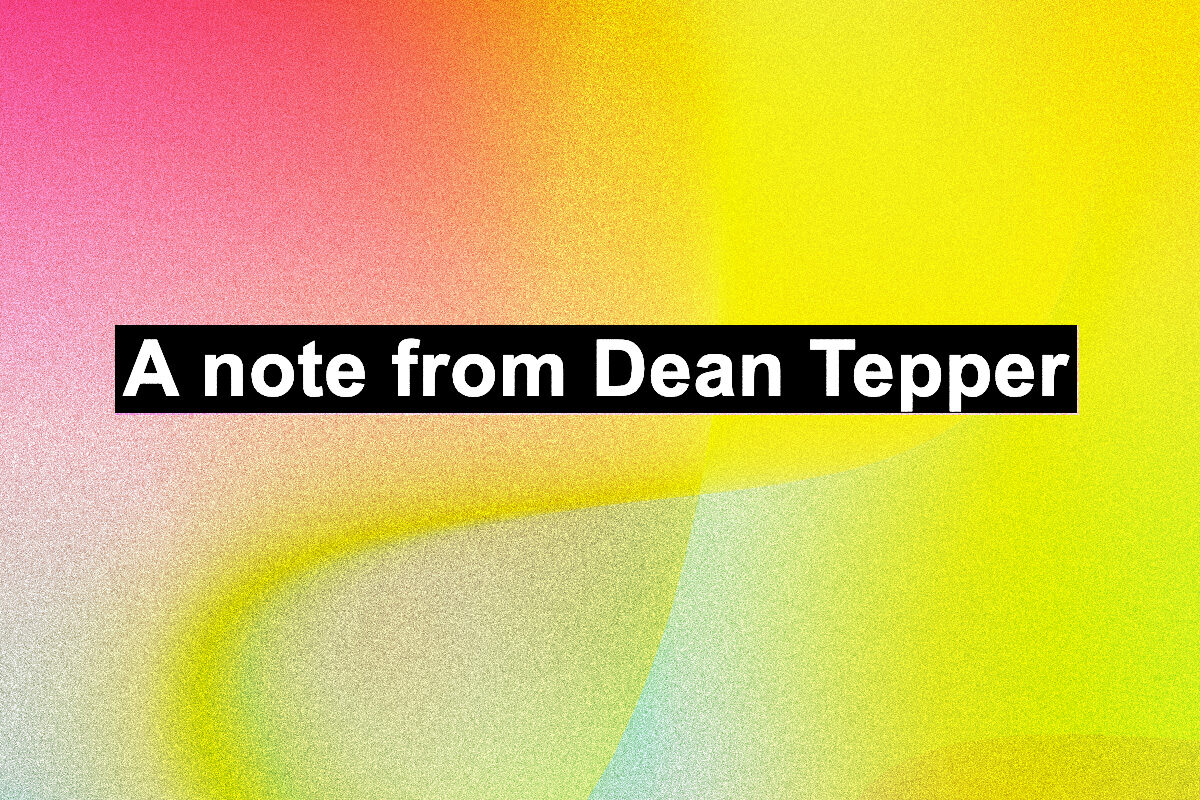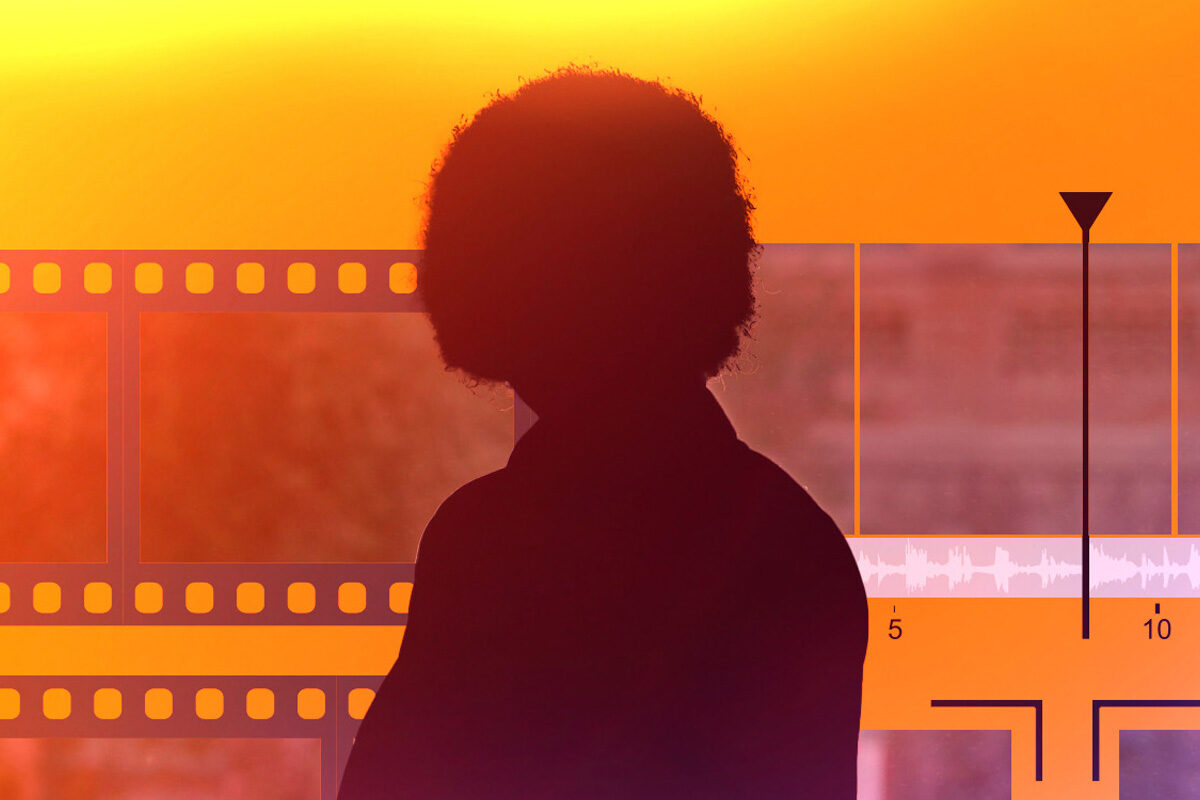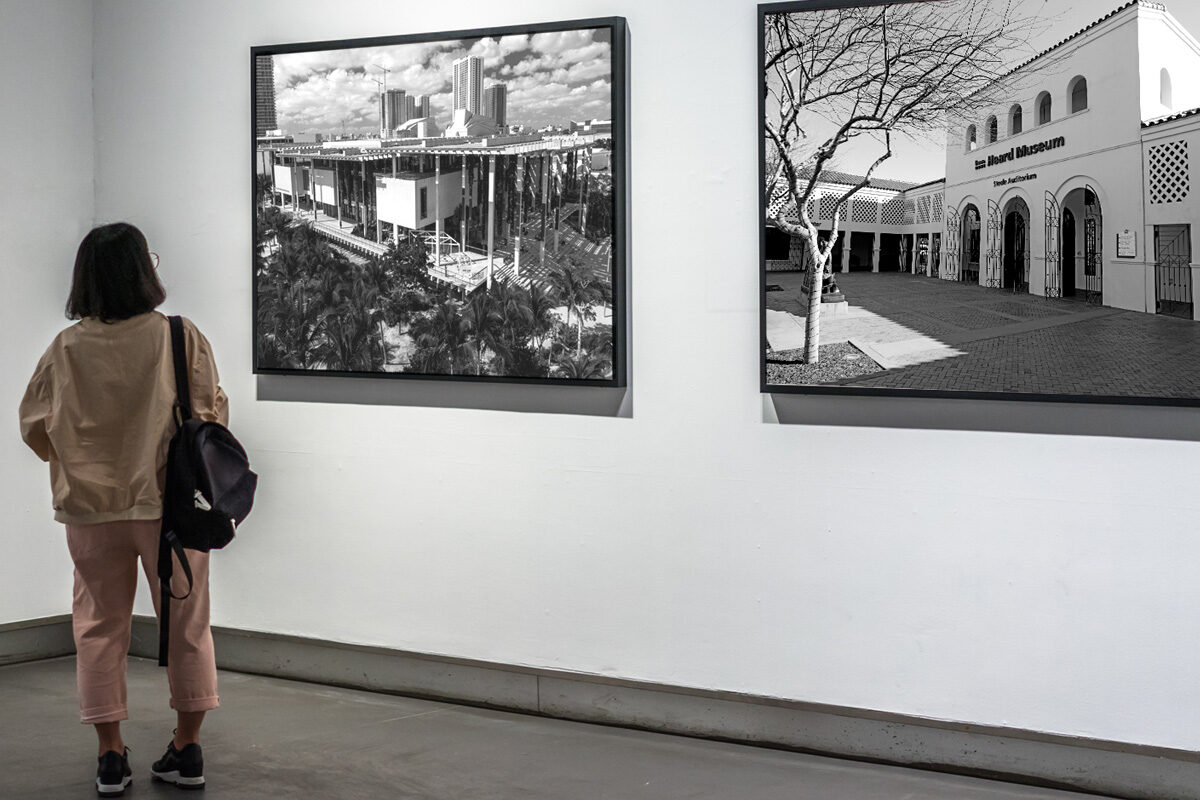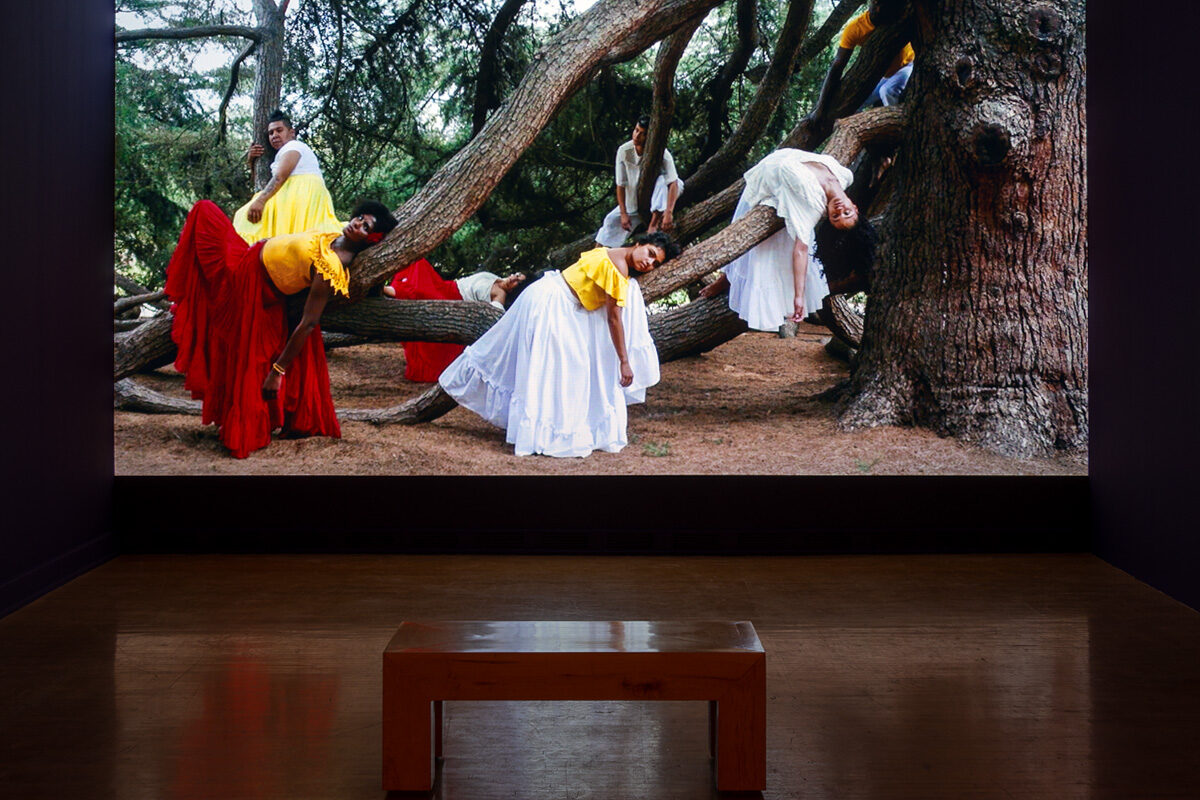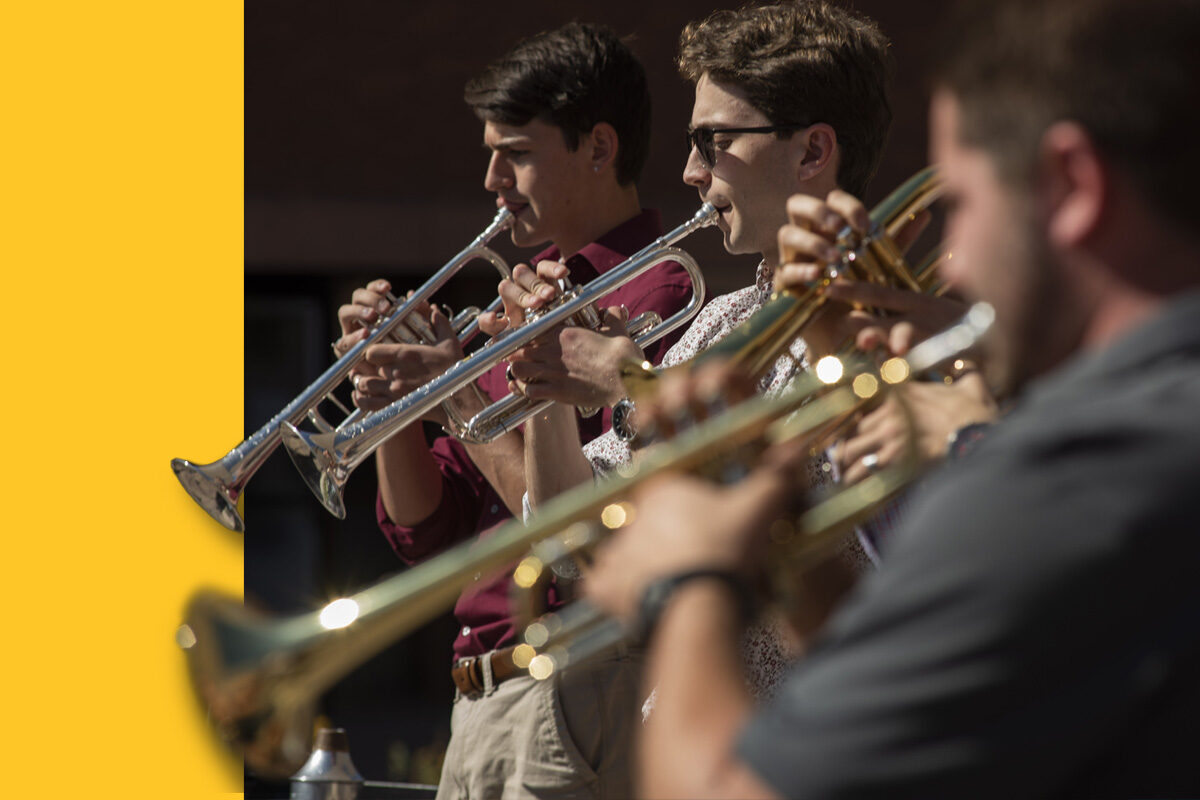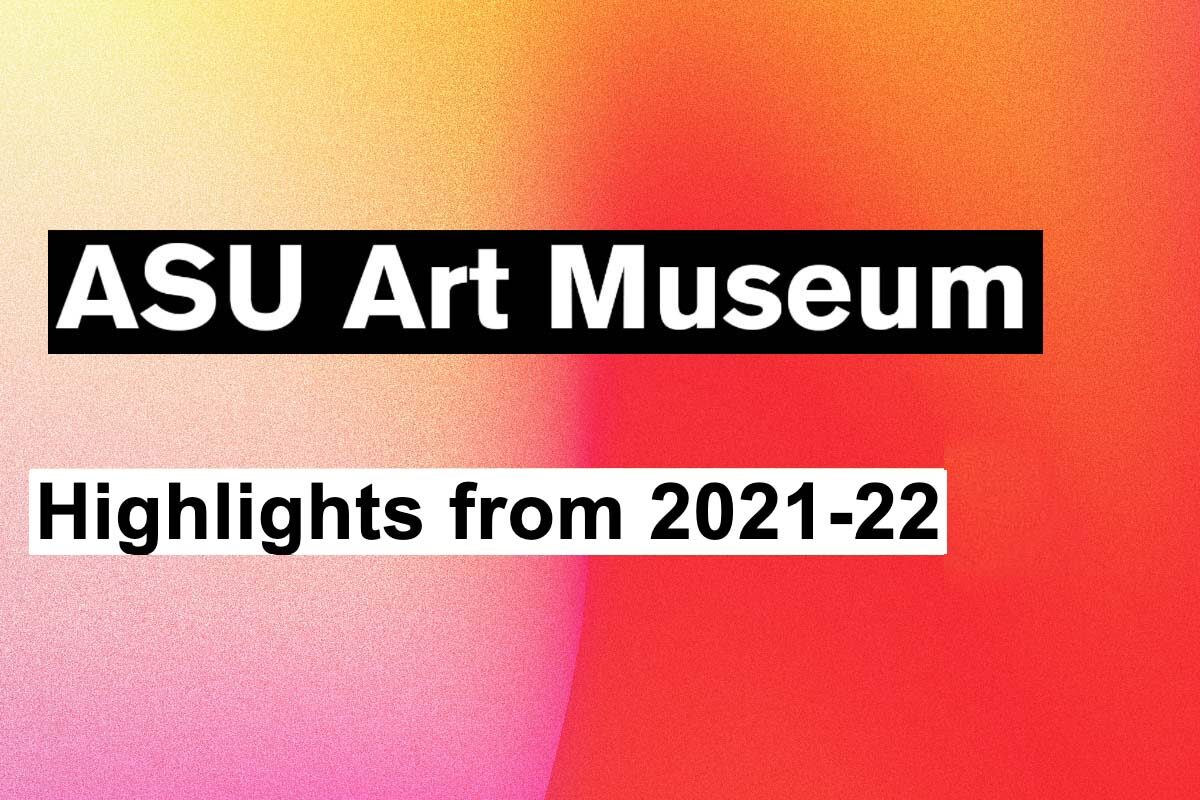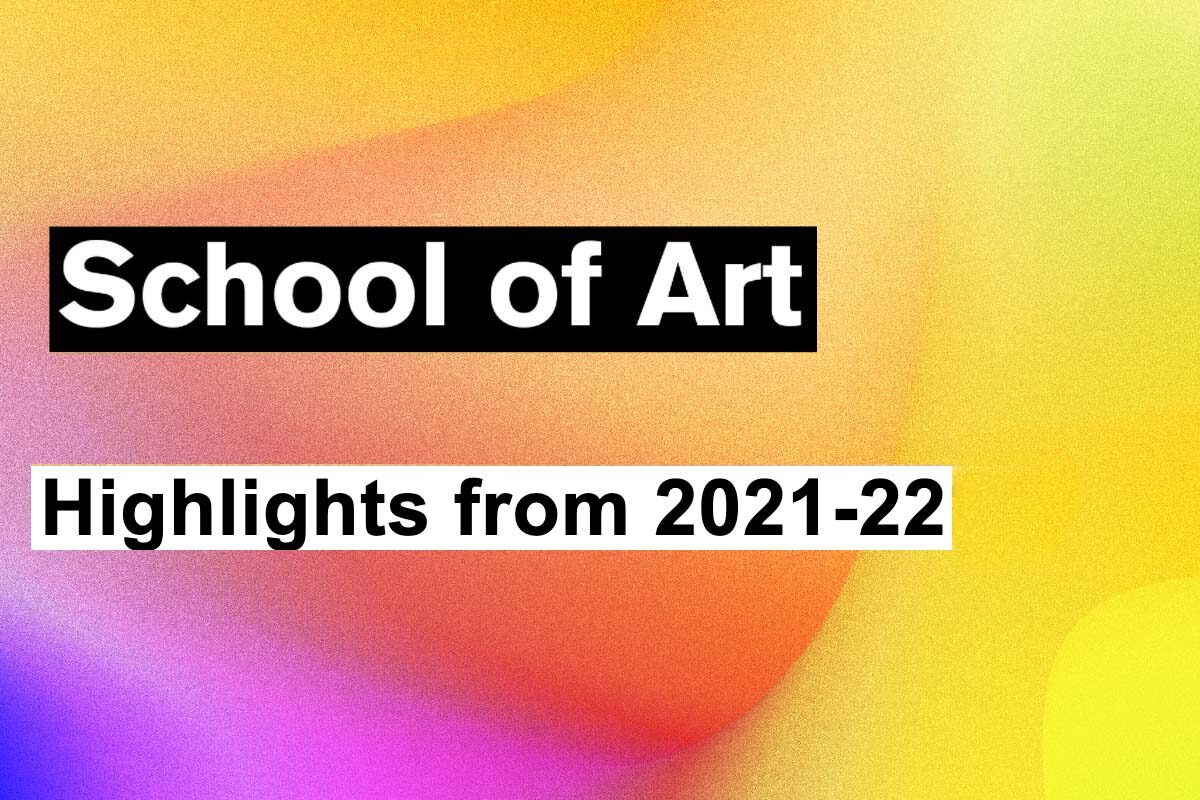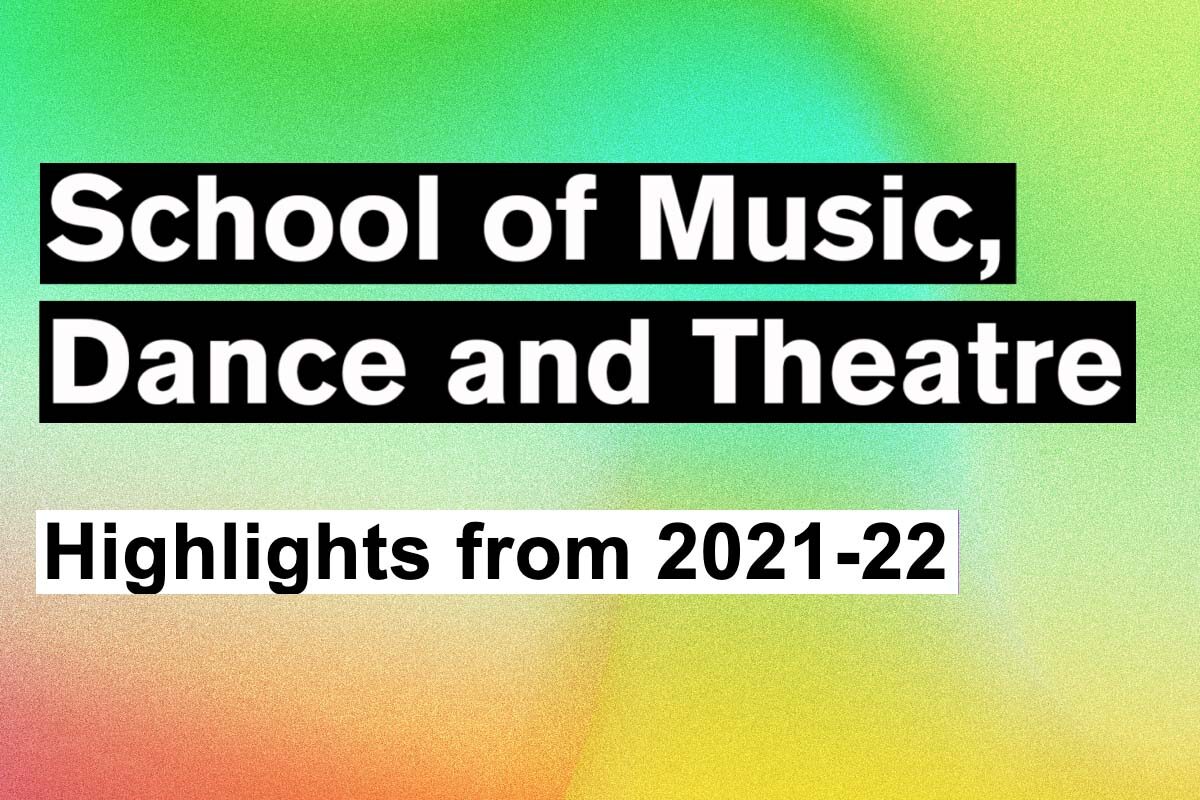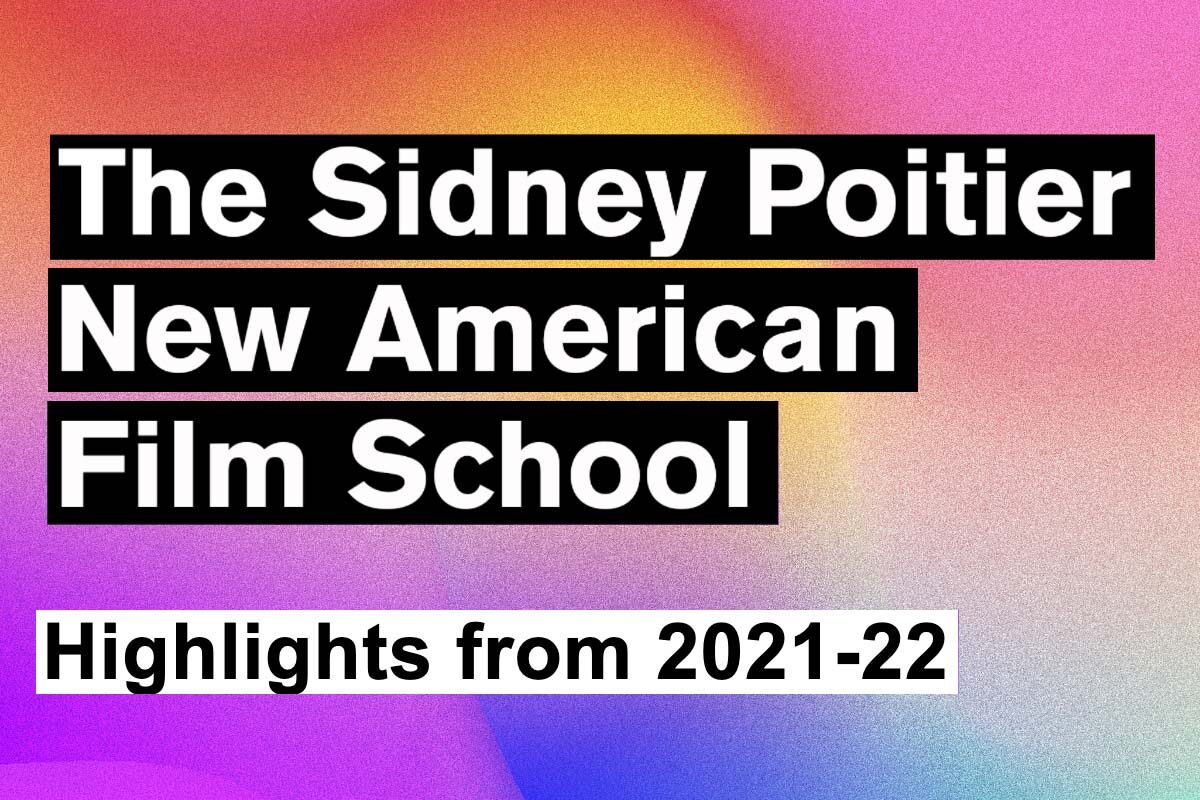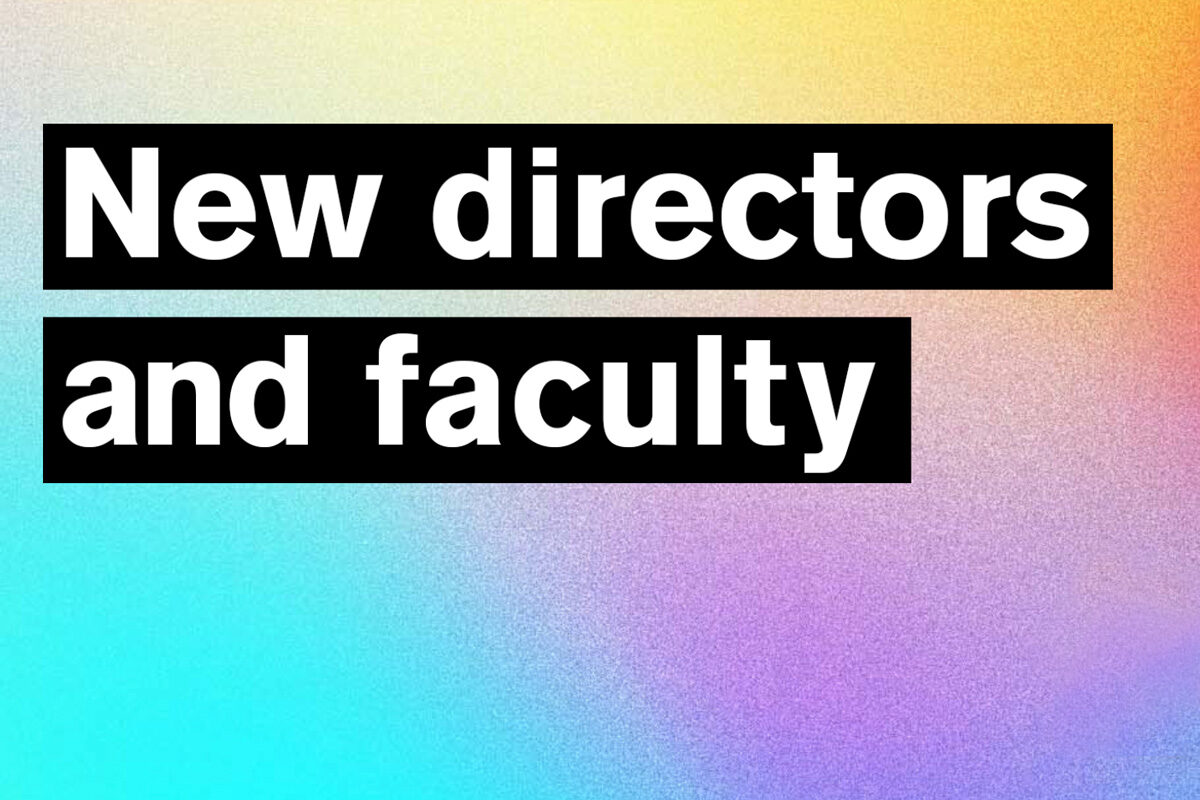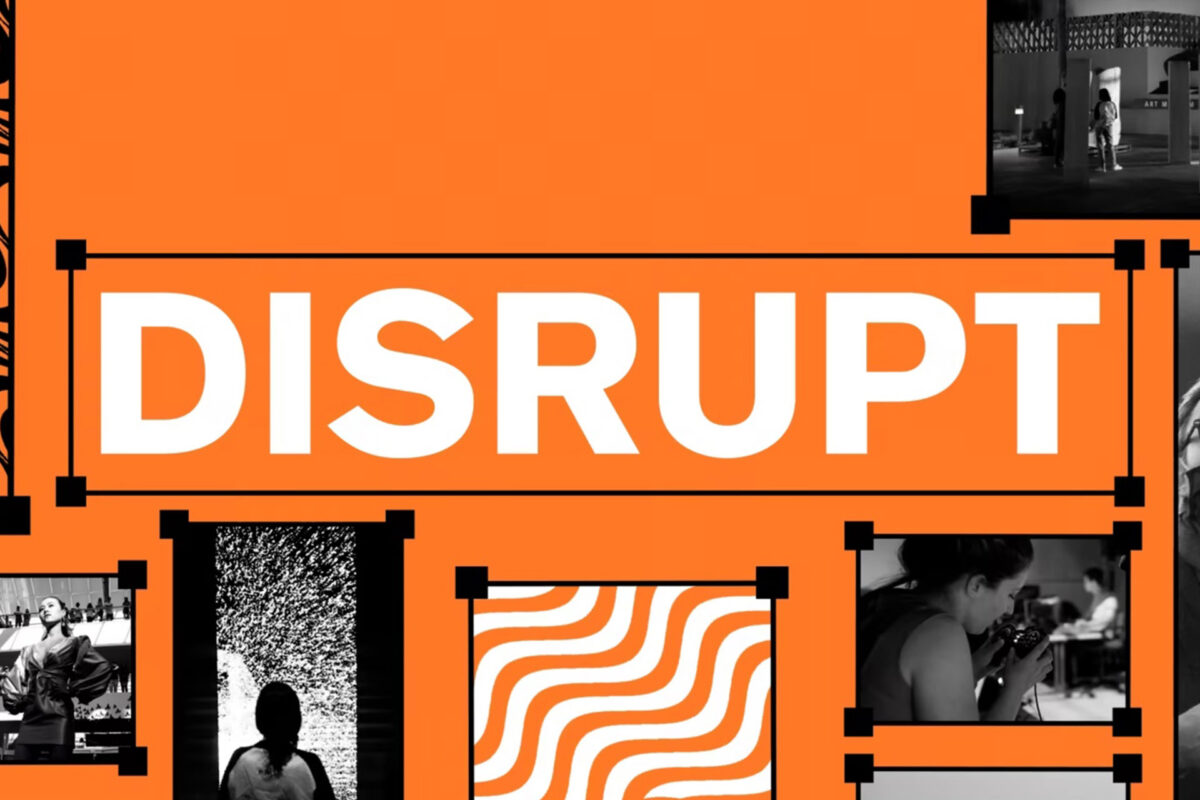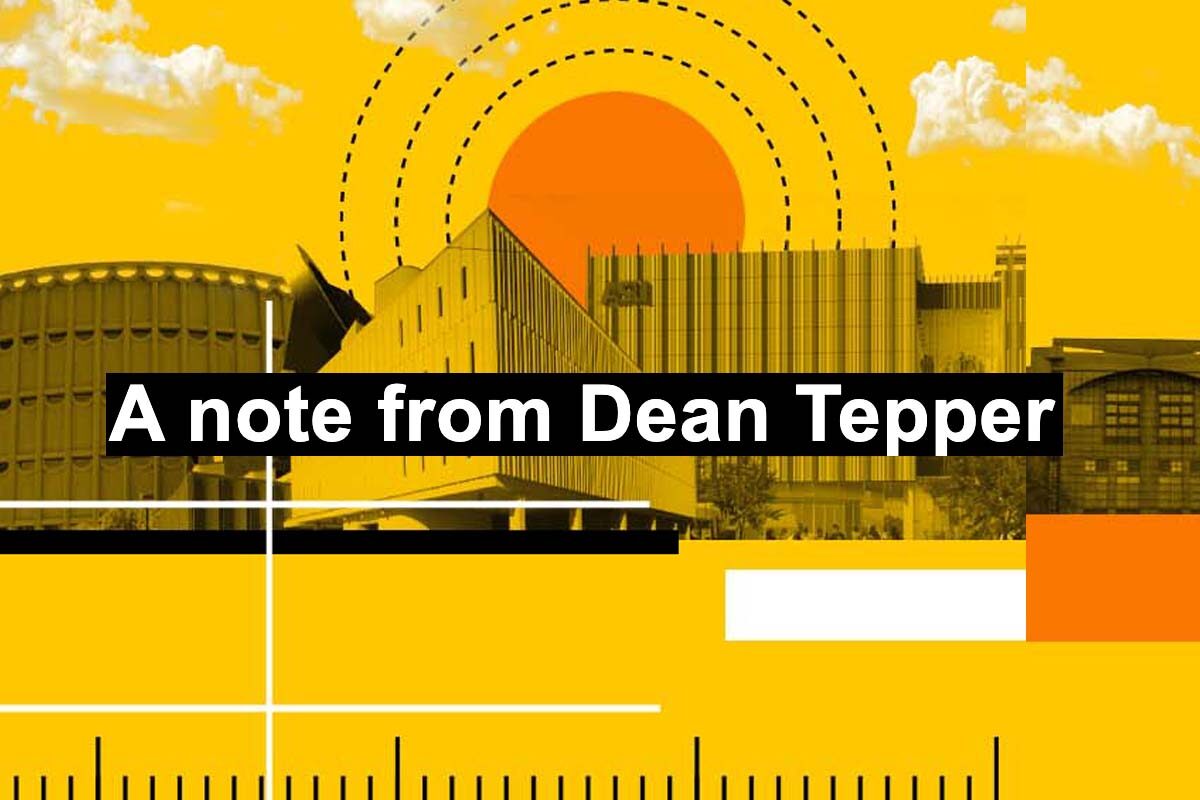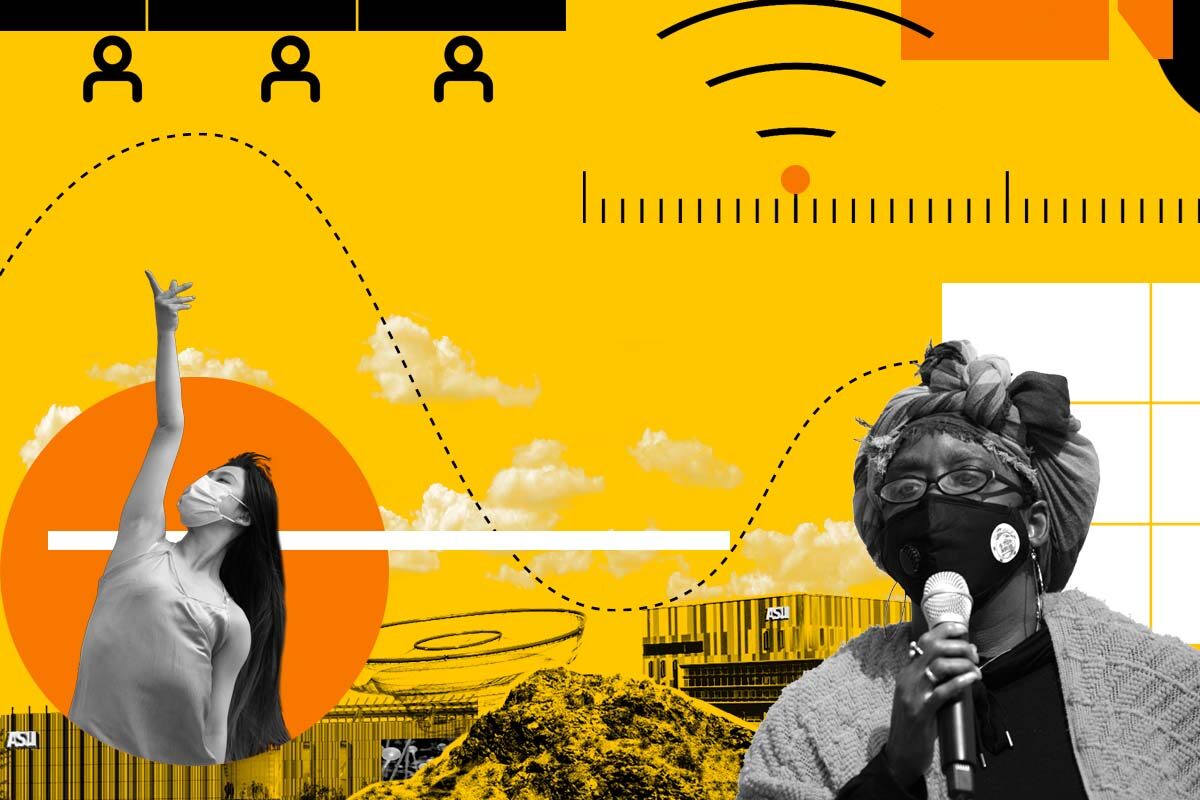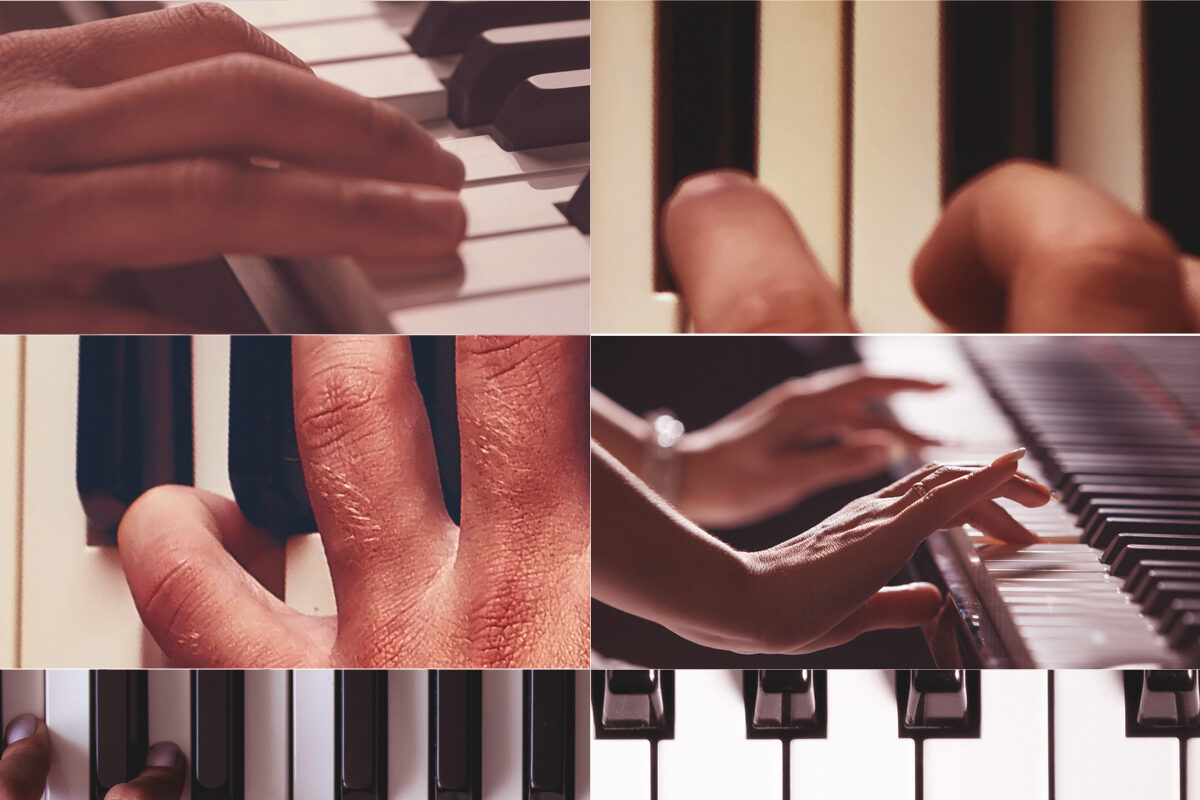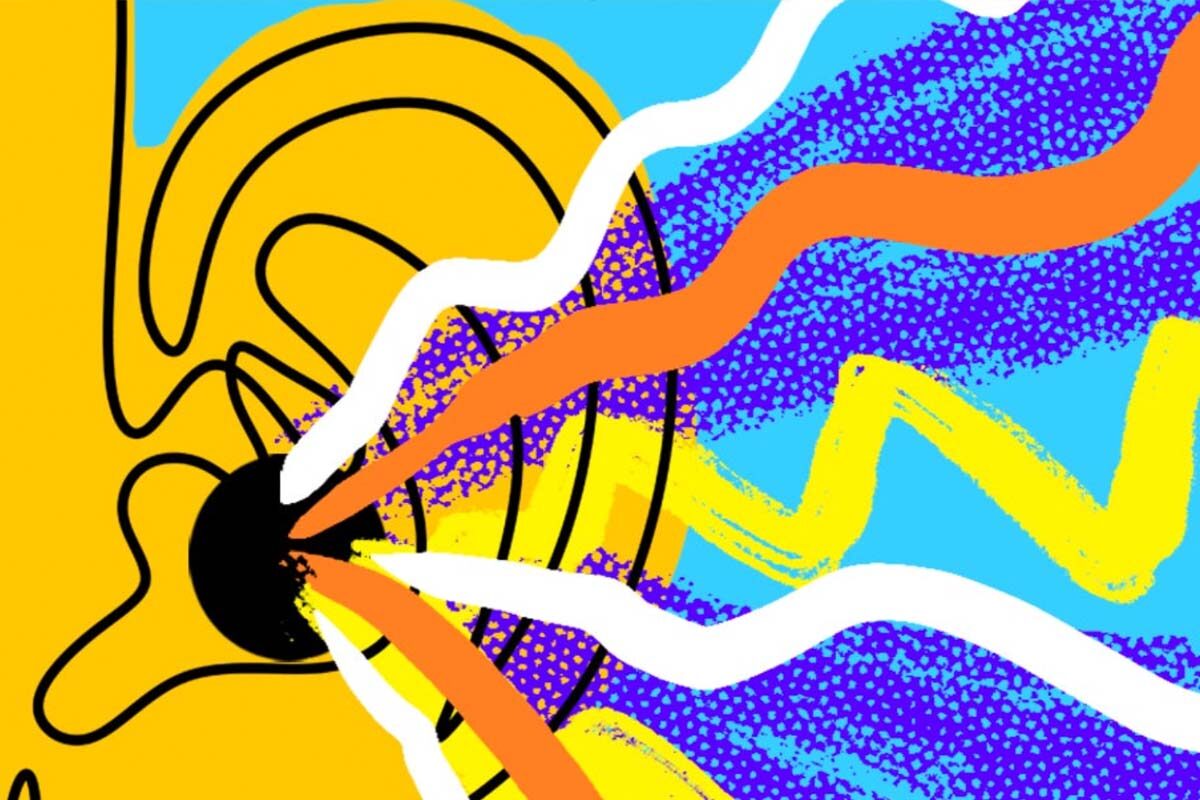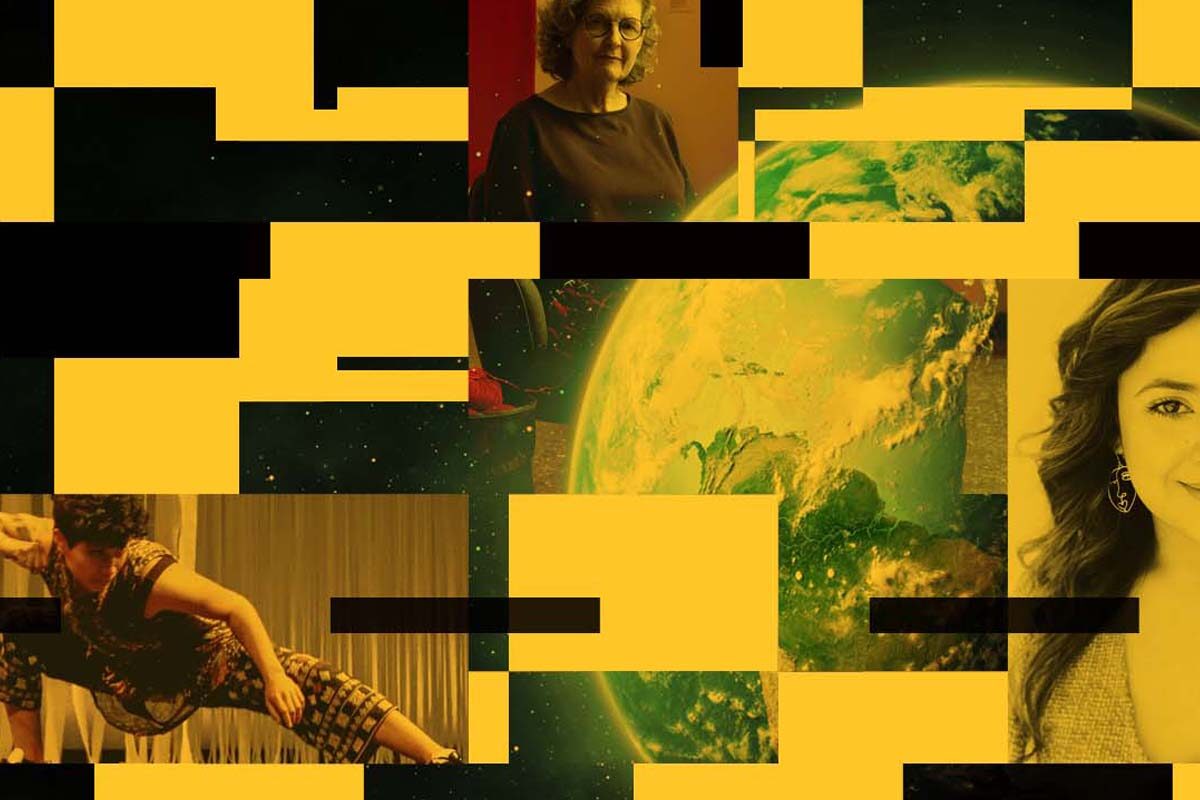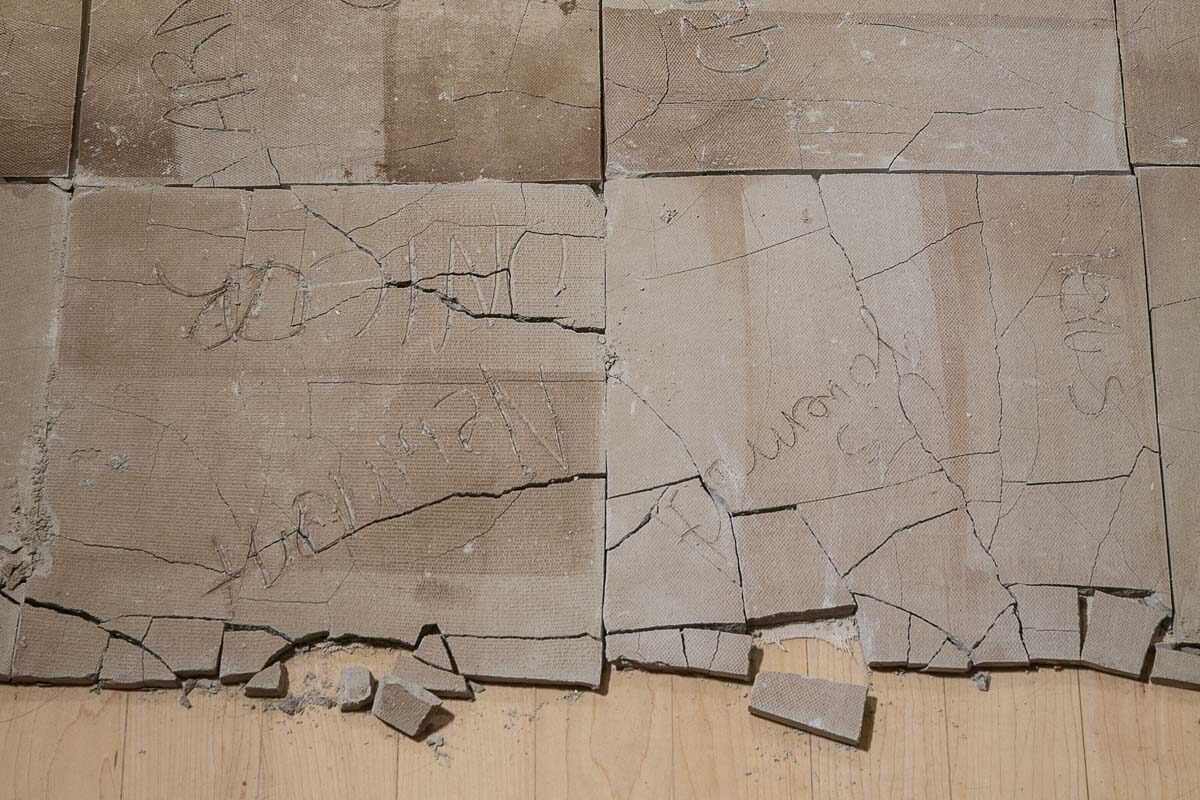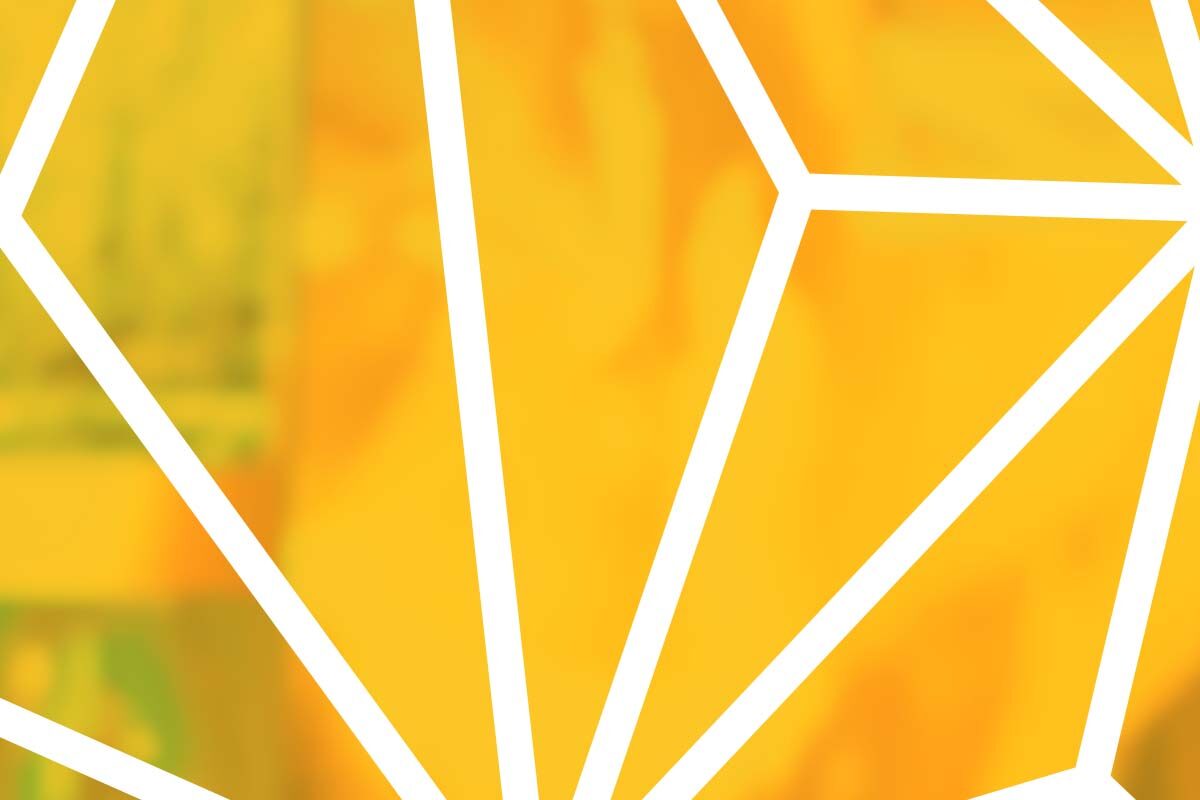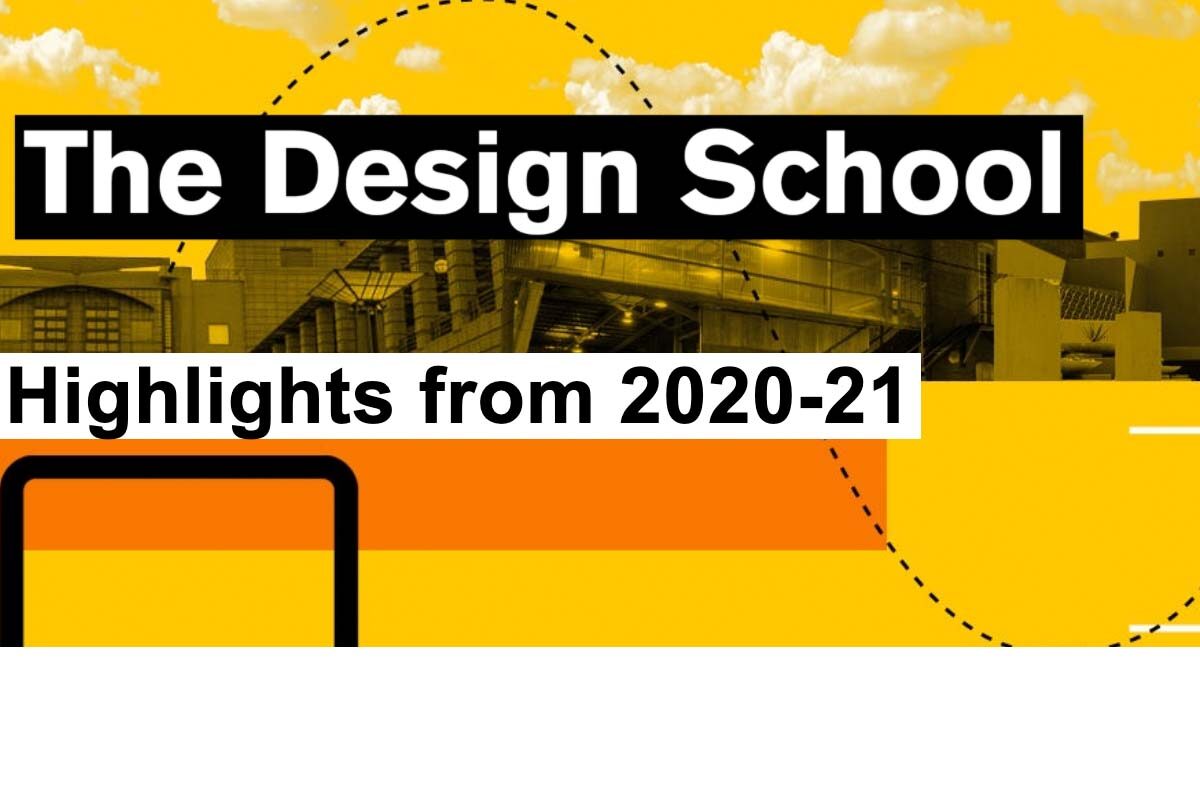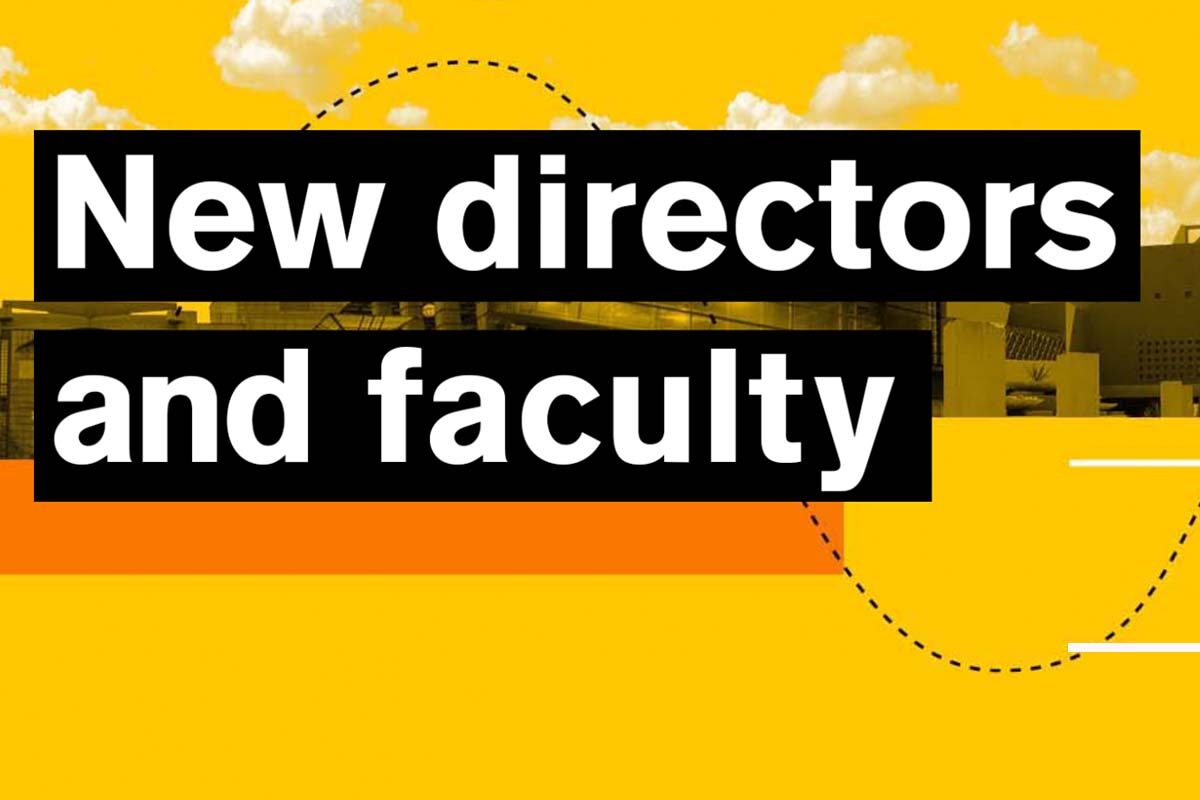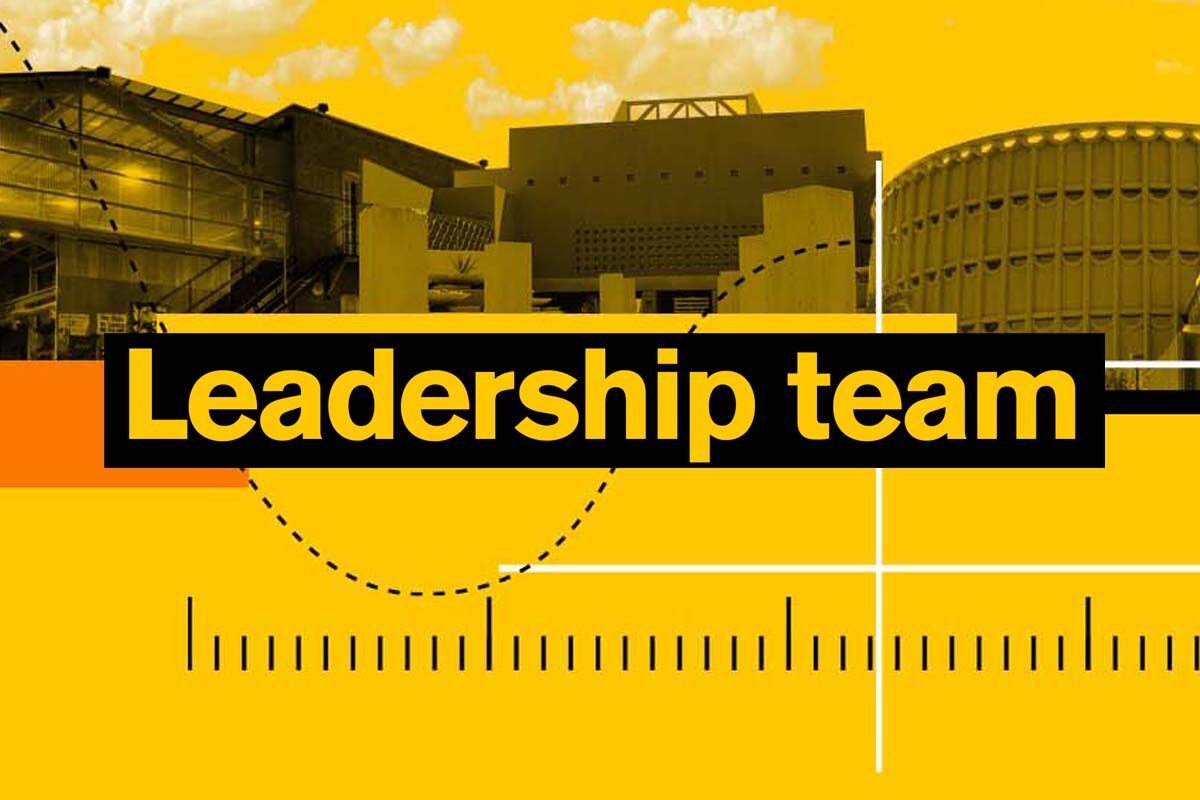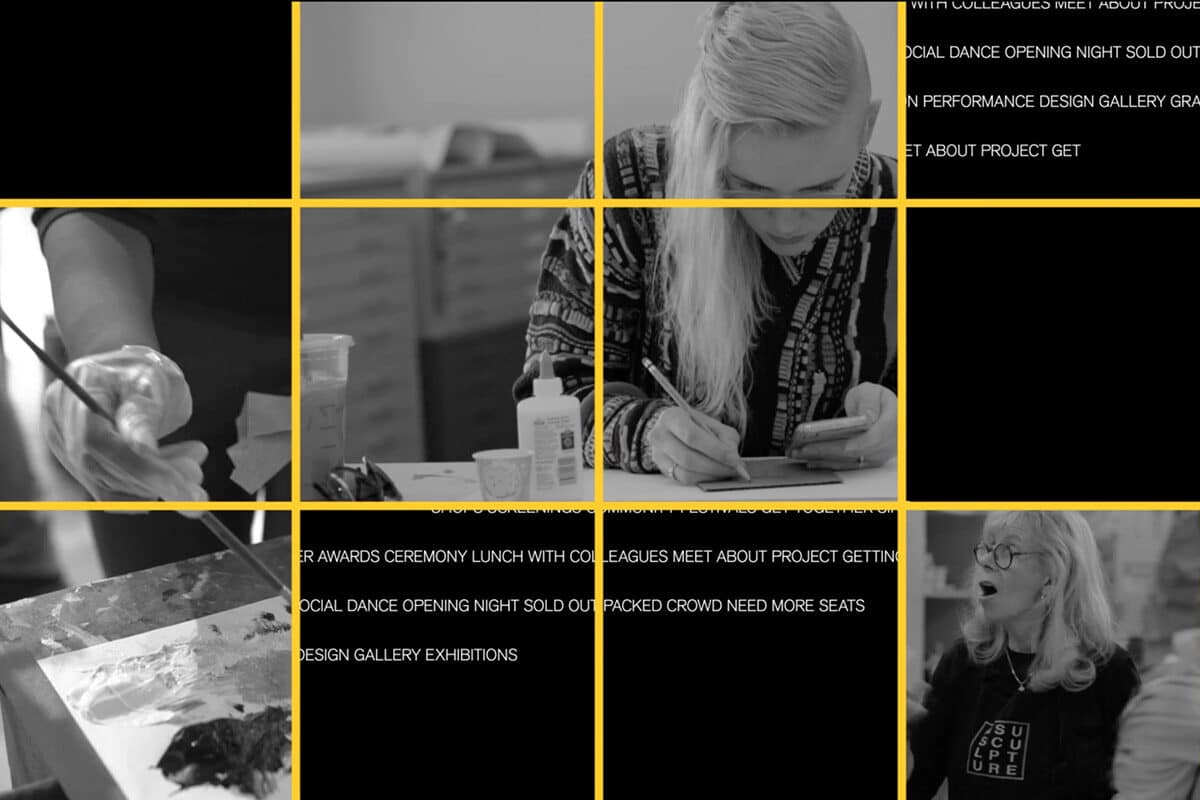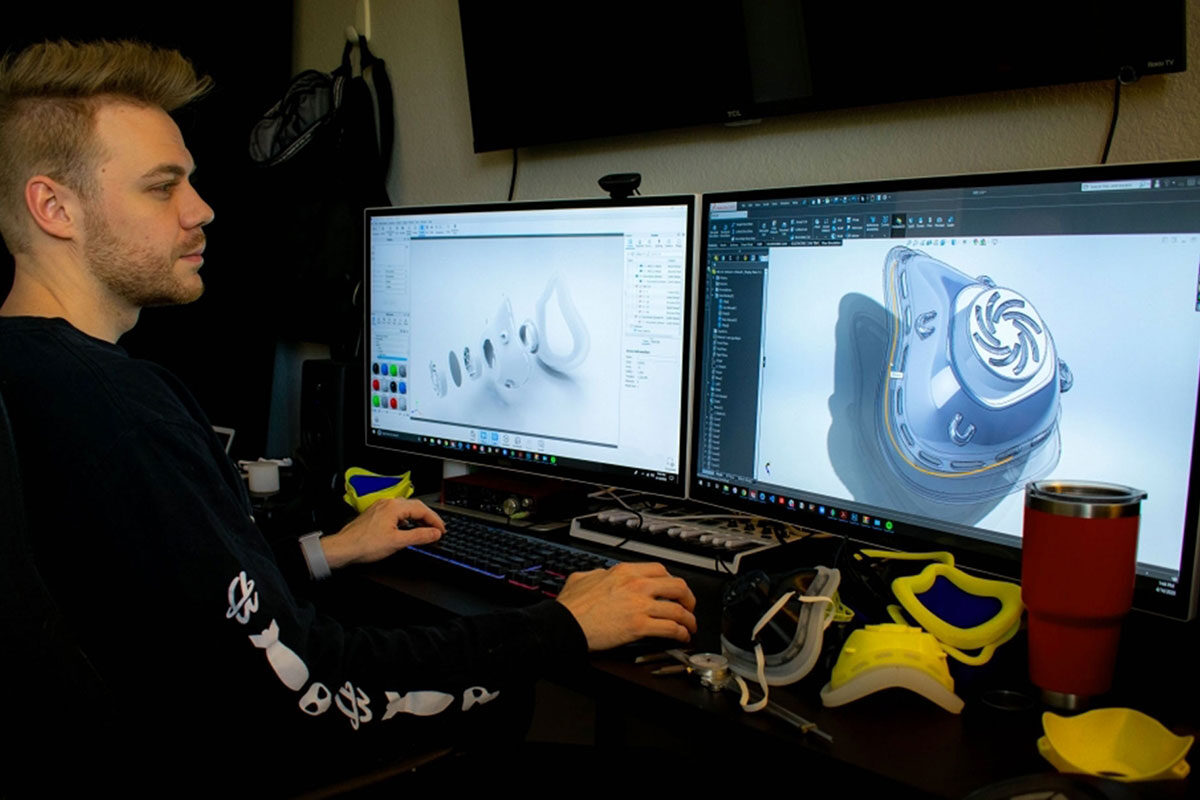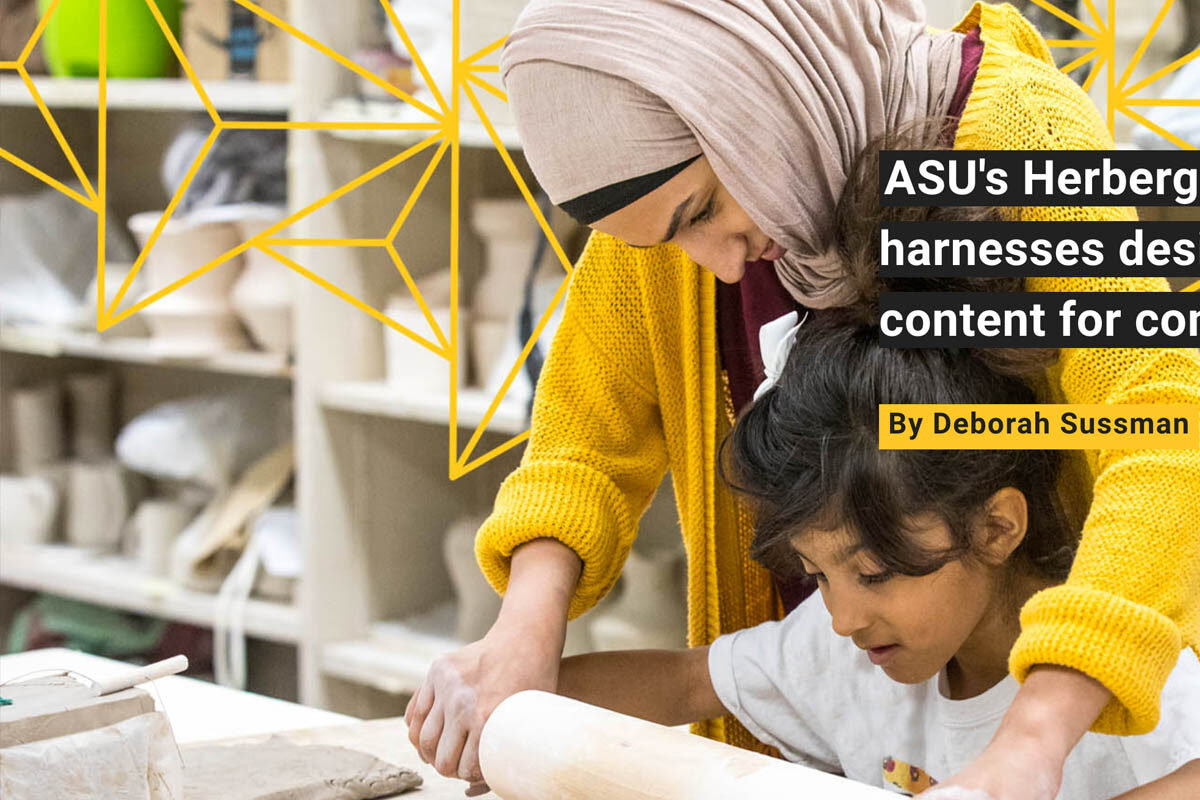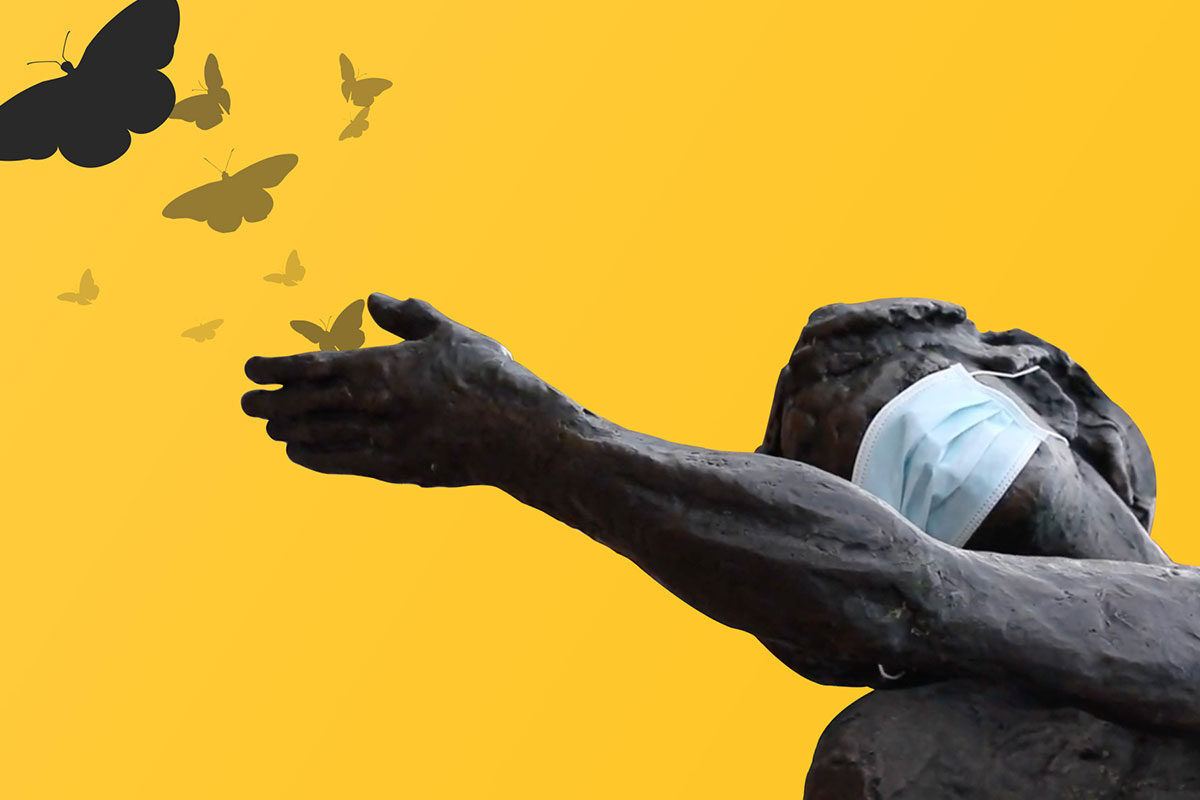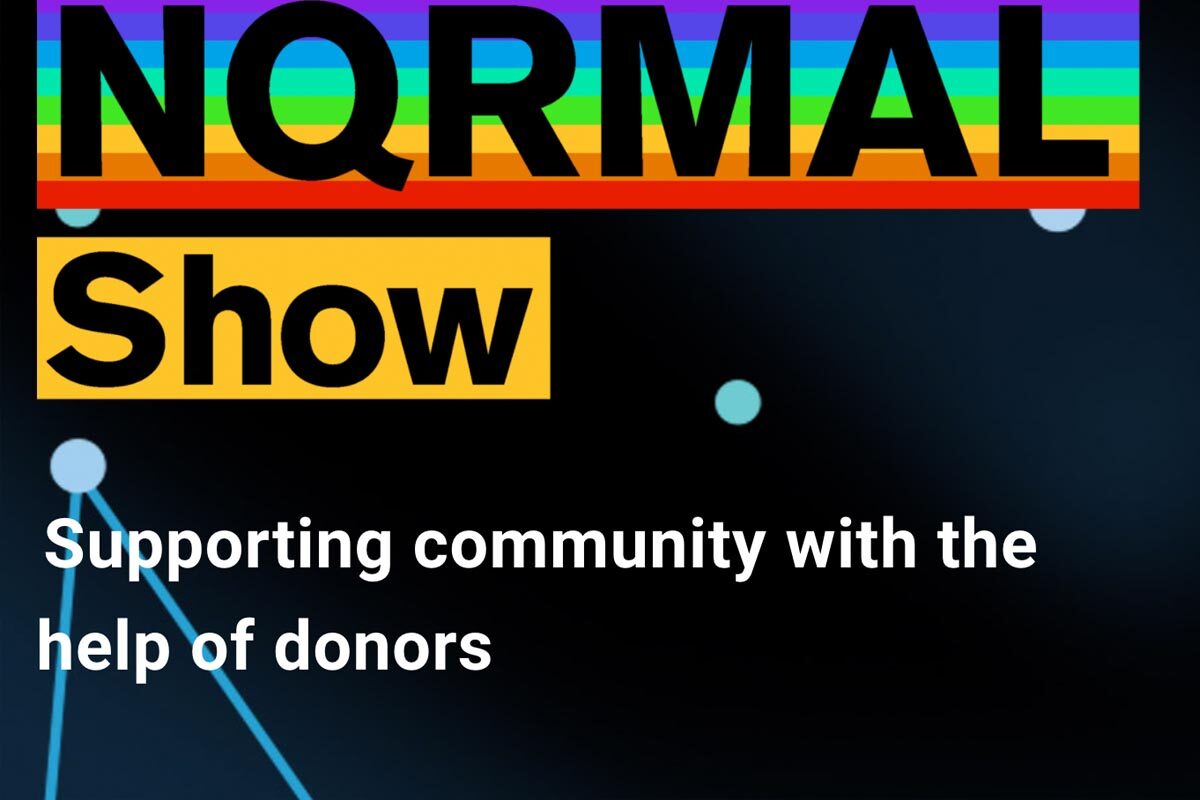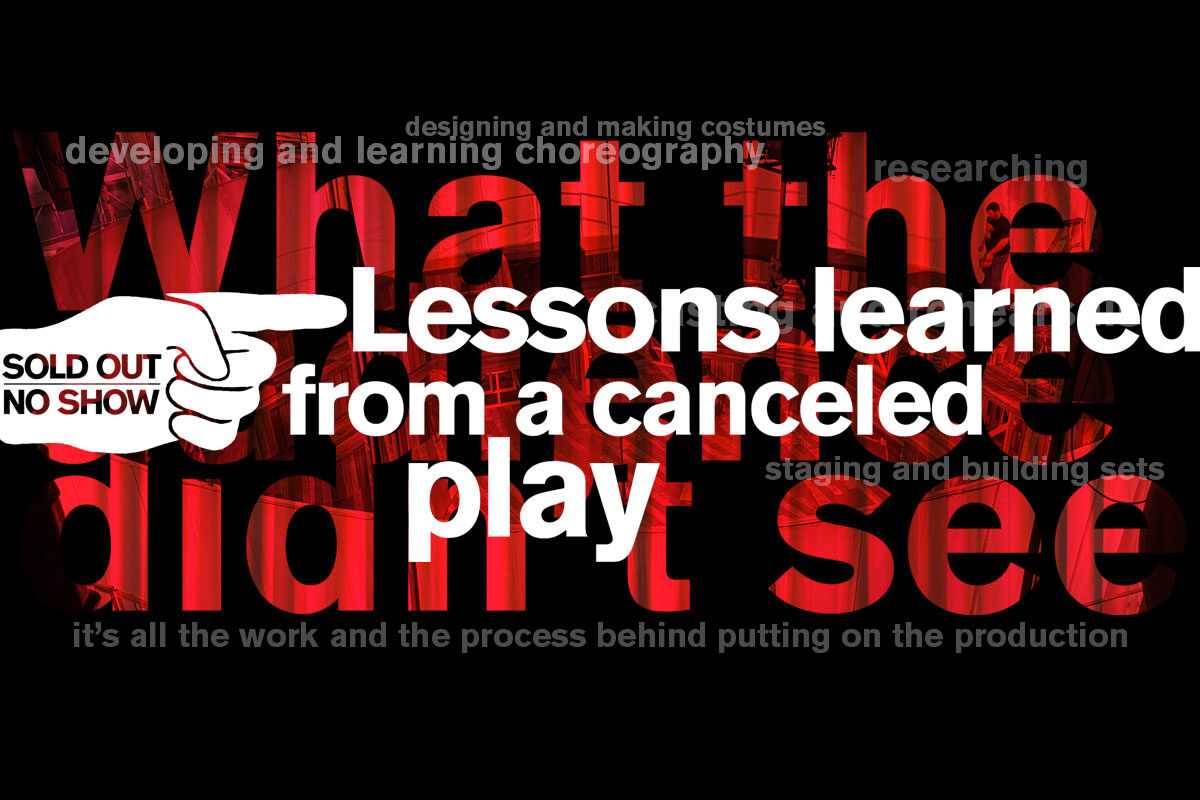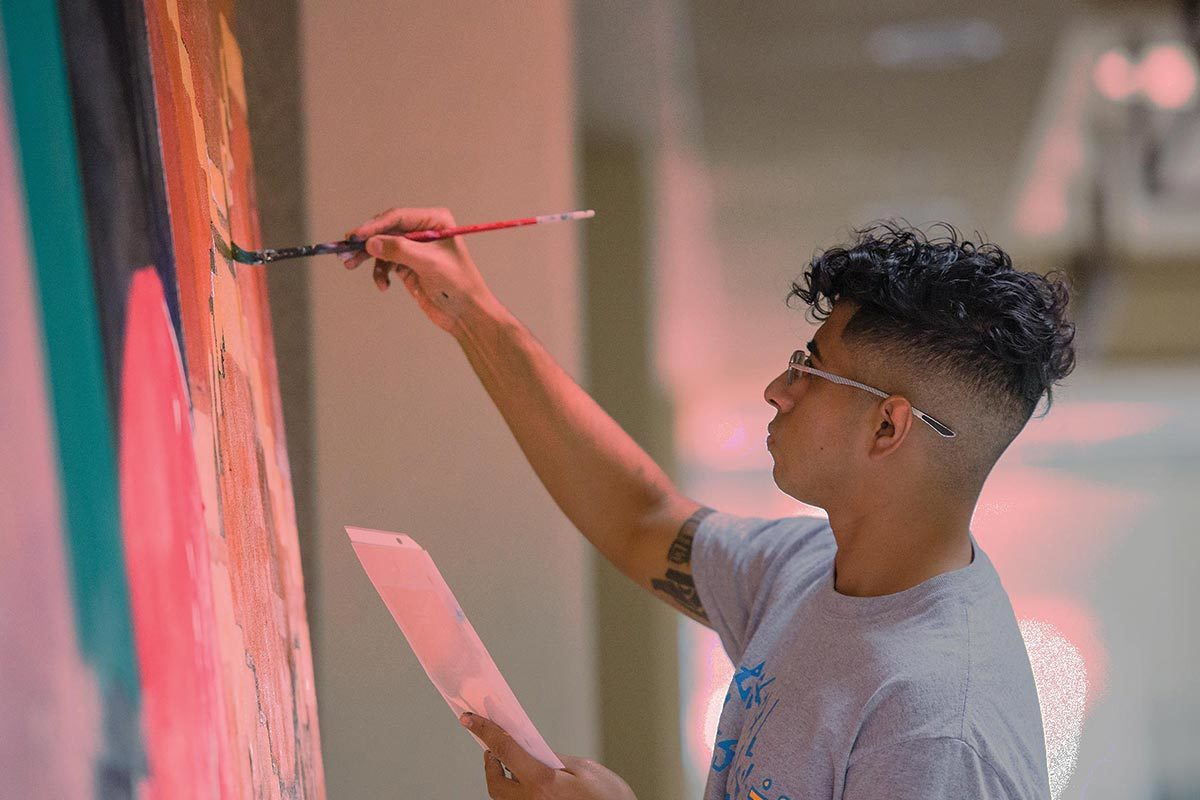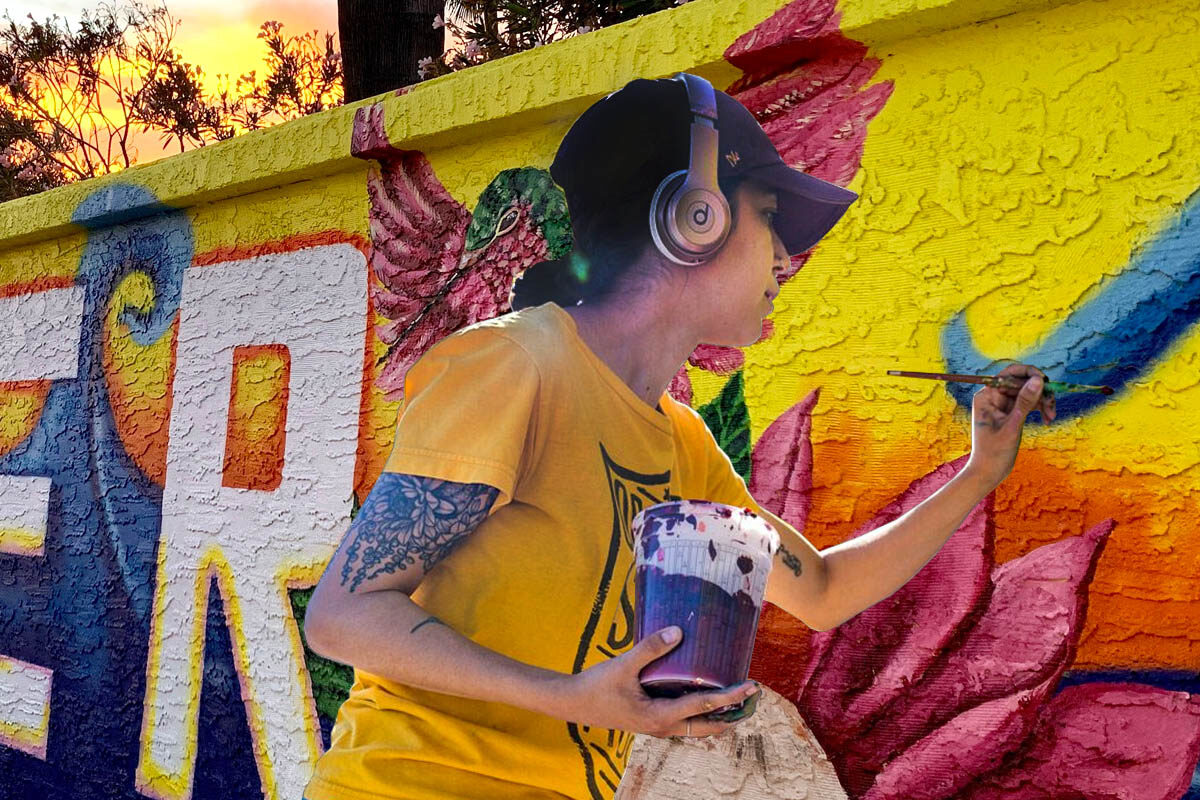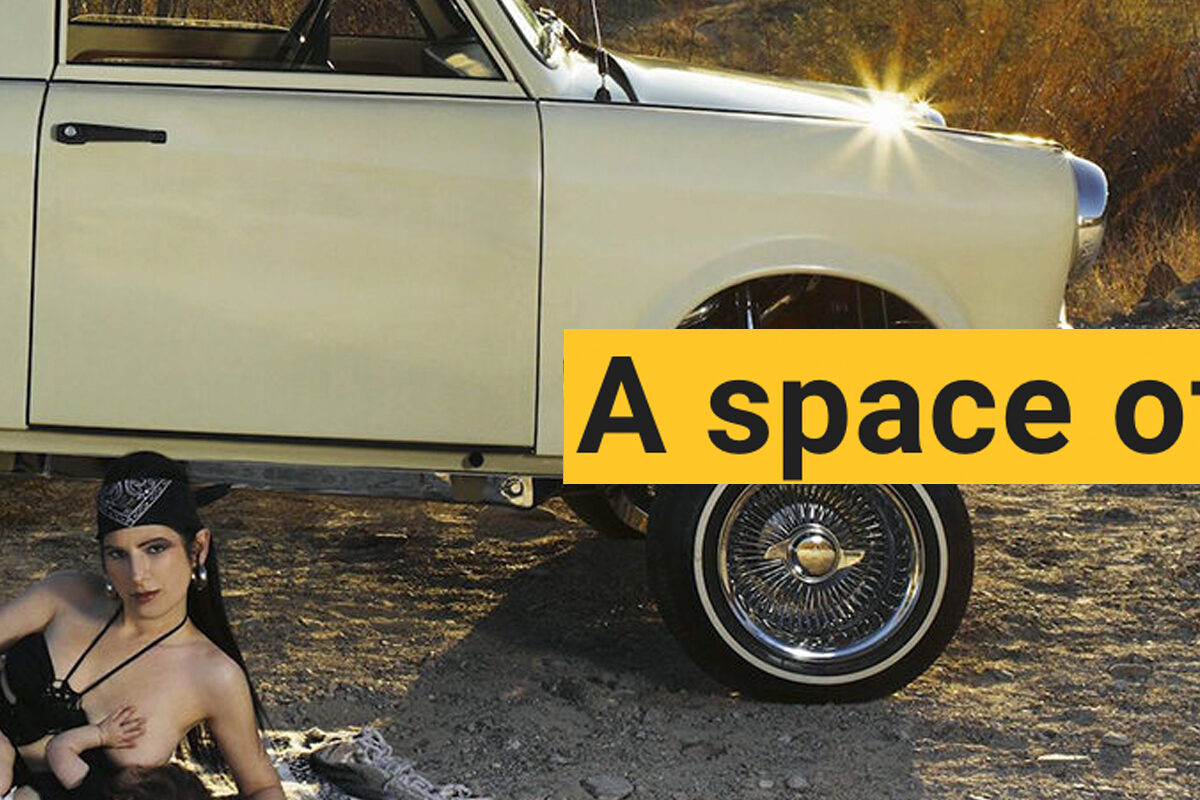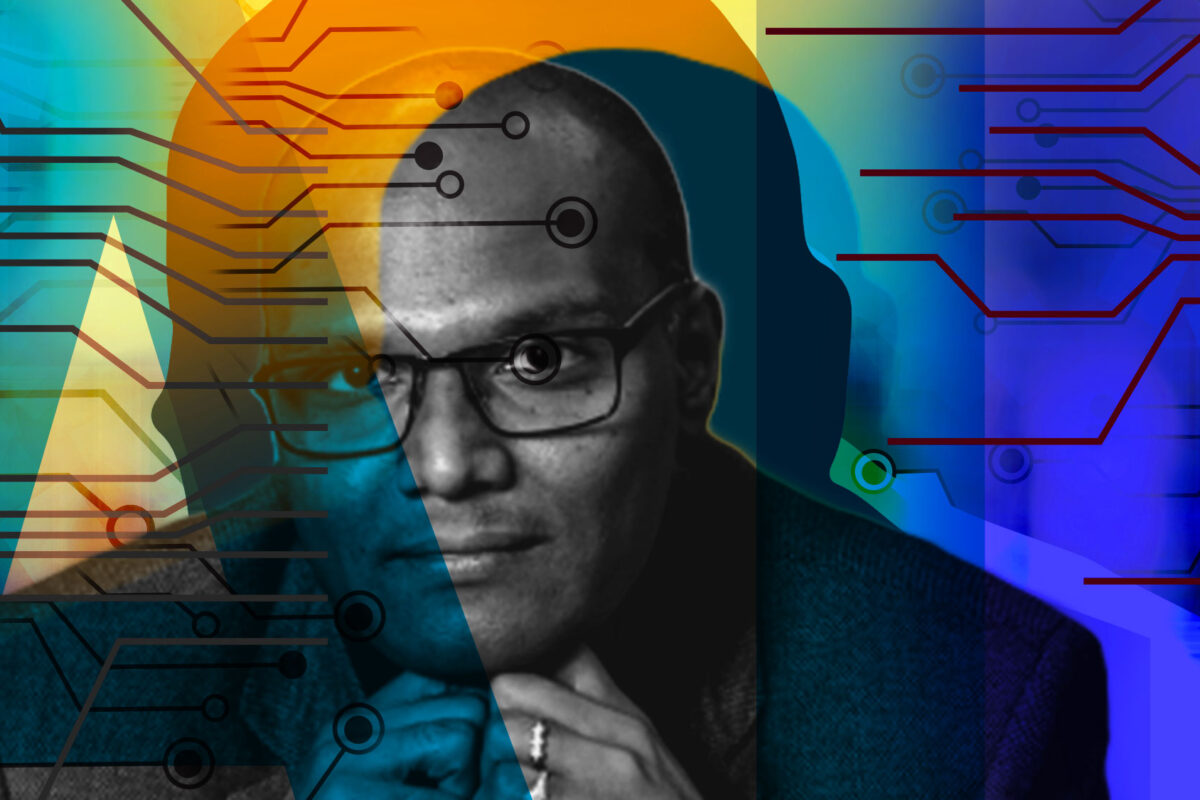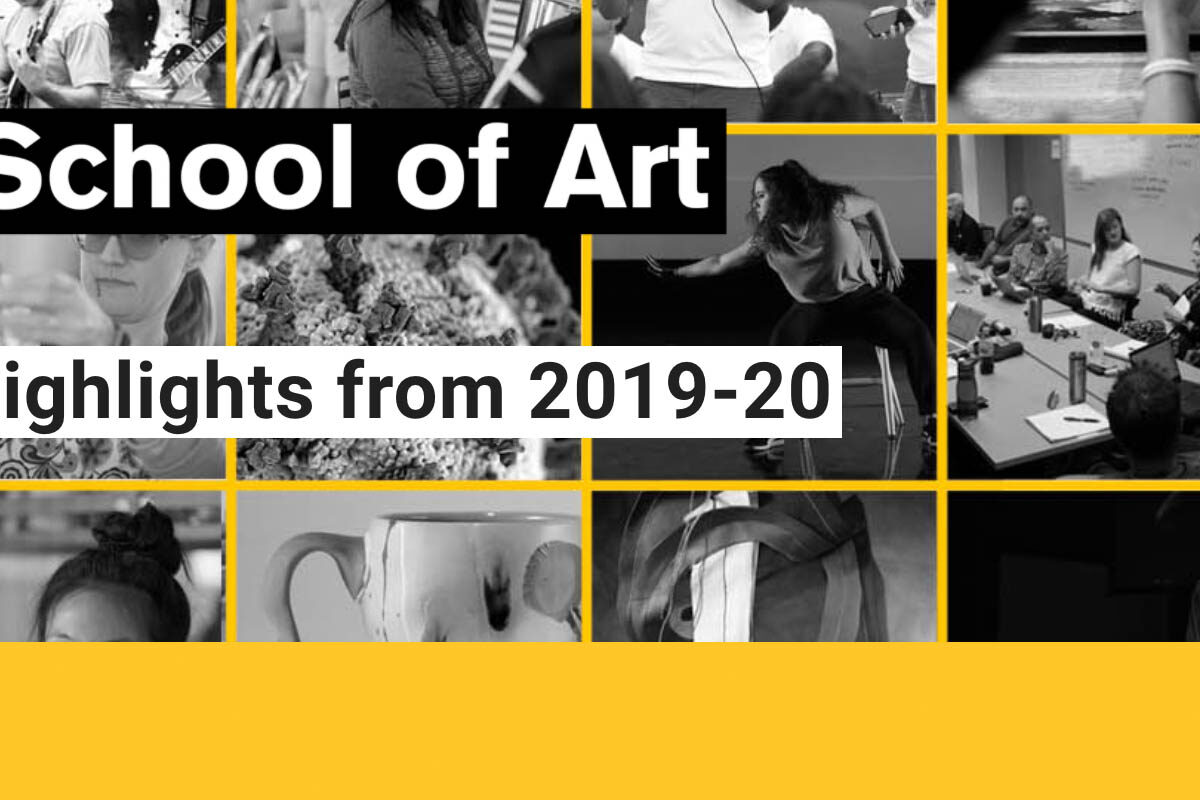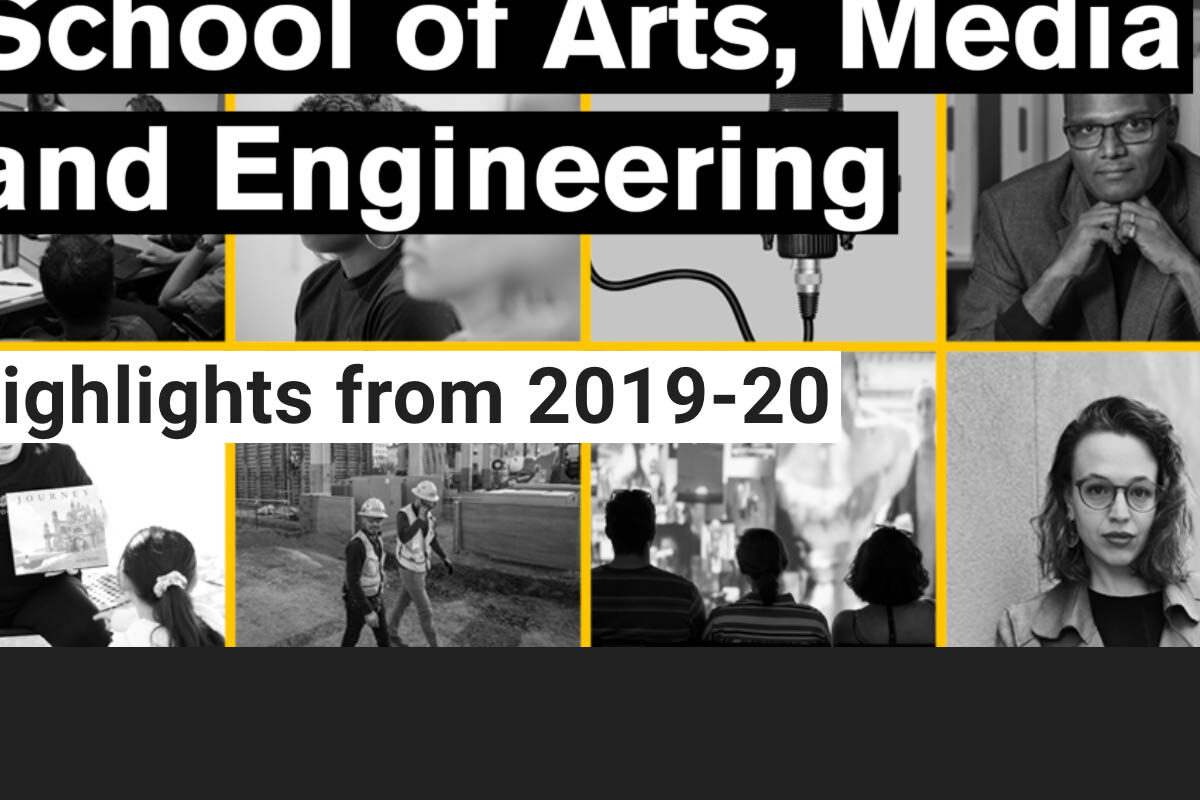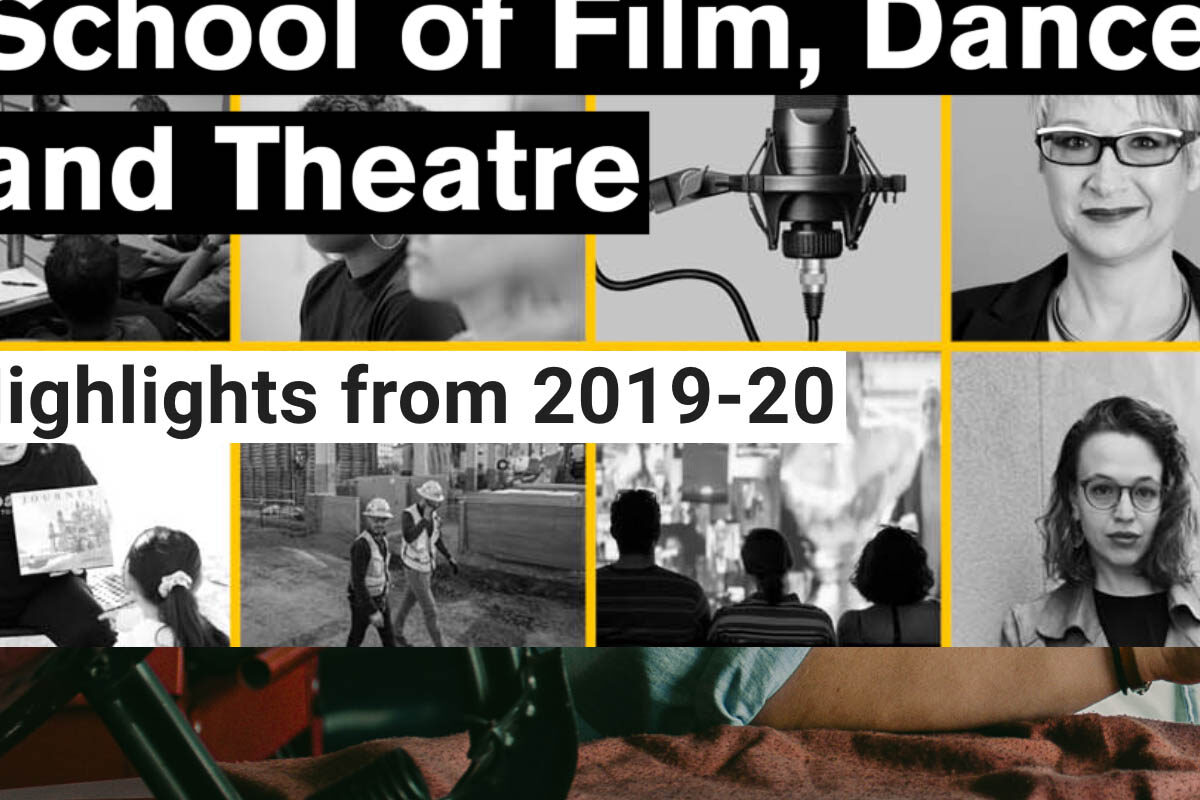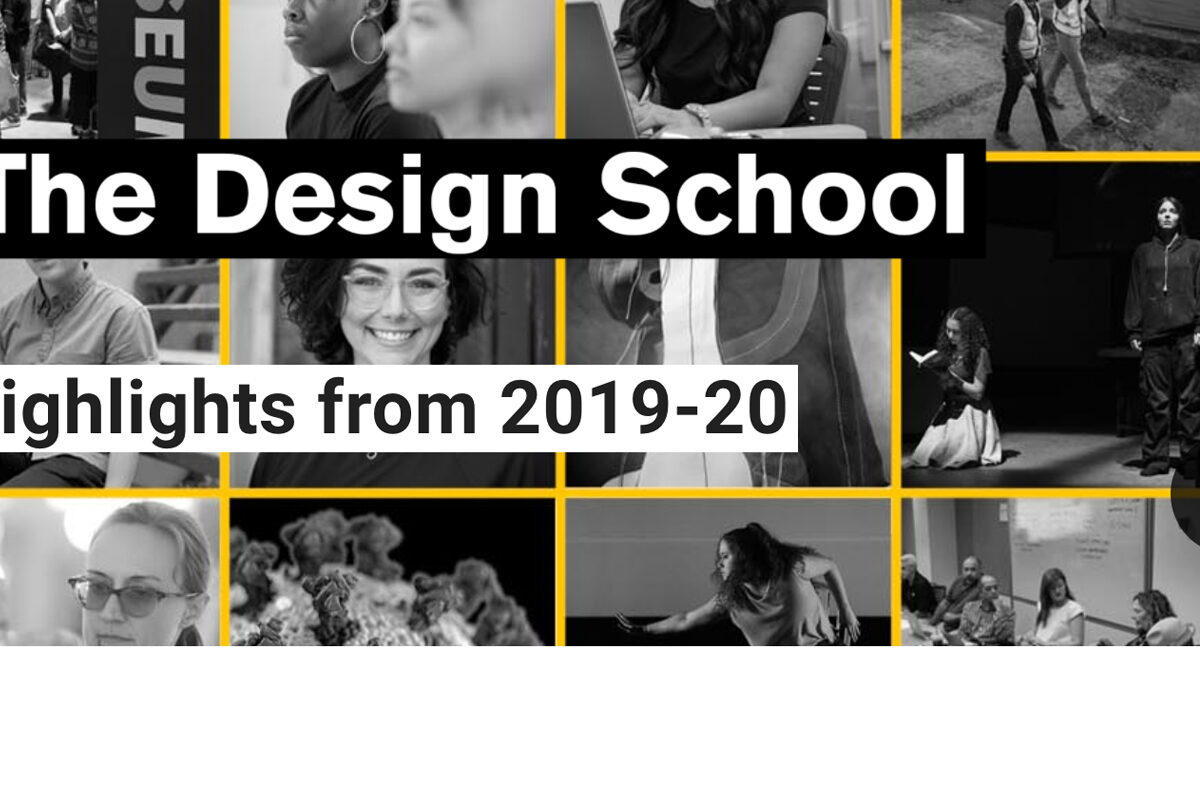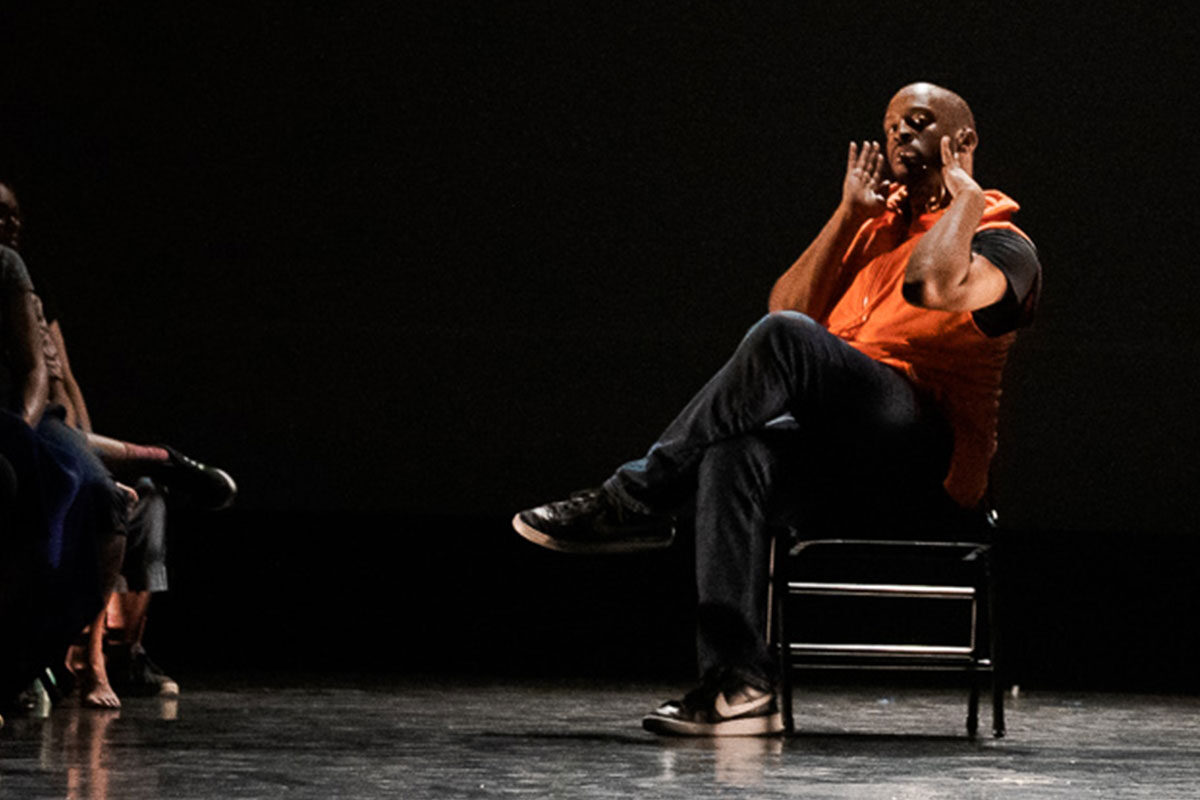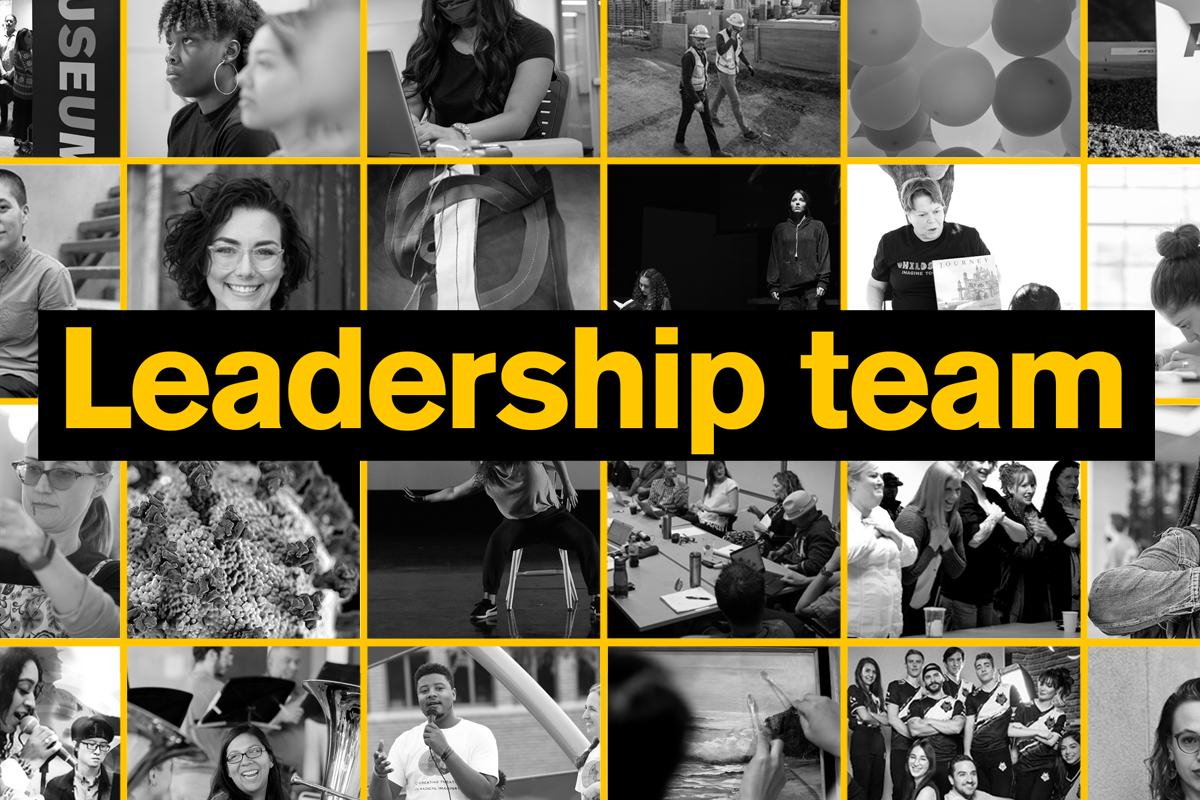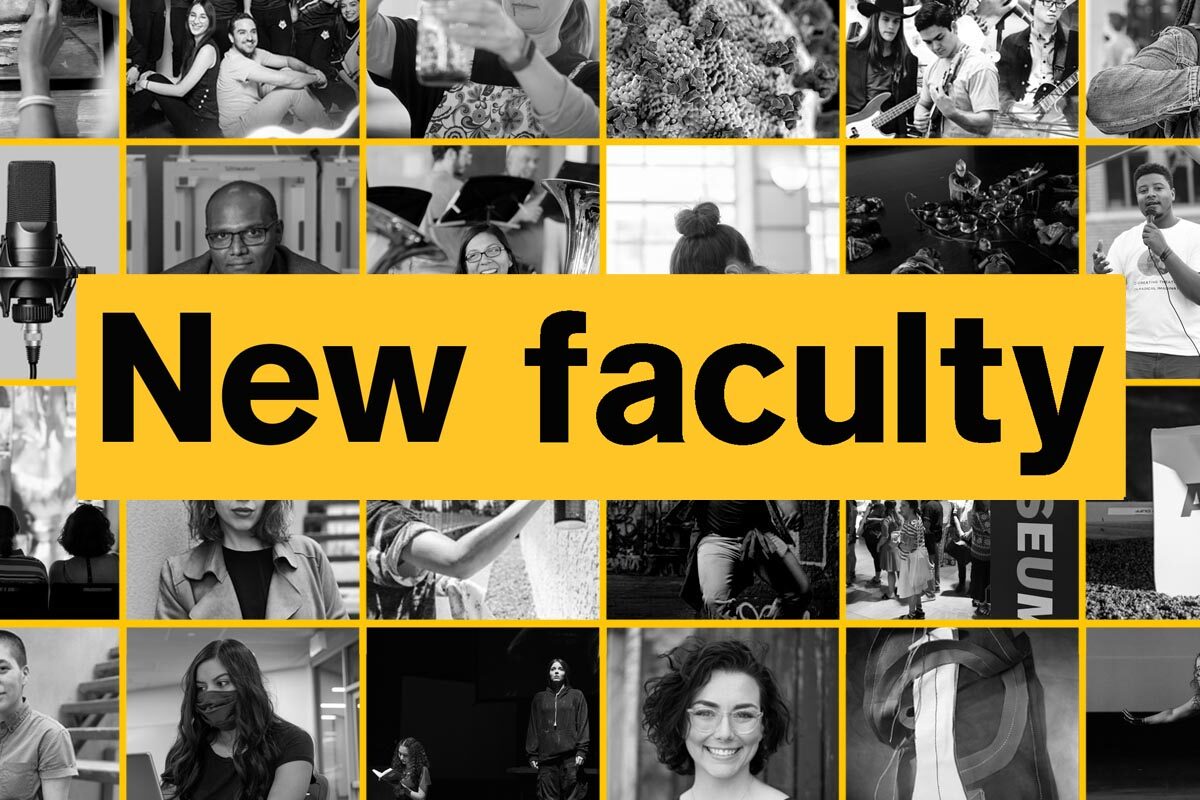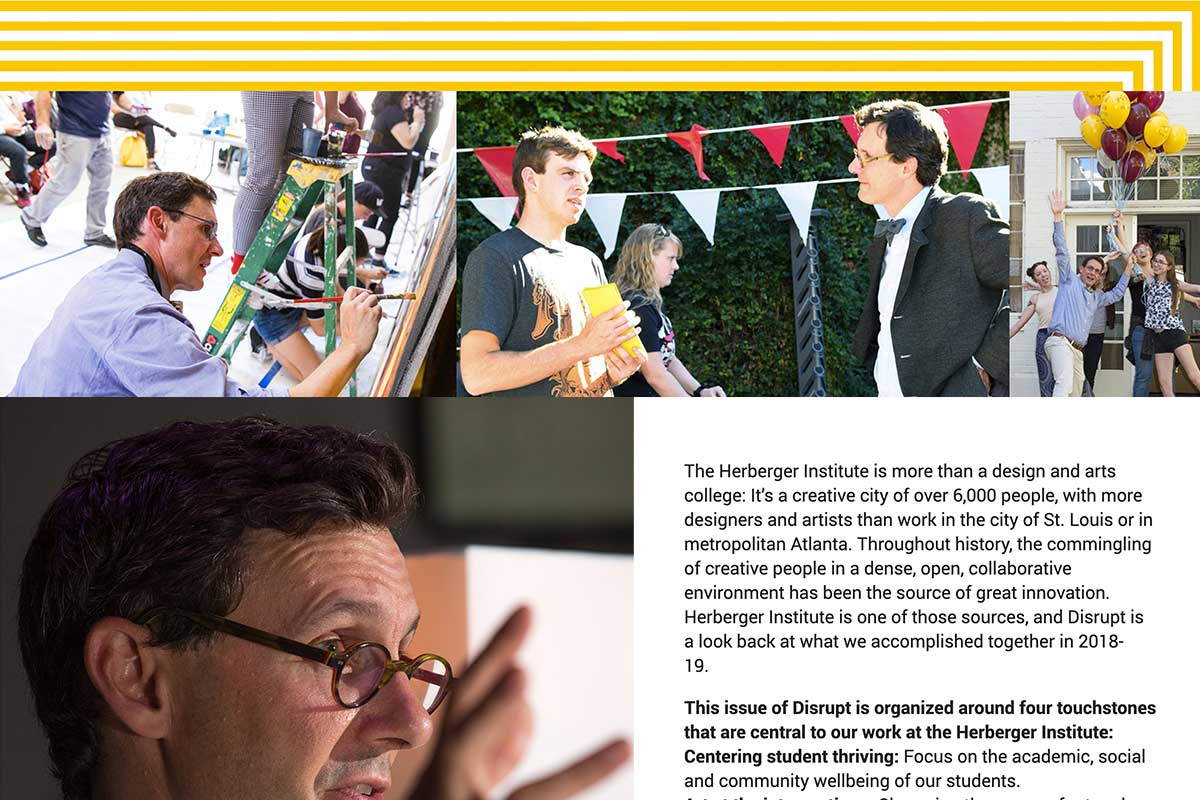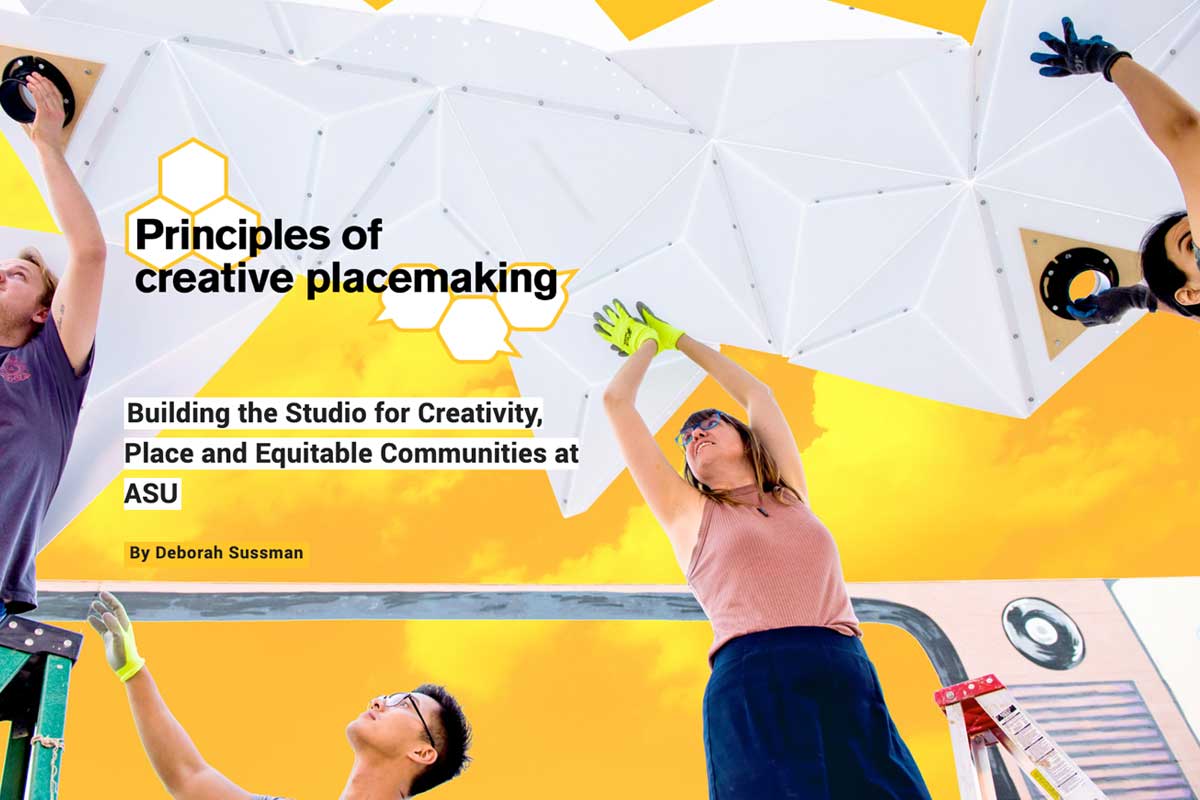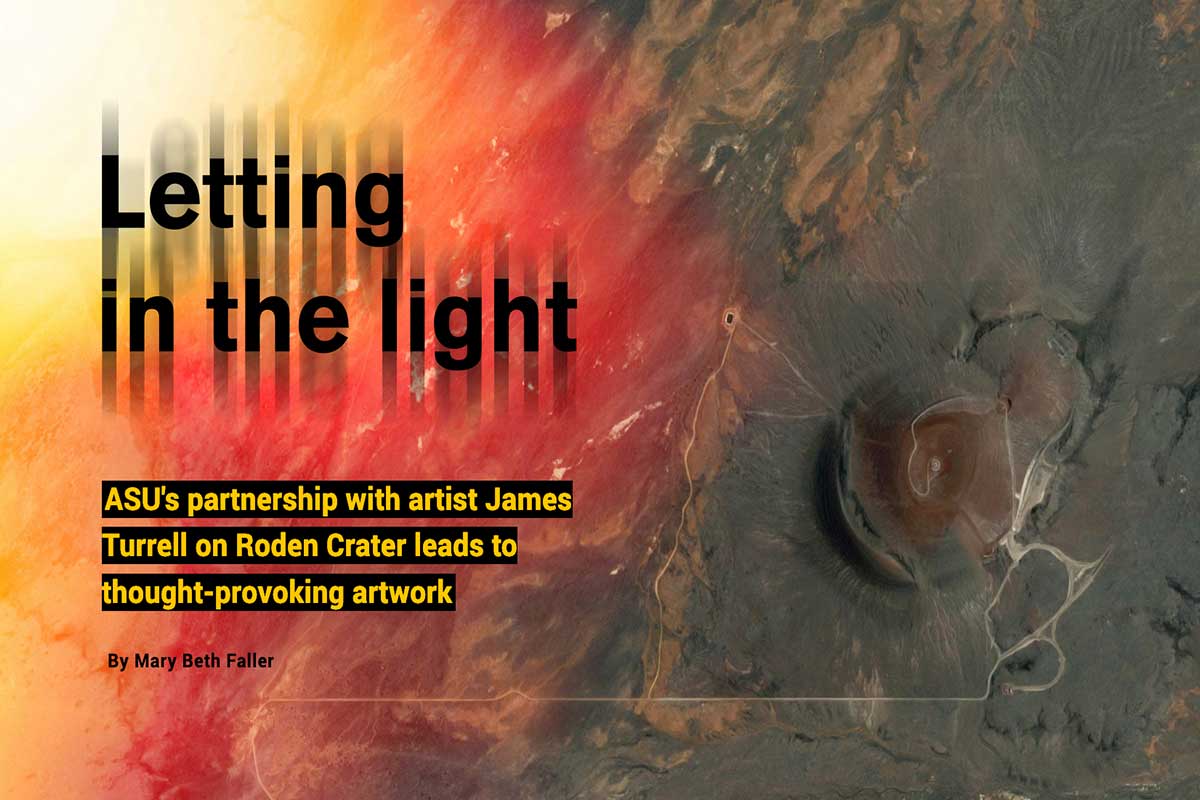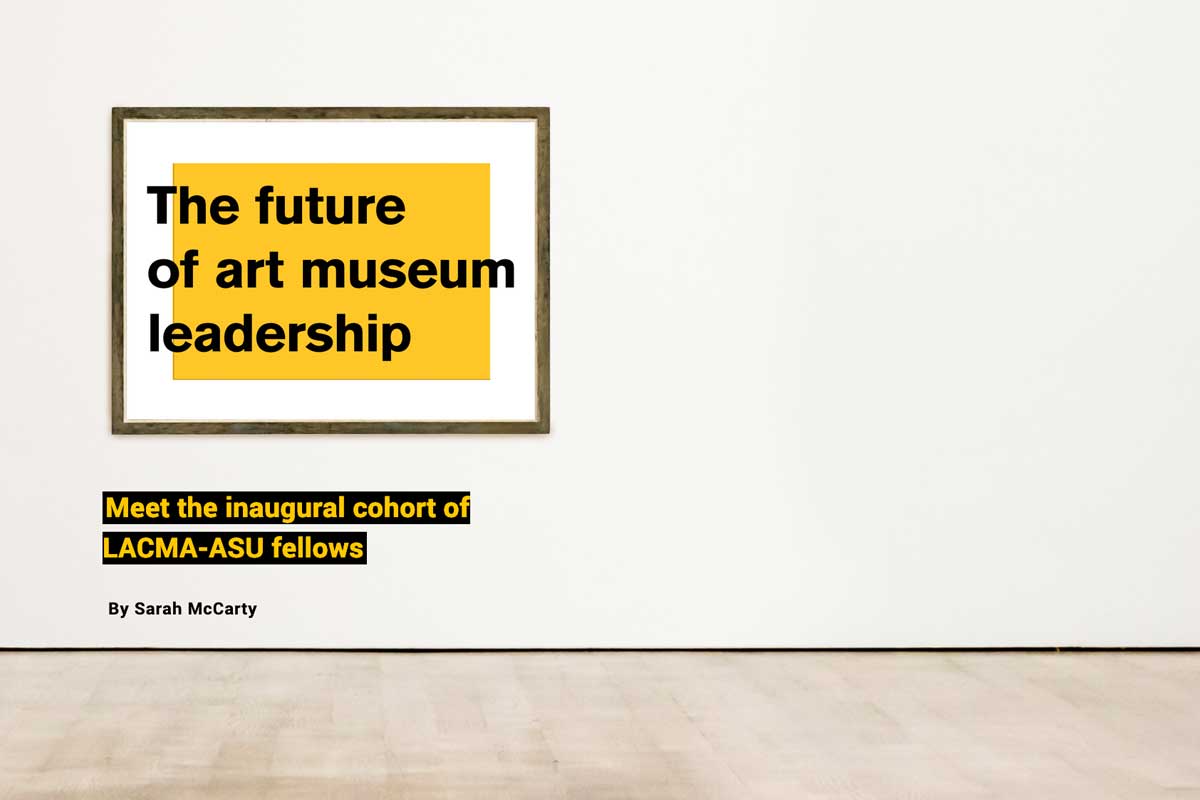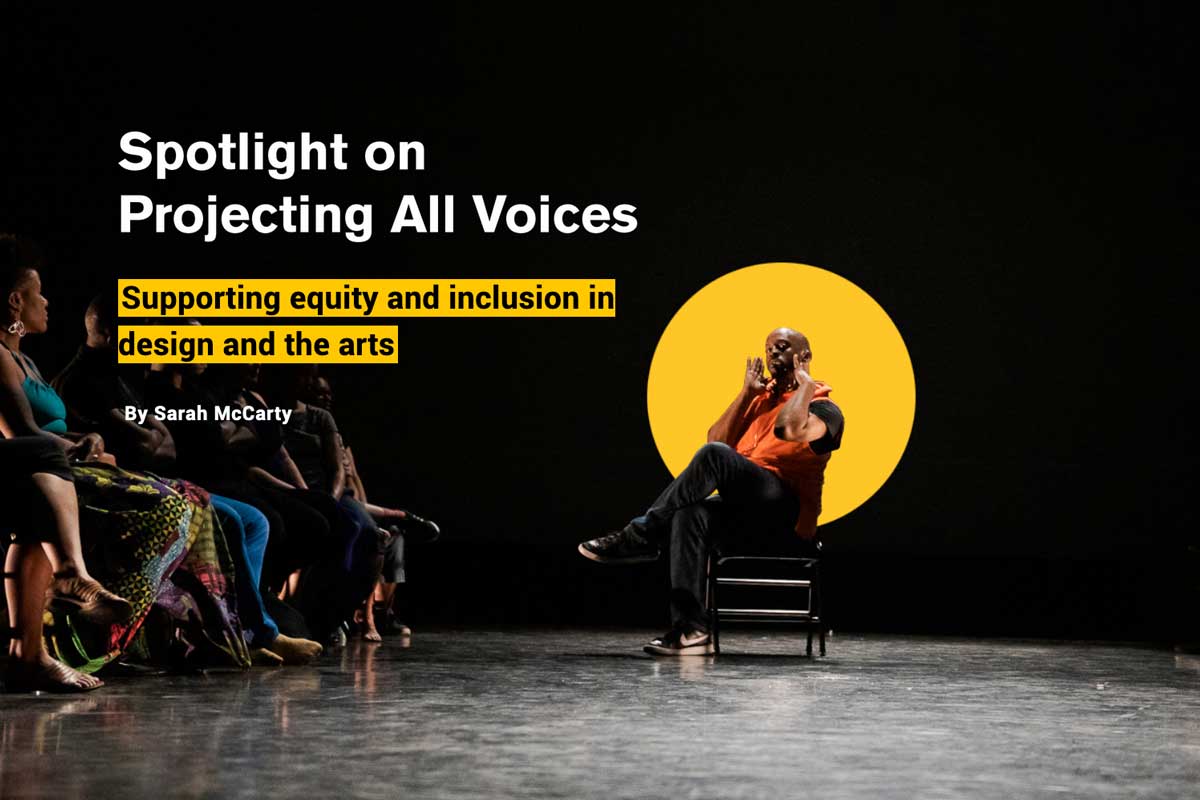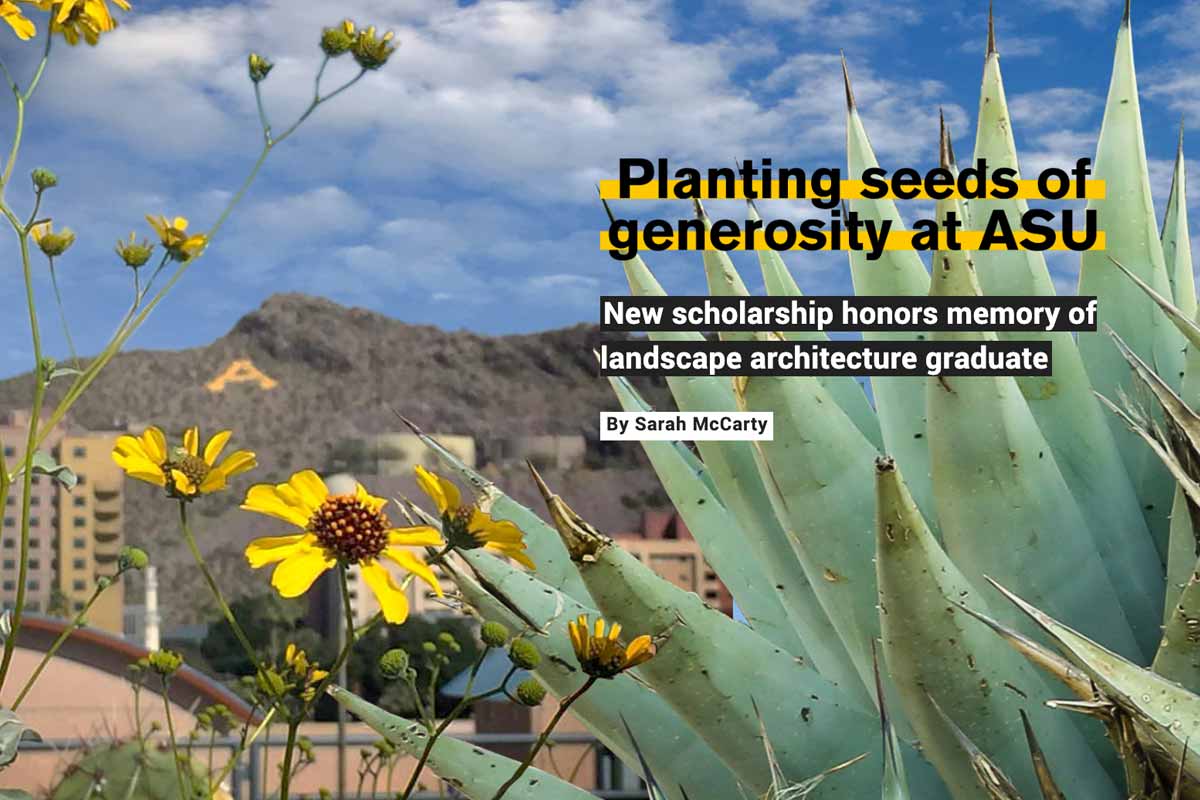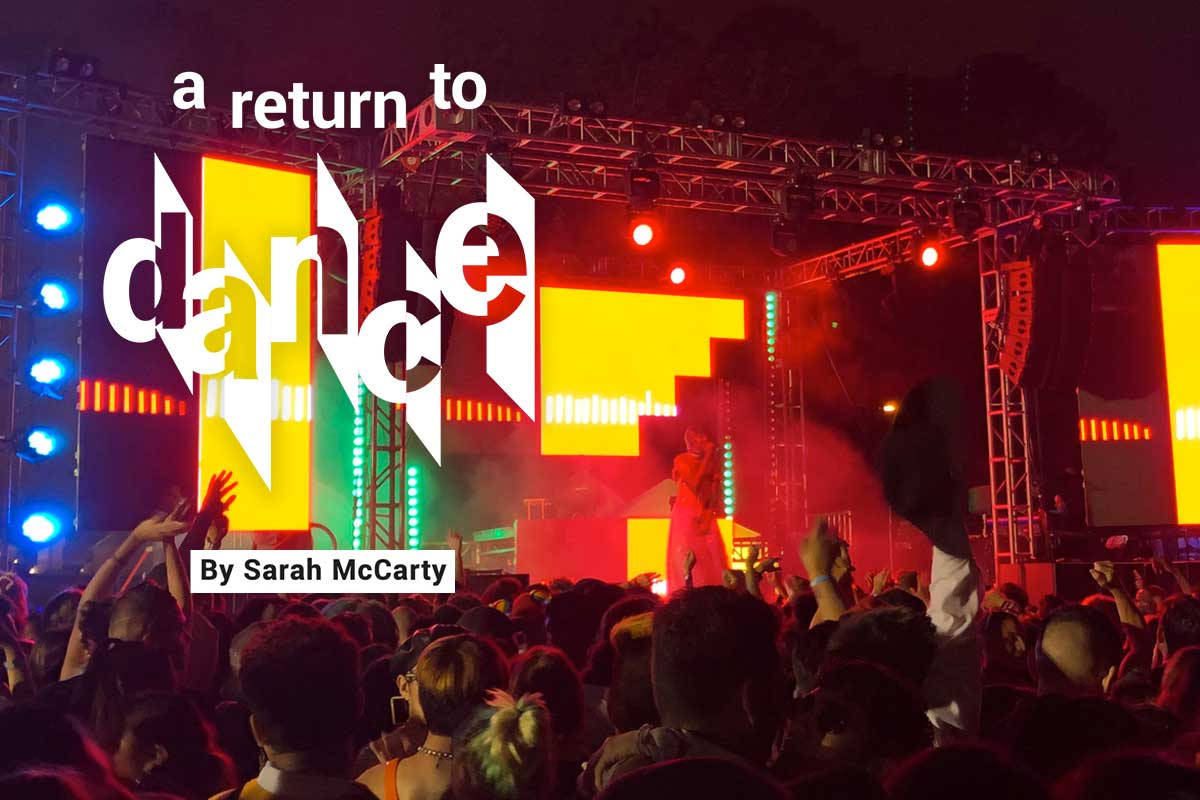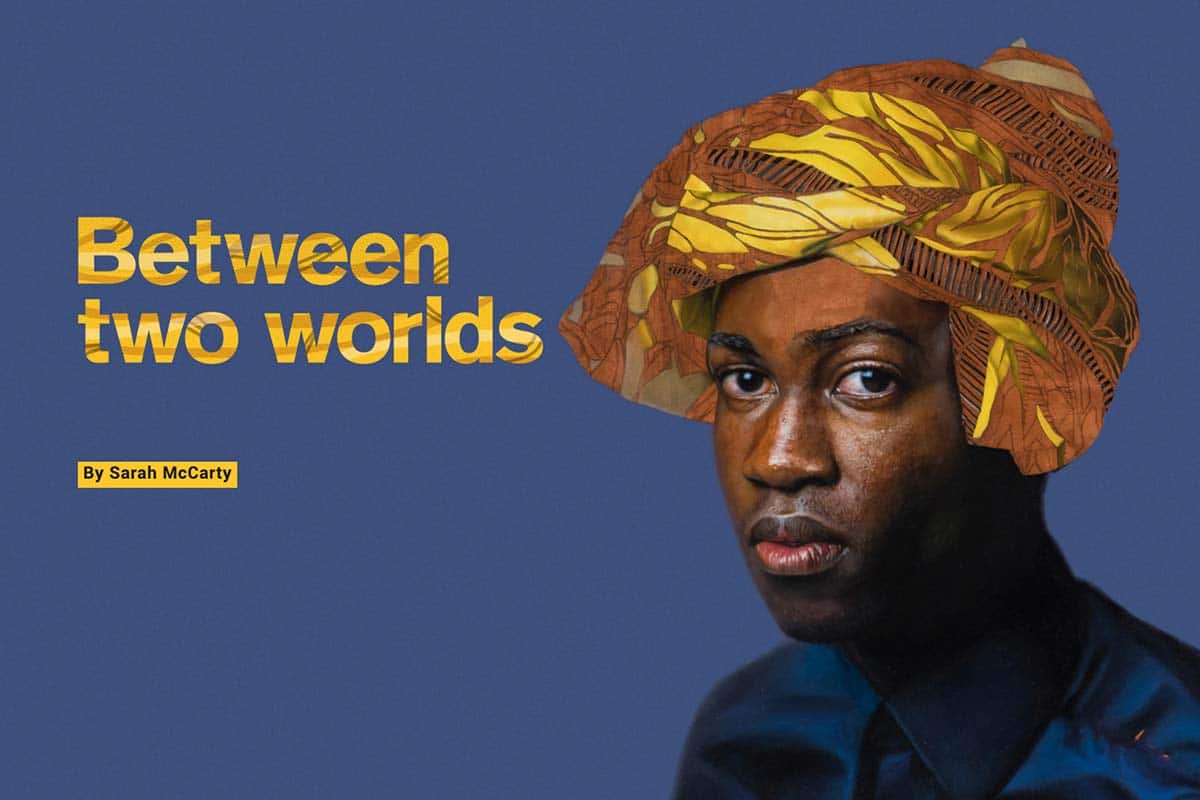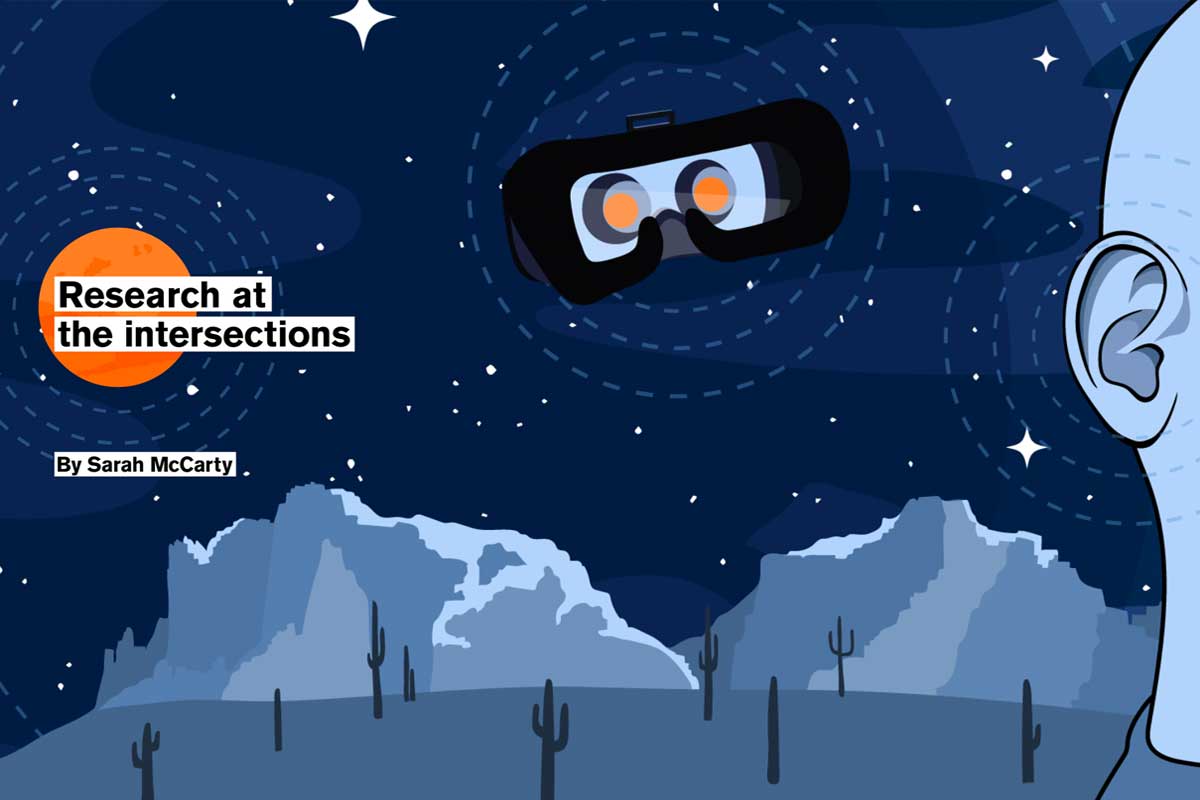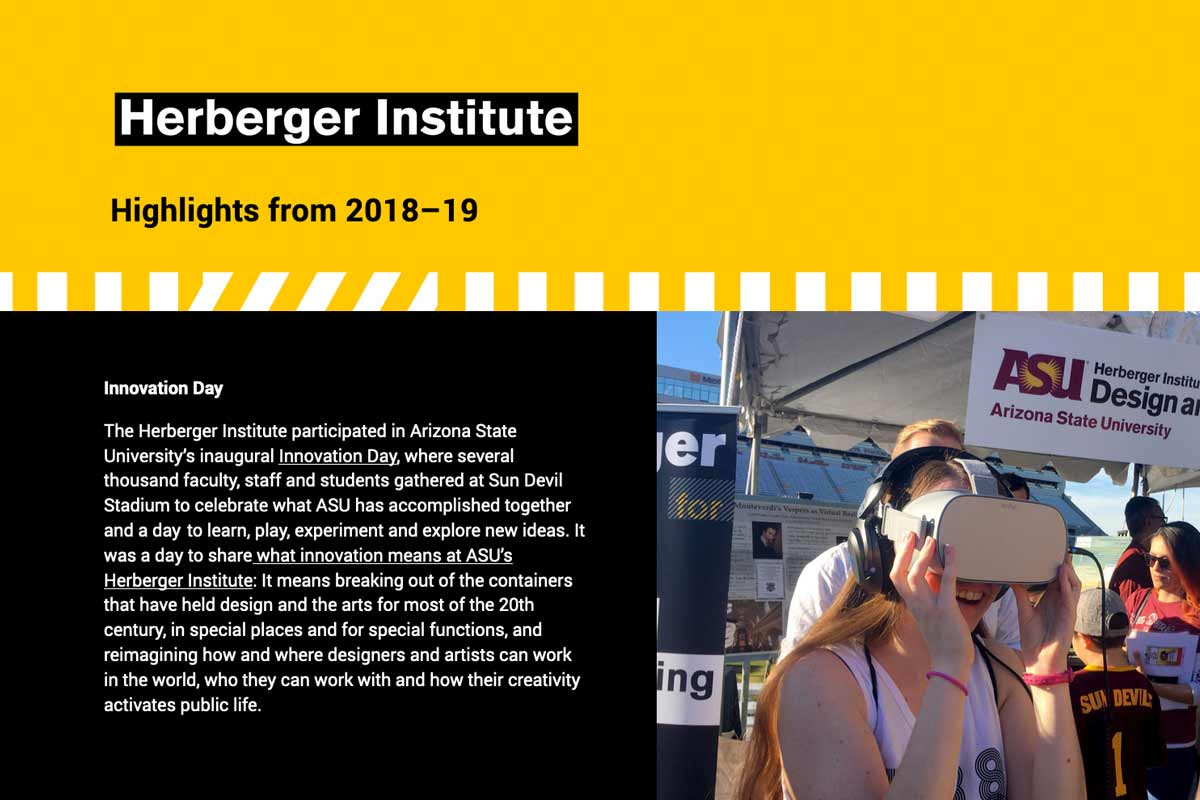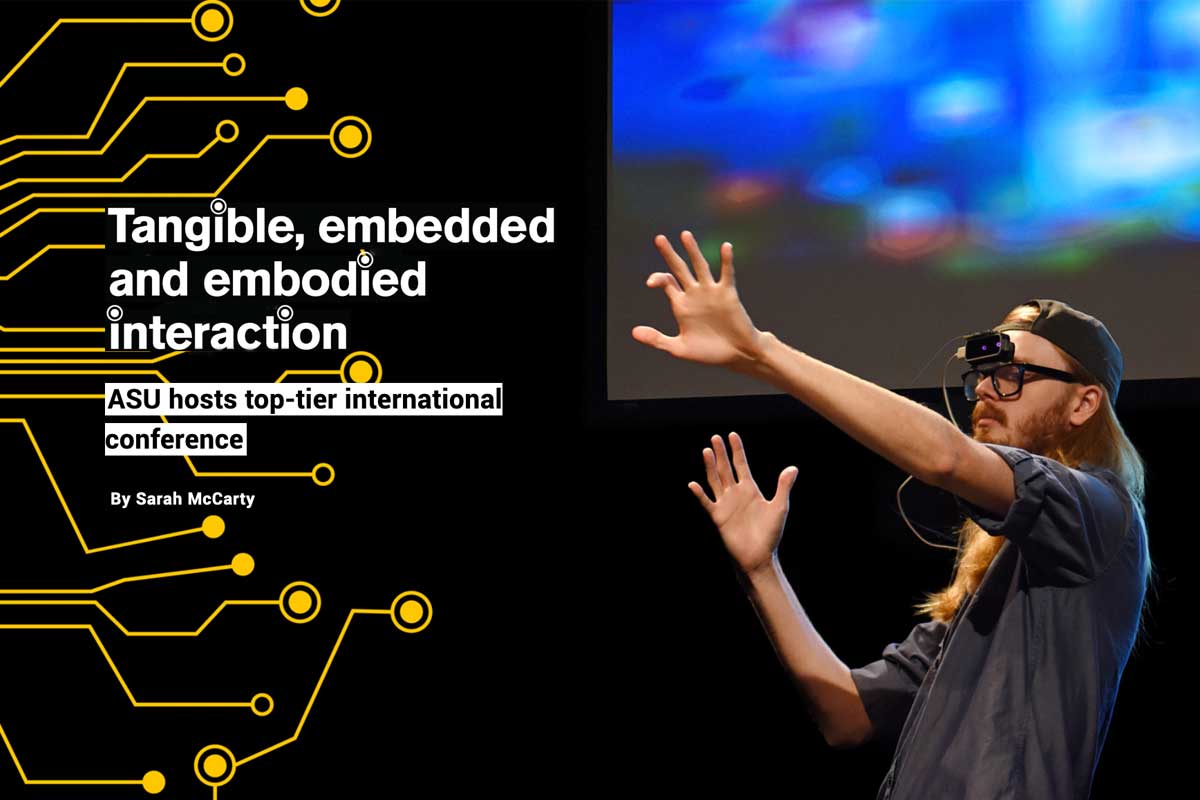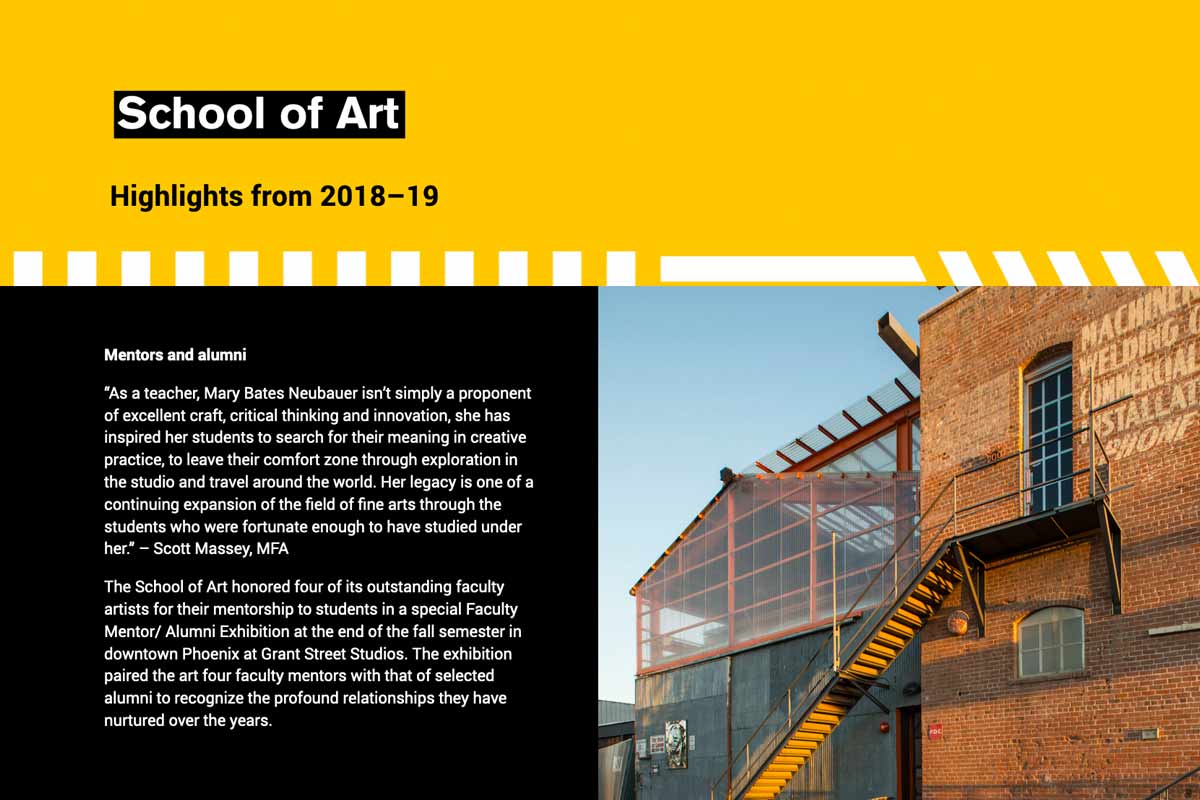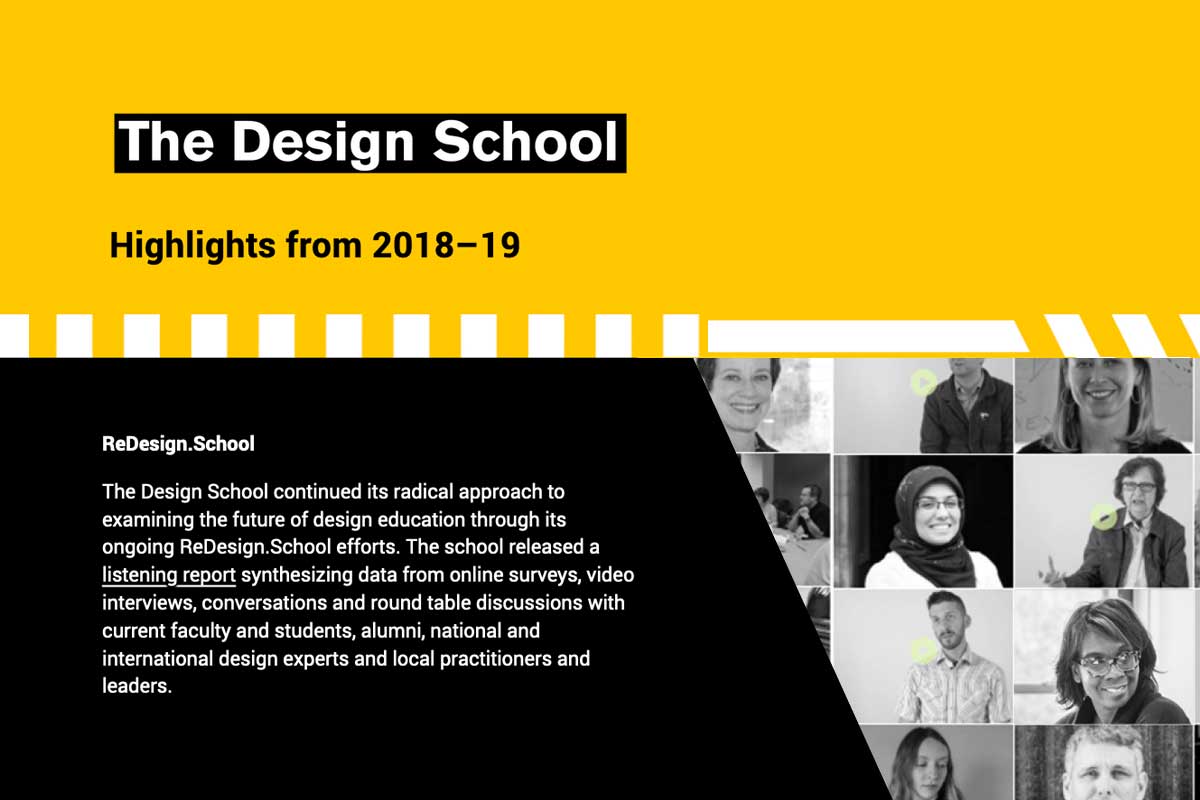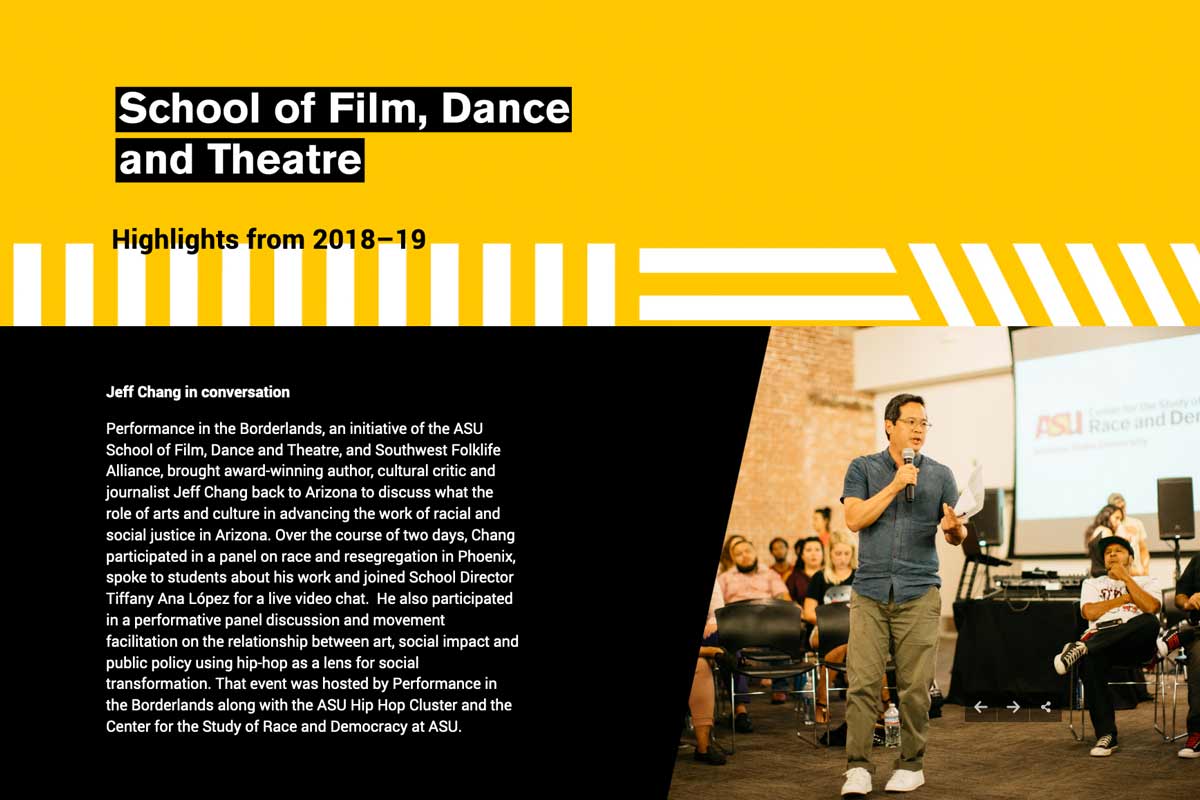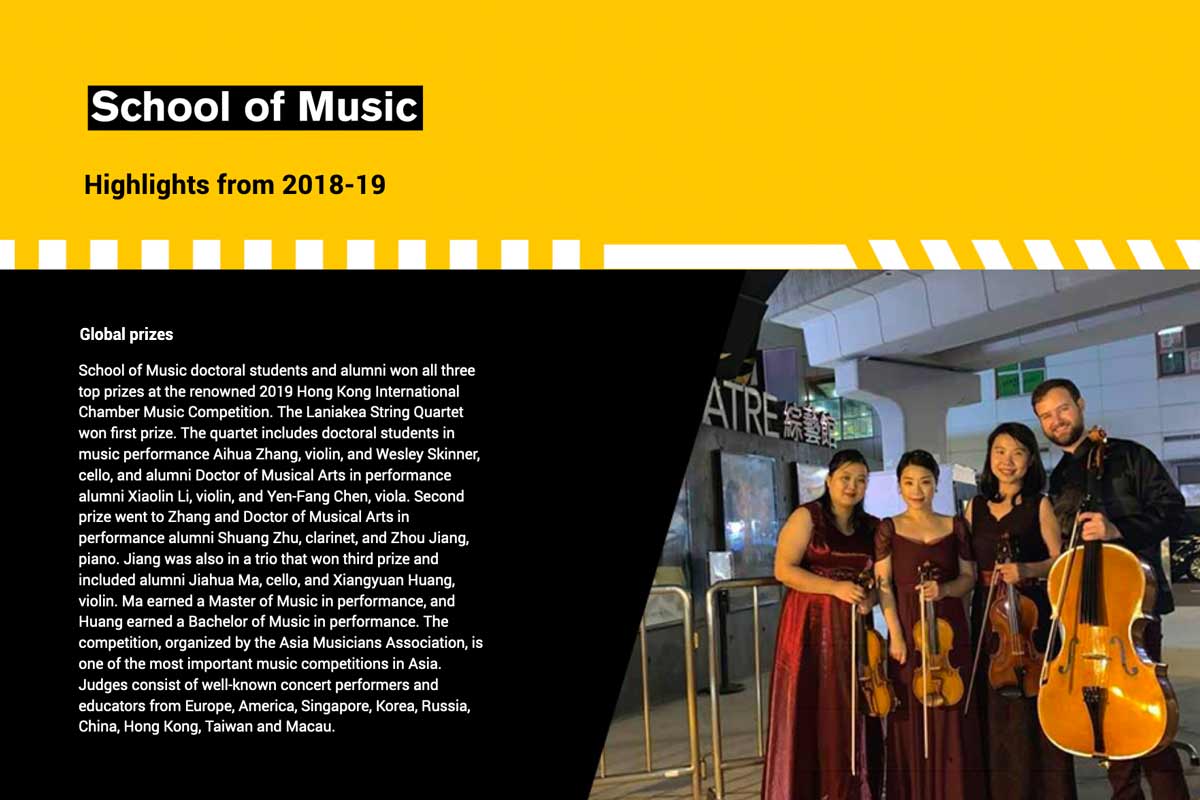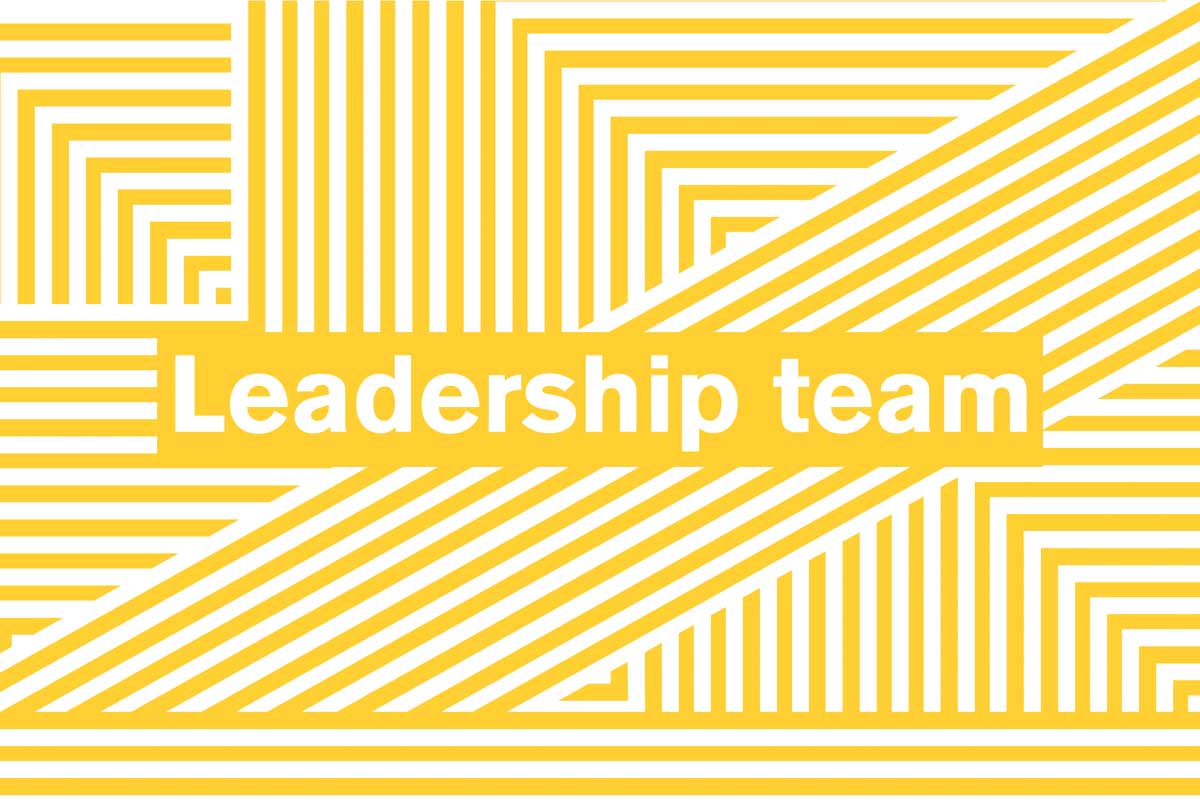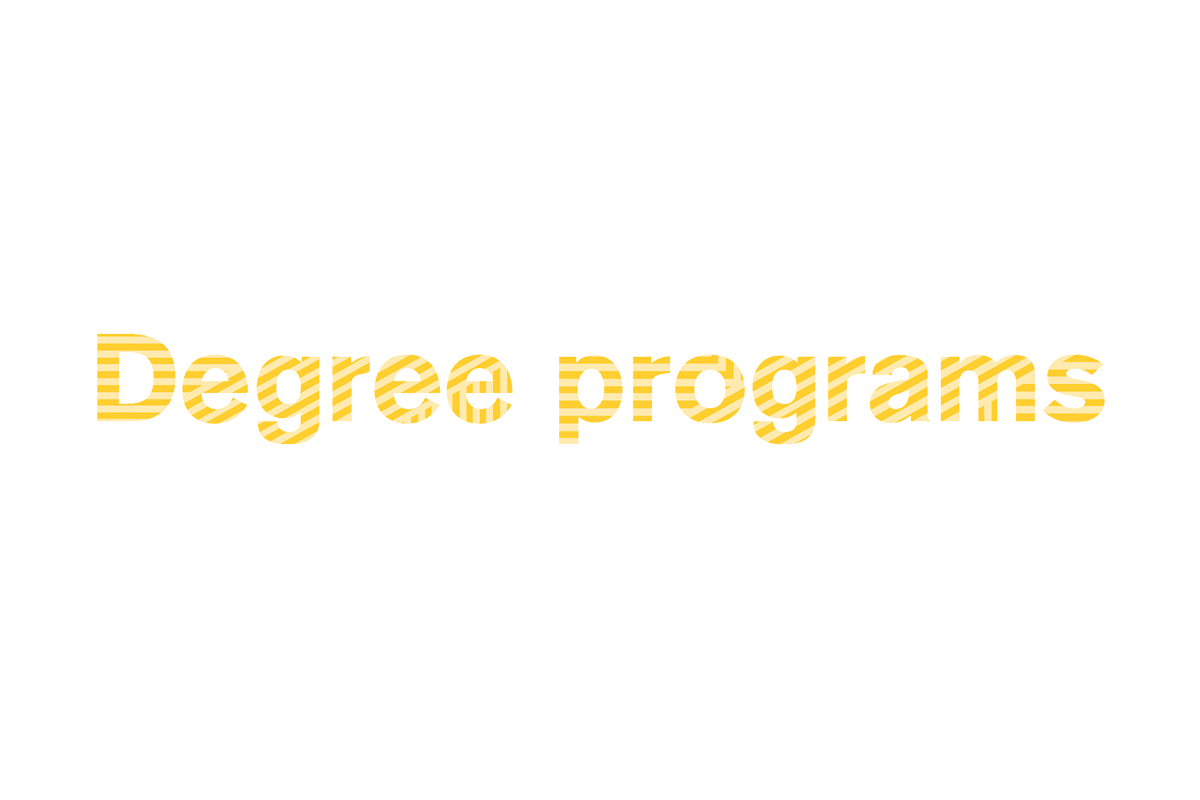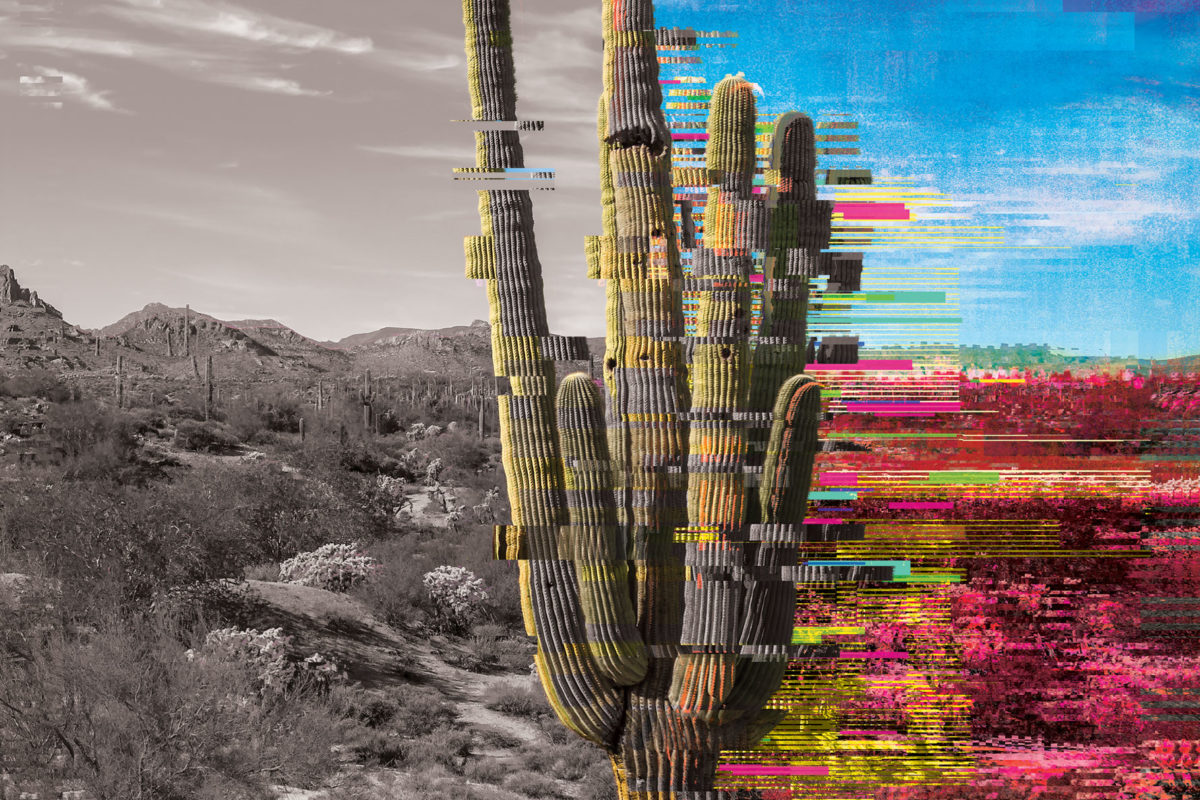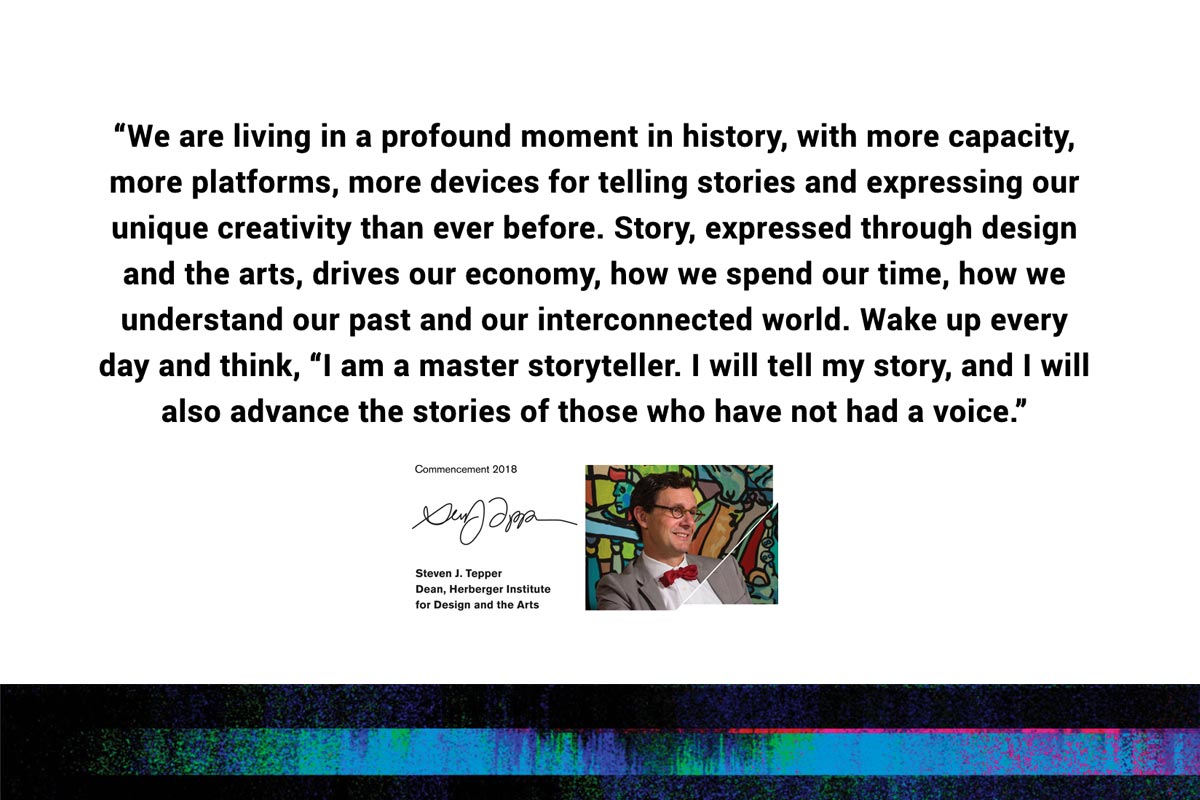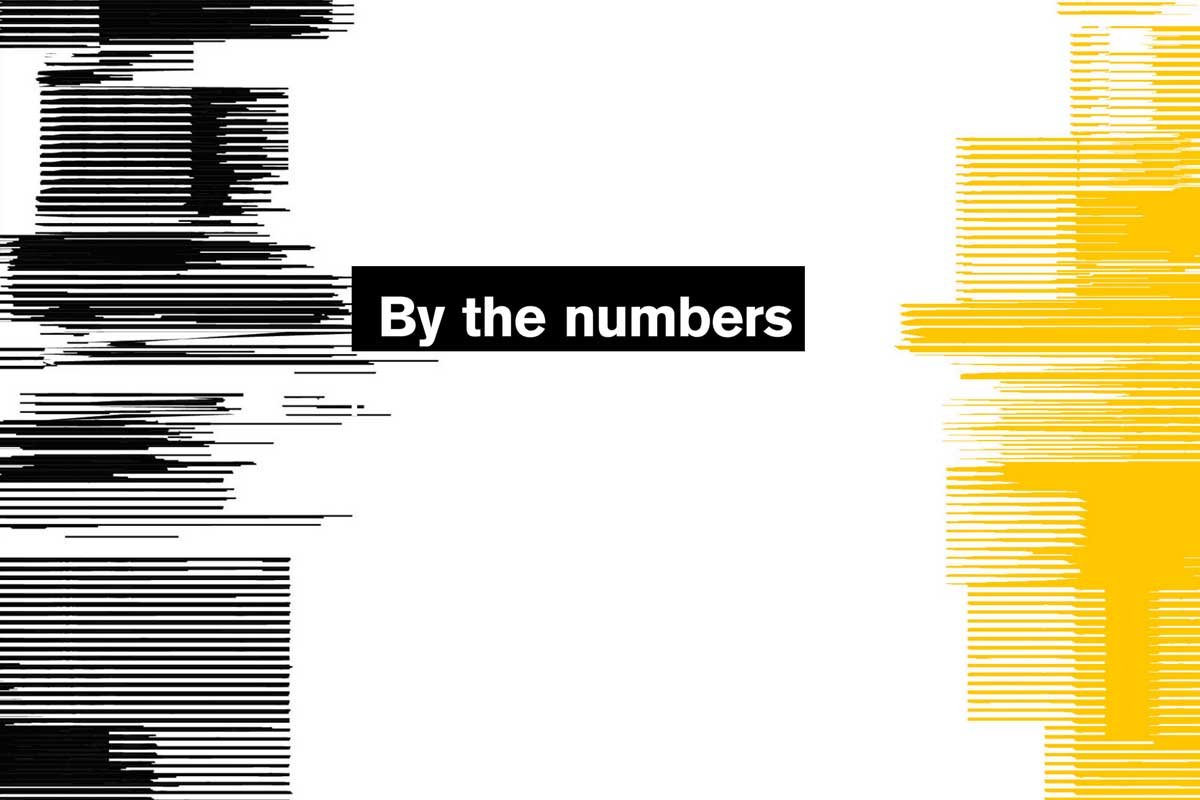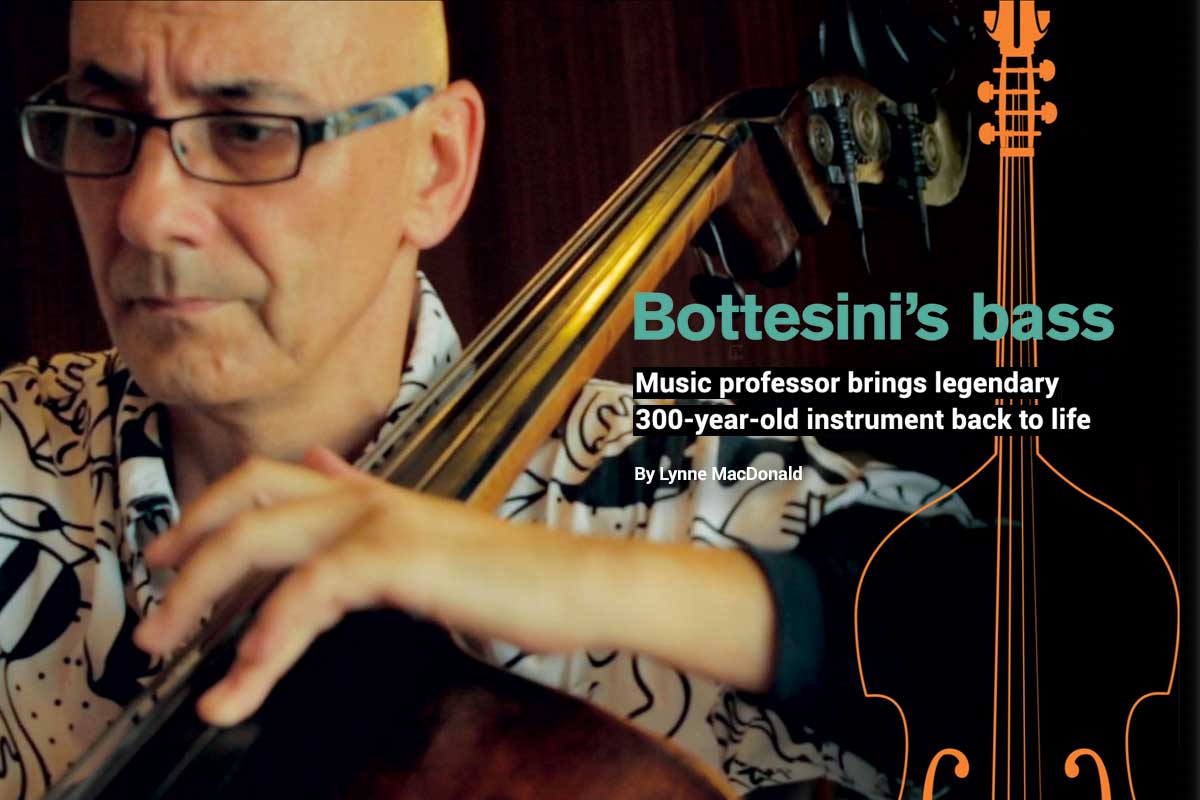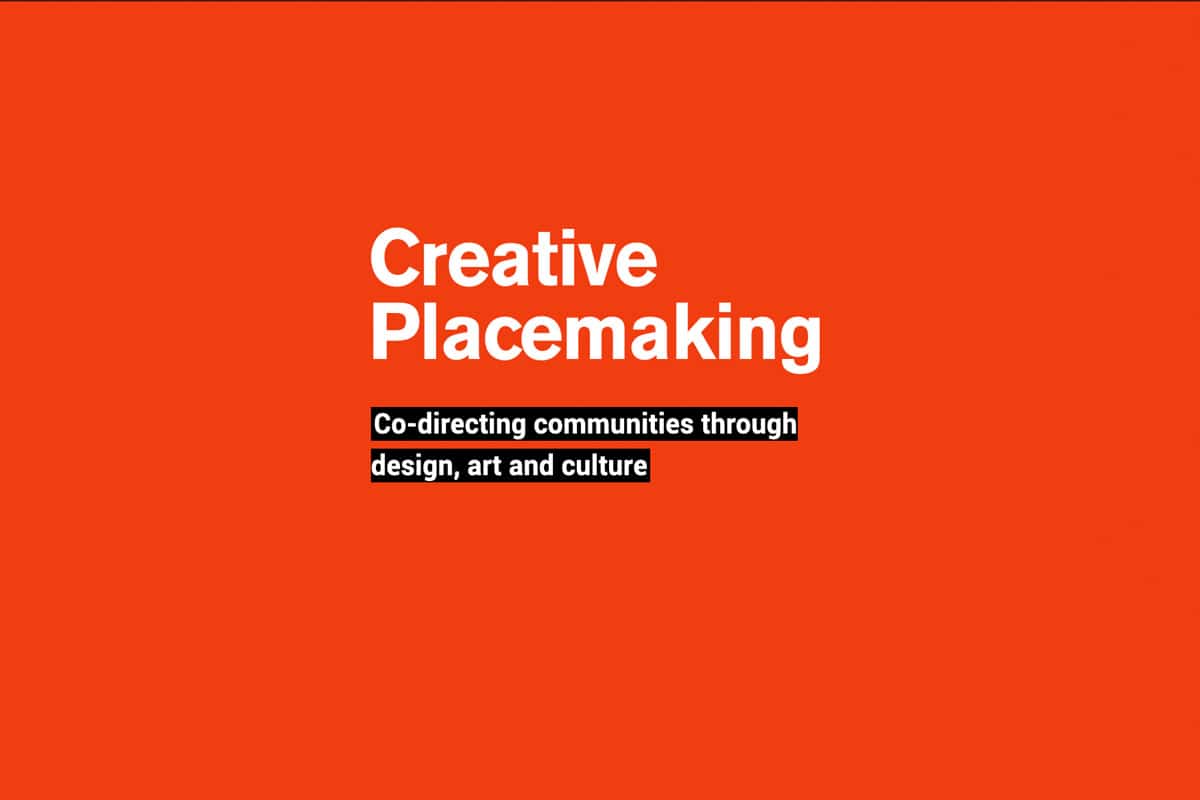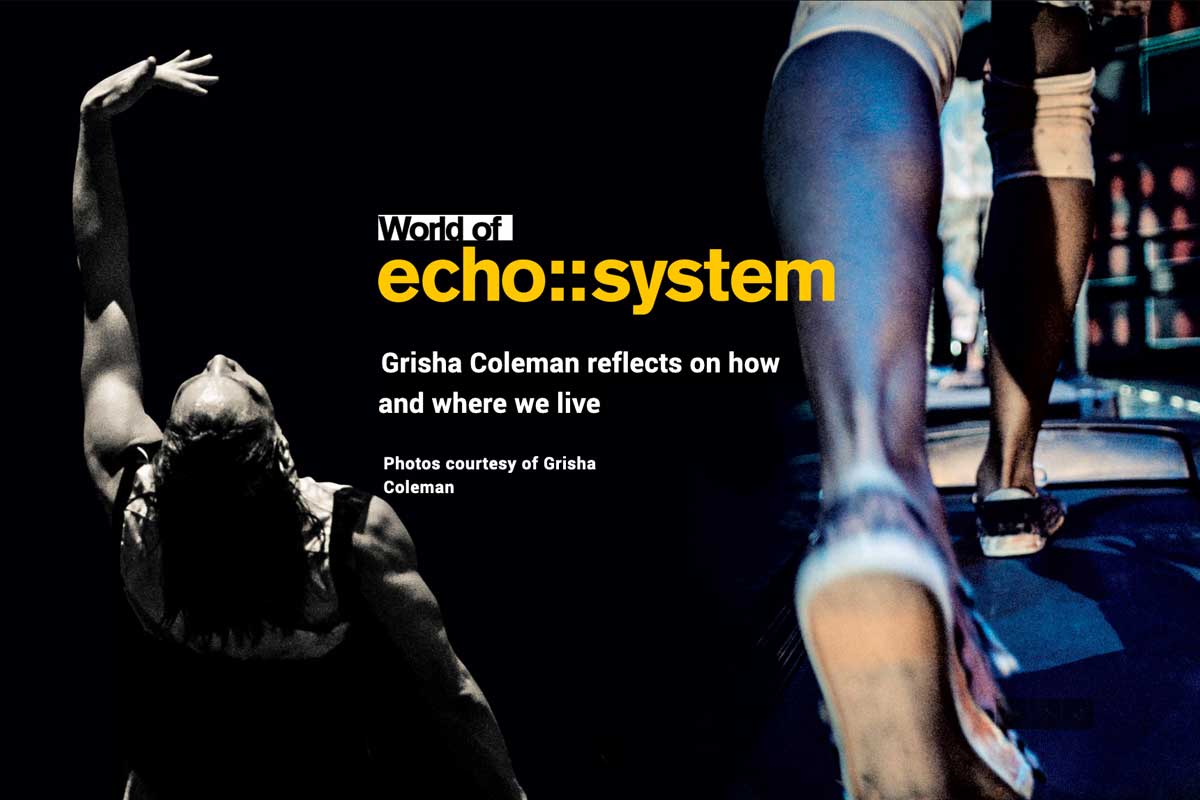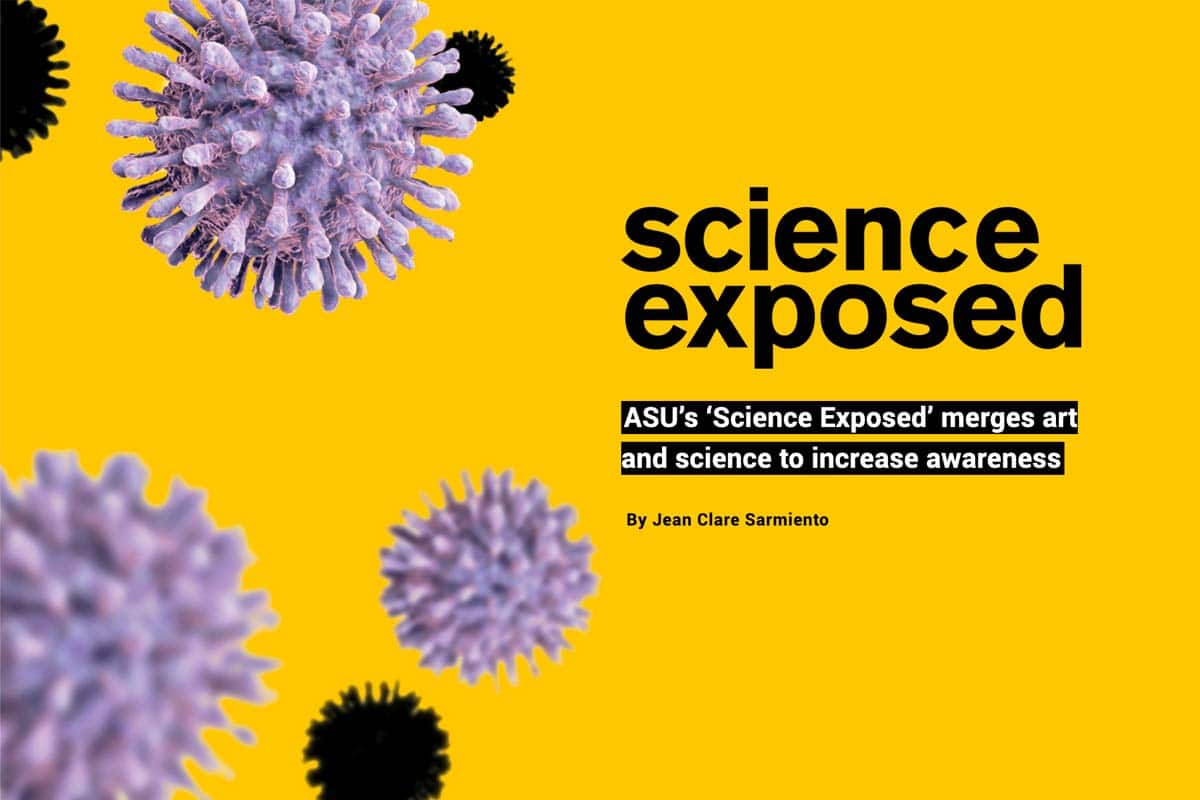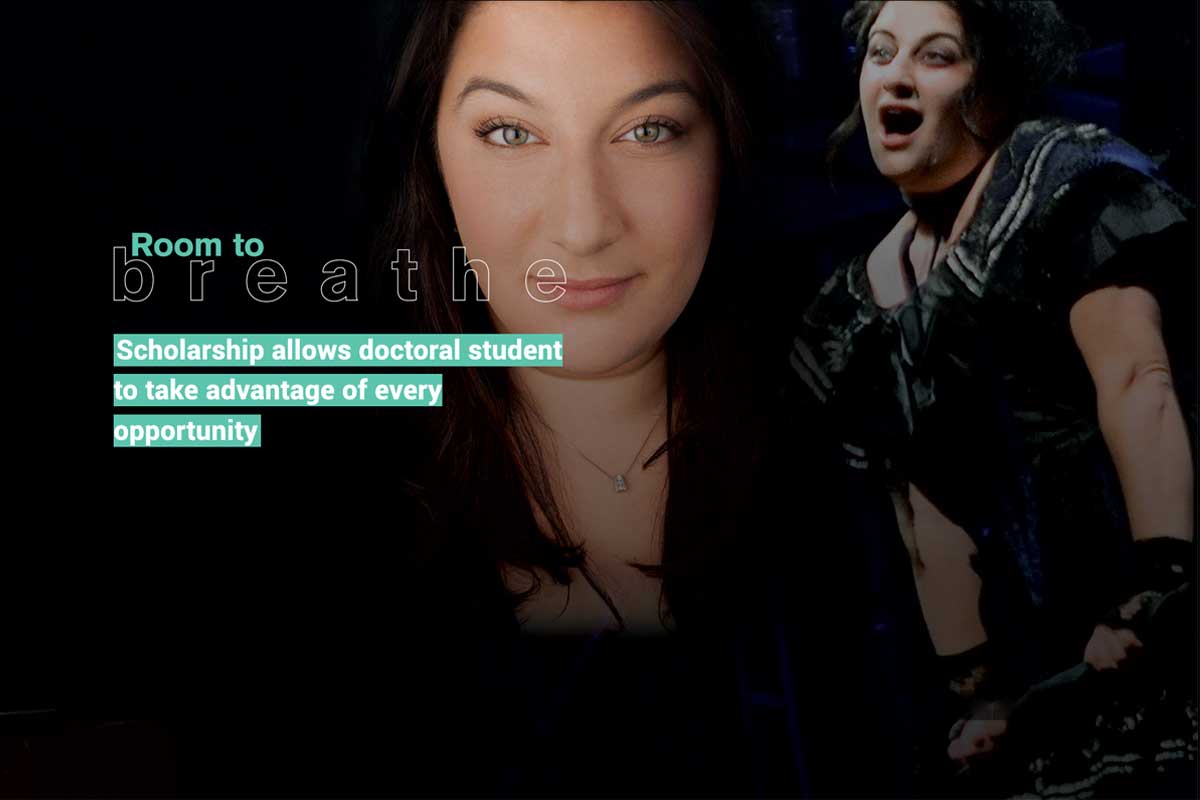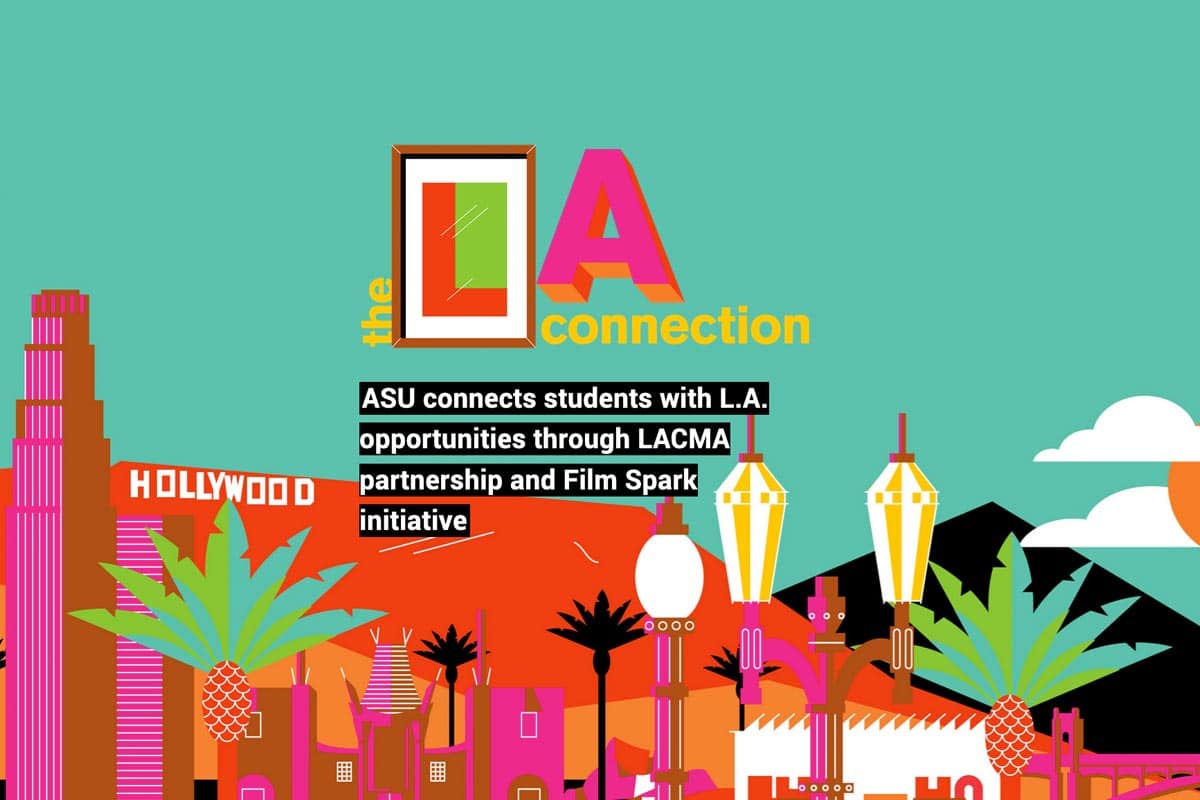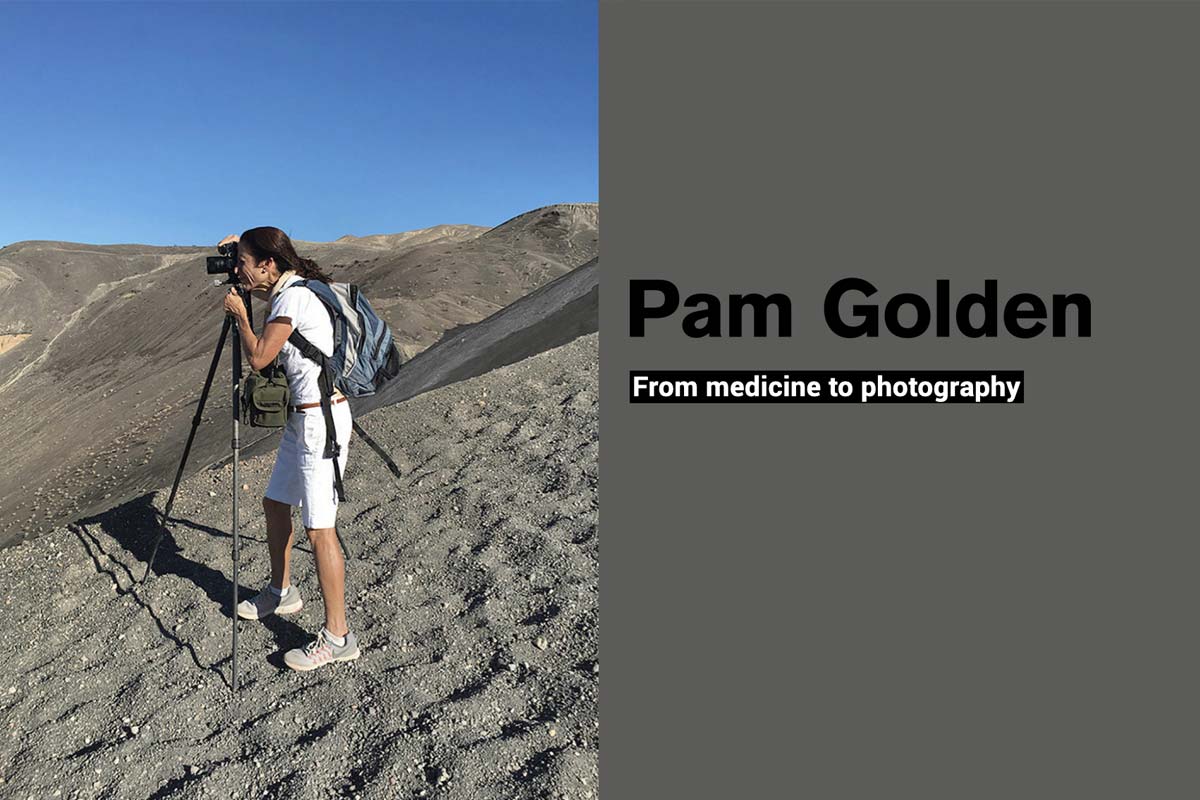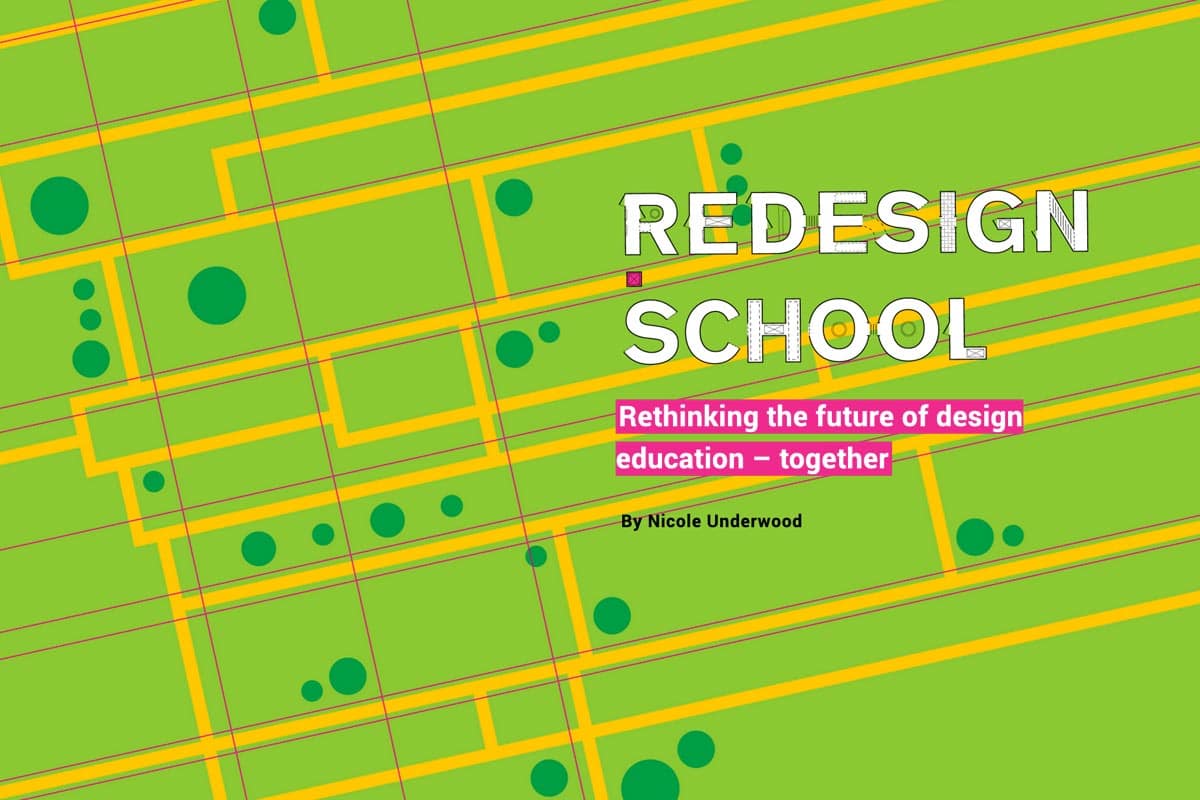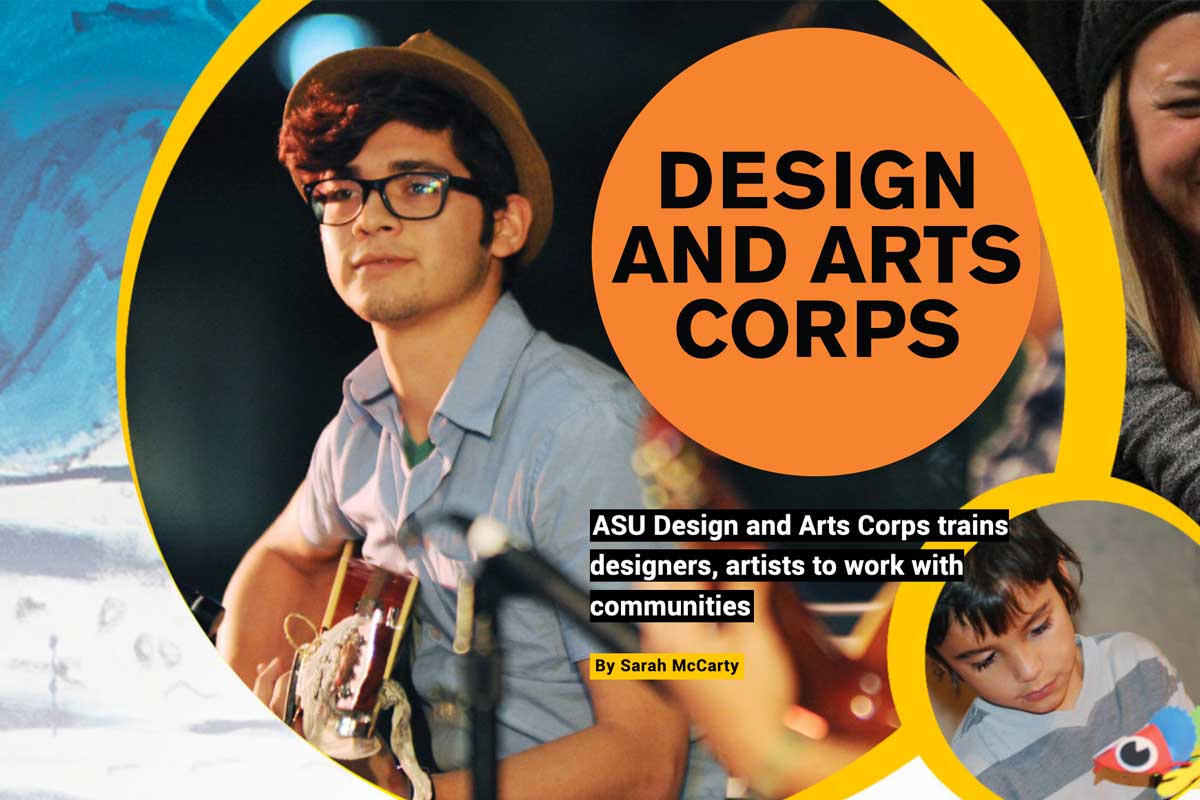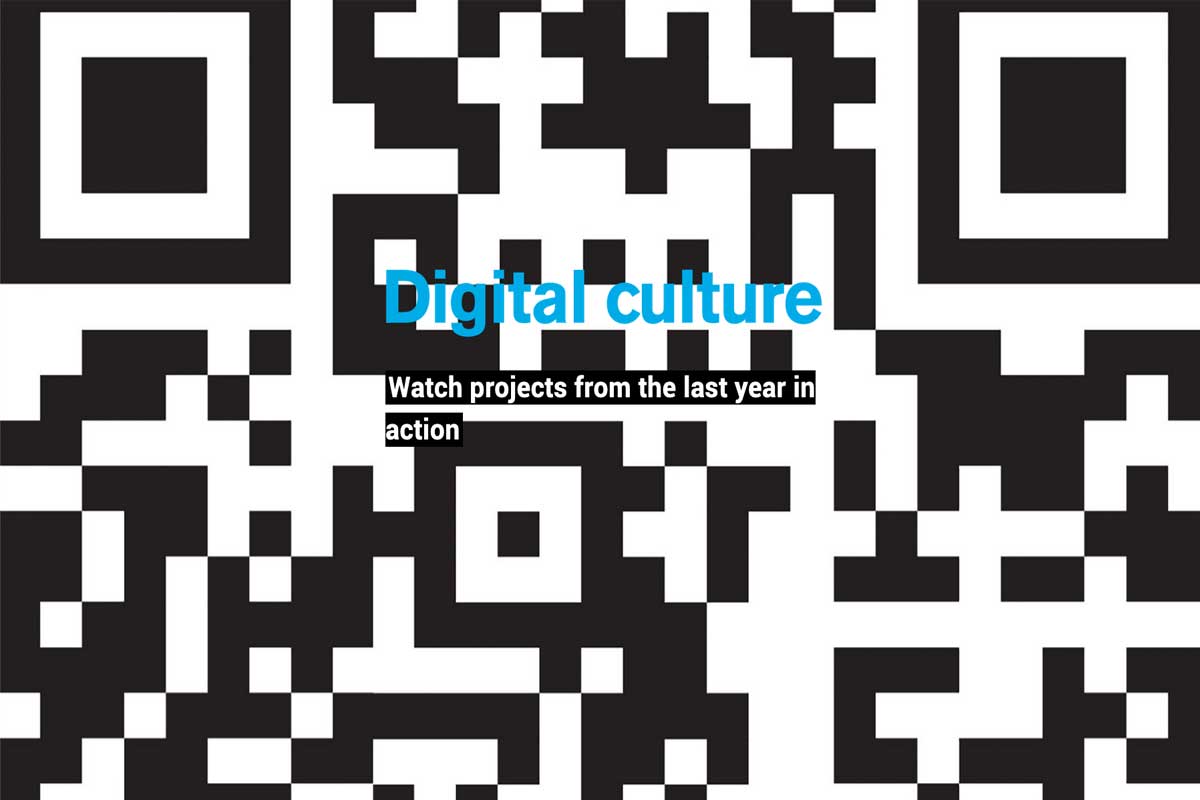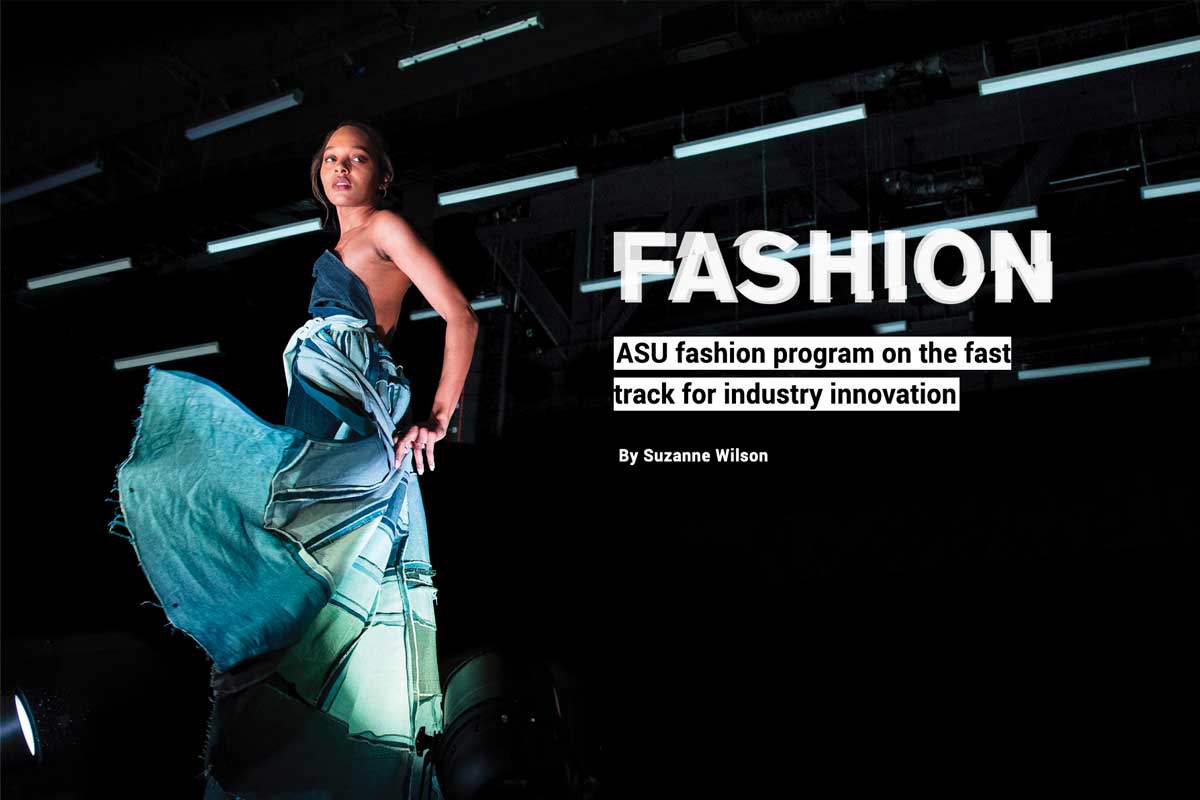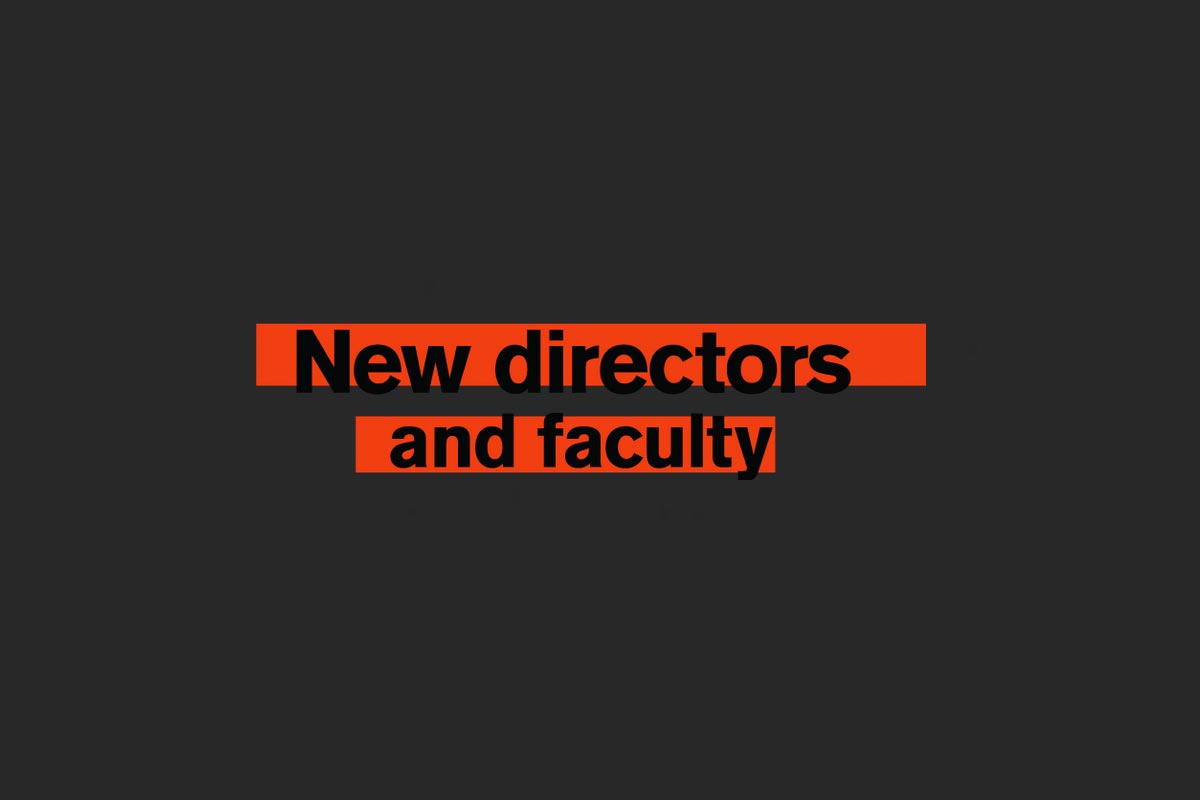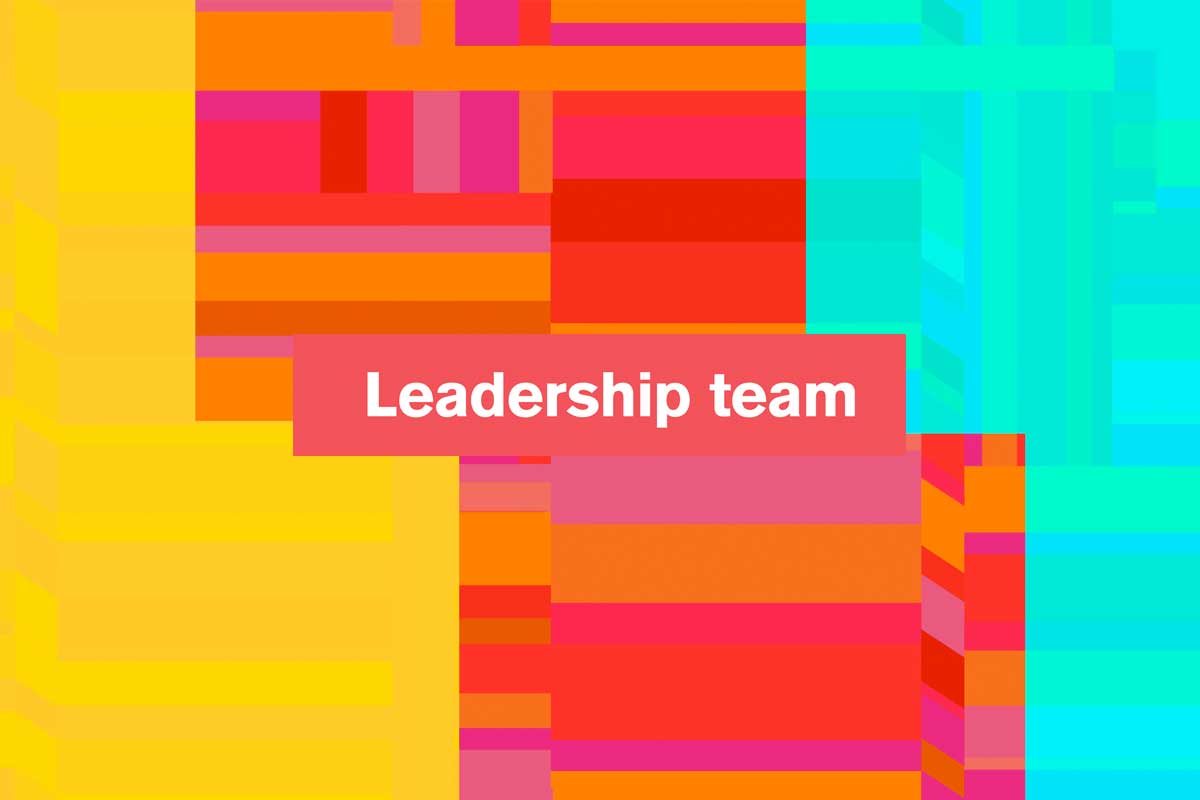In addition to supporting the post-graduate fellows, Projecting All Voices also supports events and visiting artists throughout the year.
Last summer, Projecting All Voices brought the groundbreaking performance ensemble Urban Bush Women to ASU. Urban Bush Women held its Summer Leadership Institute at the School of Film, Dance and Theatre.
In the spring, more than 30 scholars from ASU and around the country gathered at ASU for the Black Performance Theory Colloquium, a collective of scholars working on the theory, history and practice of African Diasporic expressive cultures. The event was organized by School of Arts, Media and Engineering Associate Professor Grisha Coleman, School of Social Transformation Associate Professor Marlon M. Bailey and School of Film, Dance and Theatre Assistant Professor Marcus White, in collaboration with Thomas DeFrantz [Duke University], and hosted by the Herberger Institute with support from the Projecting All Voices initiative. The event is also supported by the Vice Provost for Inclusion and Community Engagement. This year’s Black Performance Theory convening explored “Borders of Blackness” and provided an unbounded look at performative commonalities and divergences of the African Diaspora in music, dance, feminist strategies, spirituality, oratory, performance art, architecture and public space theory, racial formation, theatre, historiography, spoken word, queer cultures and more.
Projecting All Voices funds also helped support a fashion show as part of an immersive experience. ASU Gammage commissioned a play called “Native Nation,” by Larissa FastHorse, which was presented by partner Cornerstone Theater Company. They collaborated with local indigenous communities to create the play, which tells the stories of several indigenous people. The play was just one part of the full experience, which included a marketplace, cultural performance and community gathering at Steele Indian School Park in Phoenix. The immersive event also included a fashion show featuring the work of School of Art fashion students.
Film Spark, in the School of Film, Dance and Theatre, often centers its programming around the idea of highlighting underrepresented voices in film. This year, Film Spark partnered with the ASU 365 Community Union on several of its free film screenings at Sun Devil Stadium, including a special screening of the Oscar-winning film “Spider-Man: Into the Spider-Verse.” Film Spark, with the help of Marvel Studios, Sony Pictures Animation and ASU alumnus Michael Helfant, arranged for two Film, Dance and Theatre students to interview the movie’s directors, and a recording of the interview aired before the film at the stadium. Directors Peter Ramsey, Bob Persichetti and Rodney Rothman, who have been praised for their fresh vision of a different Spider-Man universe, discussed inclusivity and the importance it had on the film, which inspired the #AnyoneCanWearTheMask hashtag. Attendees at the ASU screening received Spider-Man masks to put on when prompted by the directors at the end of the video.
Also this spring, Narcissister, a Brooklyn based artist and performer, visited ASU for an appearance that was supported by Projecting All Voices. Narcissister works at the intersection of dance, art and activism in a range of media including film, video art and experimental music and has presented work worldwide at festivals, nightclubs, museums and galleries. She often explores female sexuality in her work. Narcissister’s performance at Grant Street Studios in downtown Phoenix and the talk the following day on ASU’s Tempe campus addressed issues around sex, gender, race, representation and human connection. The visit was also supported by Representation Lab, a project School of Art Associate Professor Liz Cohen is piloting to empower students with storytelling and narrative generation skills that can apply to professions in areas such as art, public policy, business and more.
The goal of Projecting All Voices is to support greater equity and inclusion in design and the arts — through events, visiting artists and fellows — not just at ASU but in higher education generally, as well as beyond campus. Conversations begun during Projecting All Voices fellowships echo beyond the one year period: Joel Thompson, one of the inaugural fellows, is returning to campus in October as part of the ASU Gammage Beyond series, and Yvonne Montoya, also a 2017-18 Projecting All Voices fellow, received a grant from the National Association of Latino Arts and Cultures for the second iteration of Dance in the Desert, an annual convening for Arizona-based Latinx dance artists that she started while at ASU.
“I think we have the population to support work that’s created by Latin American or Latinx dance makers,” said Montoya, “and I think this is a pivotal moment to come together, share social capital and move forward.”



